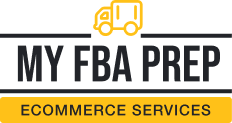Fulfillment and Logistics

Launching a consumer product brand is an exciting journey—but scaling production can quickly become one of your biggest hurdles. For early-stage brands, the cost of building a manufacturing facility, buying equipment, and hiring staff is often out of reach. That’s where co-packing services for startups come in. A good co-packer (short for “contract packager”) allows...
By Tom Wicky on July 03, 2025

As brands grow from concept to shelf, one of the most important decisions they face is how to produce their product at scale. Two common options are co-packing and contract manufacturing—terms that are often used interchangeably, but actually represent different types of partnerships. Understanding the distinction between co-packing vs contract manufacturing is essential for choosing...
By Tom Wicky on July 01, 2025

In the competitive world of beverage production, getting your product from concept to customer requires more than just a great idea and a killer recipe. One of the most critical steps in scaling your beverage brand is partnering with the right co-packer. A beverage co-packer (contract packager) helps brands produce, bottle, can, label, and prepare...
By Tom Wicky on June 26, 2025
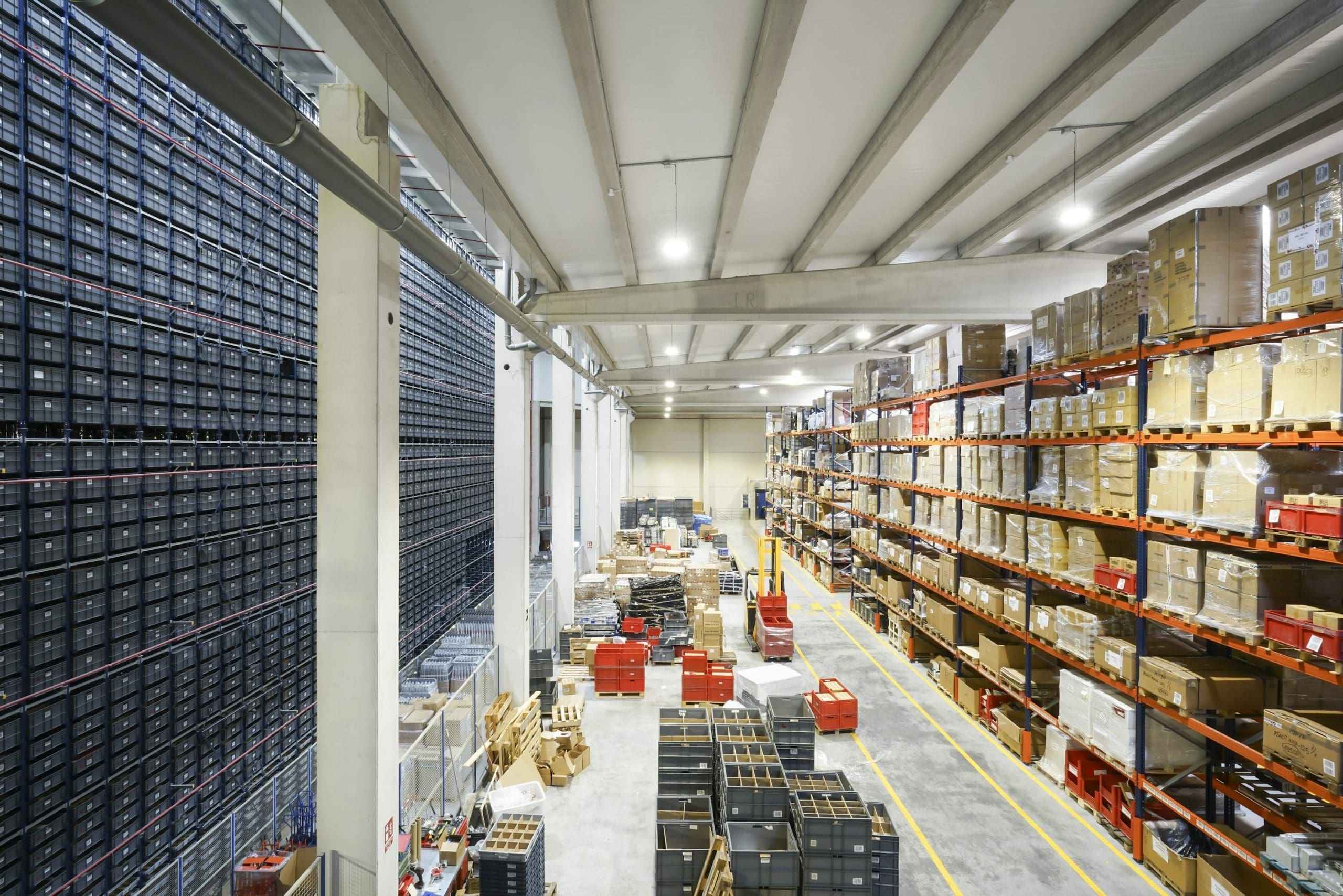
Every brand dreams of owning the customer journey from click to doorstep—but at scale, that dream can become a logistical nightmare. Fulfillment isn’t just a backend function anymore—it’s where customer experience, brand trust, and margin converge. When you’re scaling from thousands to tens of thousands of orders, your fulfillment stack either becomes your flywheel or...
By Tom Wicky on June 19, 2025

I’ve seen packaging make or break brands. Not just the aesthetics, but also the boring stuff like logistics. In this world, packaging is more than a box. It’s infrastructure. When I started working with fast-growing brands, I quickly learned that packaging touches everything: your unit economics, fulfillment throughput, conversion rates, and even how buyers judge...
By Tom Wicky on June 17, 2025
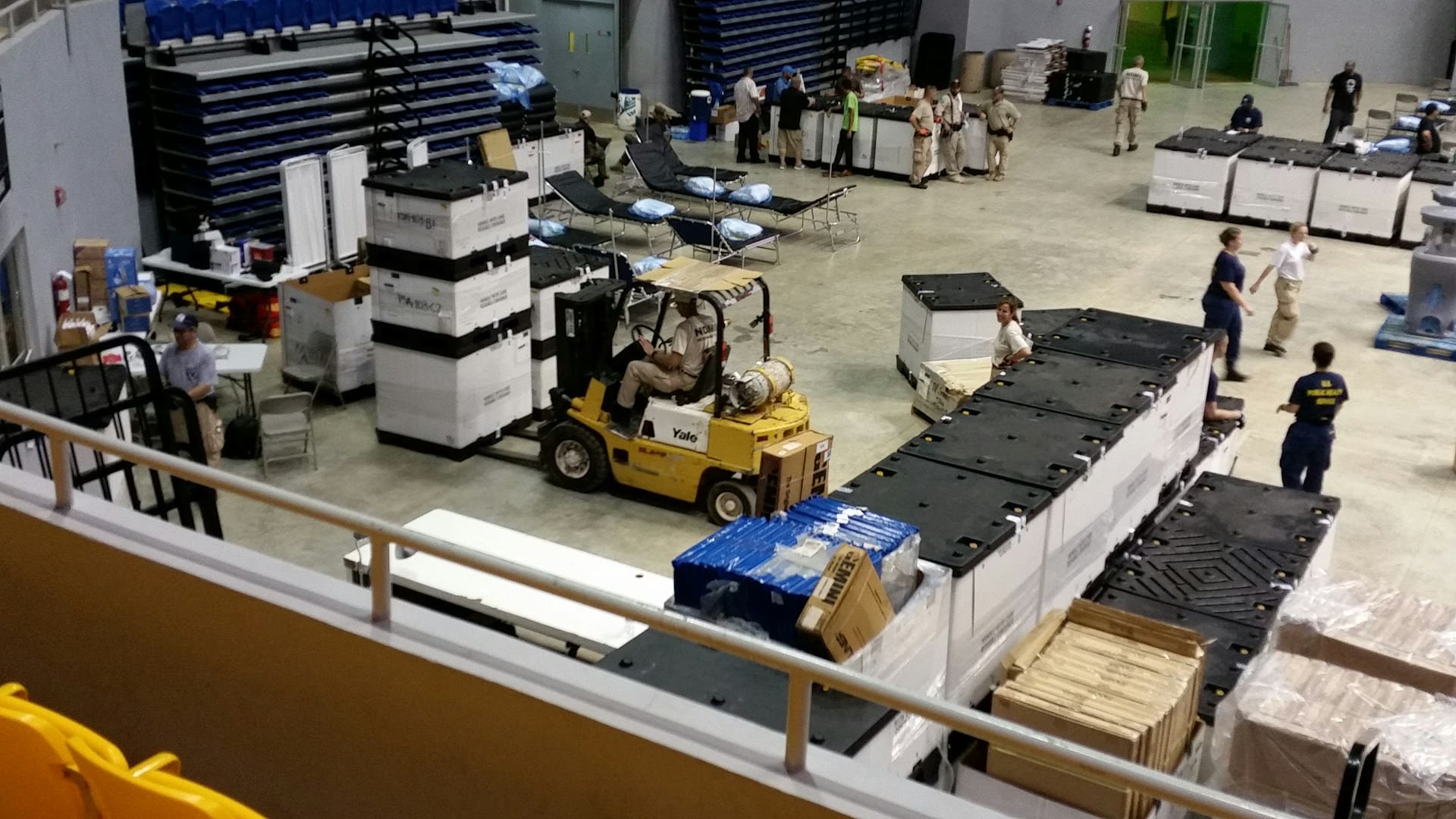
For direct-to-consumer (DTC) brands, your fulfillment partner is your final handshake with the customer. Whether you’re shipping skincare, supplements, apparel, or home goods, delays, inaccuracies, or poor packaging destroy LTV and kill CAC efficiency. Choosing the right DTC fulfillment center isn’t just an ops decision — it’s a growth decision. Here’s how to vet partners,...
By Tom Wicky on June 12, 2025

As a DTC brand, your success hinges on more than killer marketing and product-market fit. Behind every Instagram ad, every Shopify cart, and every customer unboxing moment is one operational decision that can make—or break—you: your choice of 3PL. When margins are tight, customer expectations sky-high, and growth depends on reliability at scale, the best...
By Tom Wicky on June 05, 2025
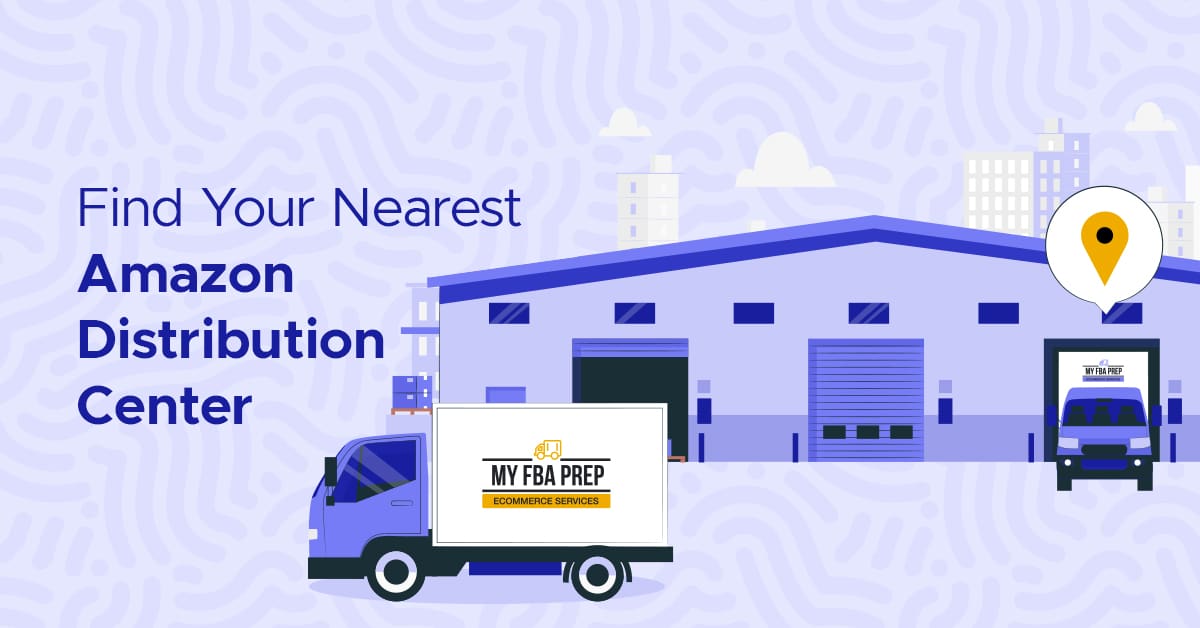
Amazon packages arrive so quickly, it can seem like magic. However, the secret behind that fast pace is fully grounded in reality: Amazon fulfillment centers. These massive warehouses manage the storage, packing, and shipping of millions of products daily. Unlike regular warehouses that simply store goods though, Amazon fulfillment centers use advanced technology and automation...
By Rachel Andrea Go on May 15, 2025
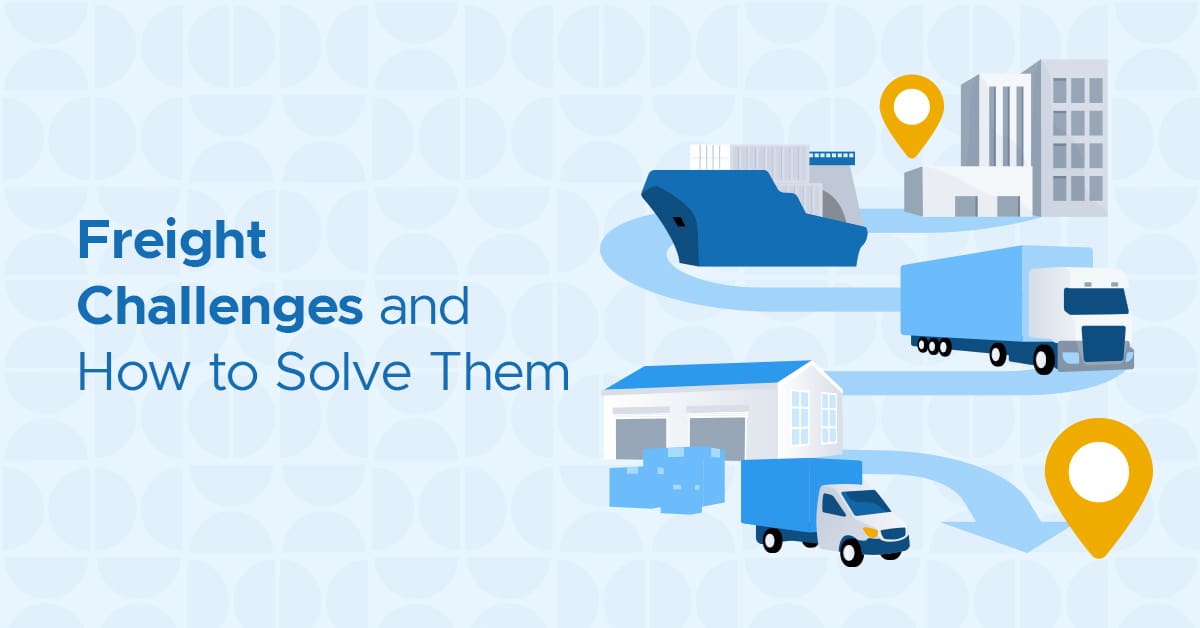
Navigating today’s complex and speedy global marketplaces demands more than good strategy; it requires precise logistics management and the right partners to keep the wheels of your business turning. Often, the debate narrows down to two major players: freight forwarding vs 3PLs (third-party logistics providers). Though they appear similar, their services and benefits cater to...
By Rachel Andrea Go on May 13, 2025
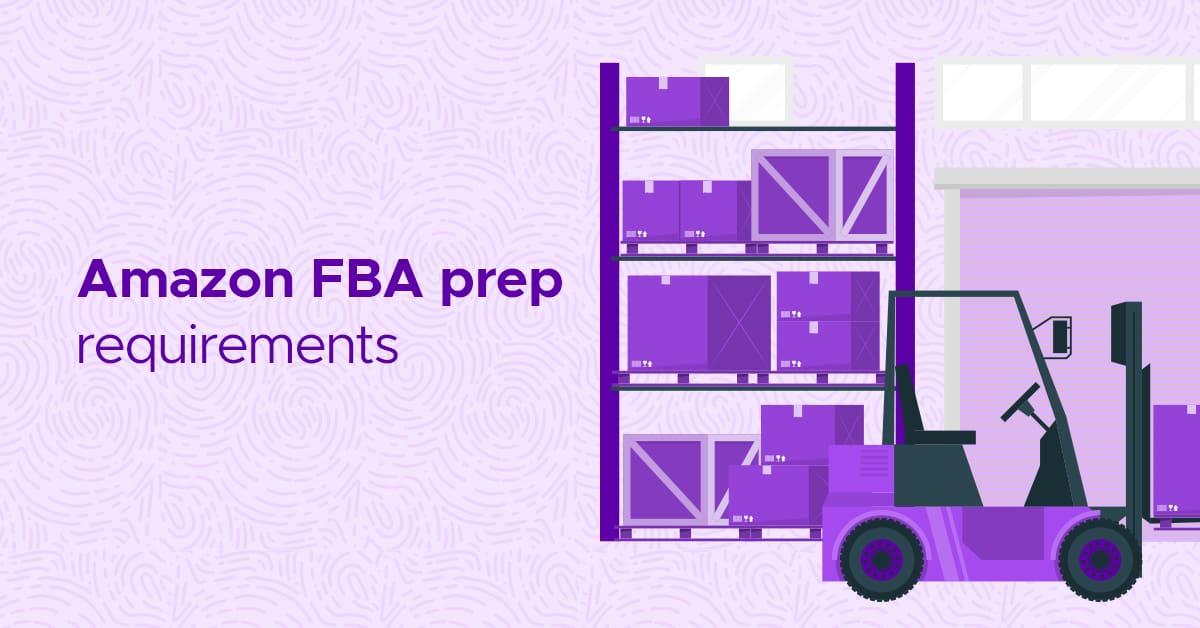
To succeed as a seller in the Fulfillment by Amazon (FBA) program, you must adhere to its stringent guidelines. With standards encompassing everything from packaging and labeling to shipping, your ability to comply spells the difference between seamless operations and costly delays. So, to help you circumvent any issues and reach customers without a hitch,...
By Rachel Andrea Go on May 08, 2025
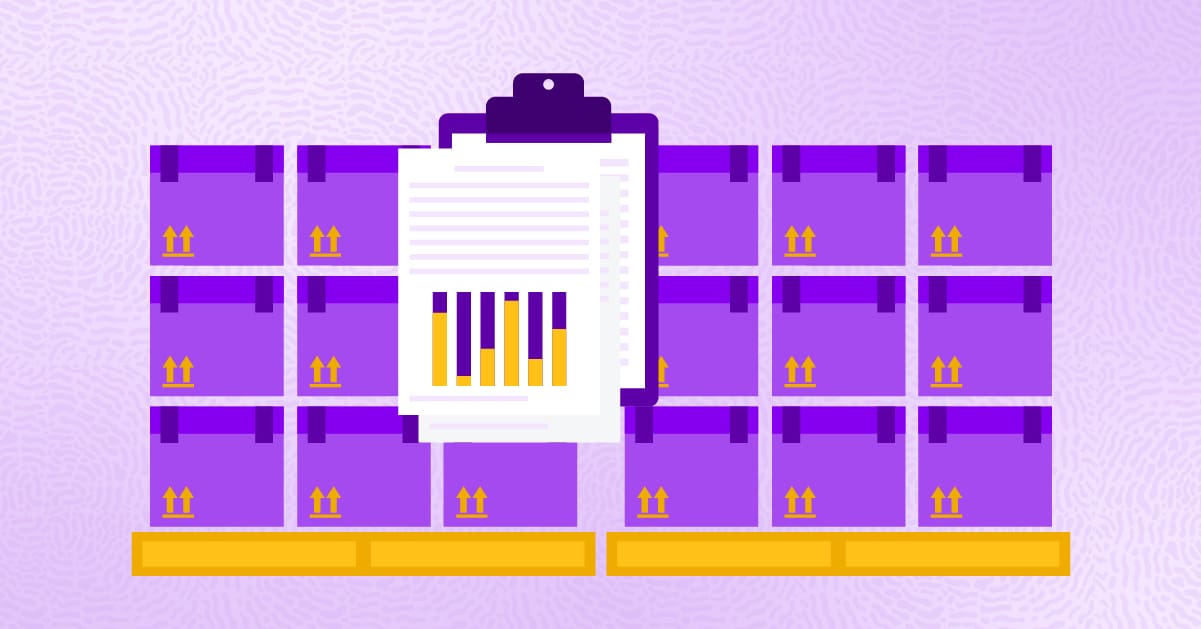
Less than half (43%) of small businesses track their inventory. The tragedy is, failure to monitor stock can result in significant resource waste and missed opportunities. Poor inventory management doesn’t only drain your cash though — it leads to lost sales, frustrated customers, and stock that either sits untouched or sells out too soon, leaving...
By Rachel Andrea Go on May 01, 2025
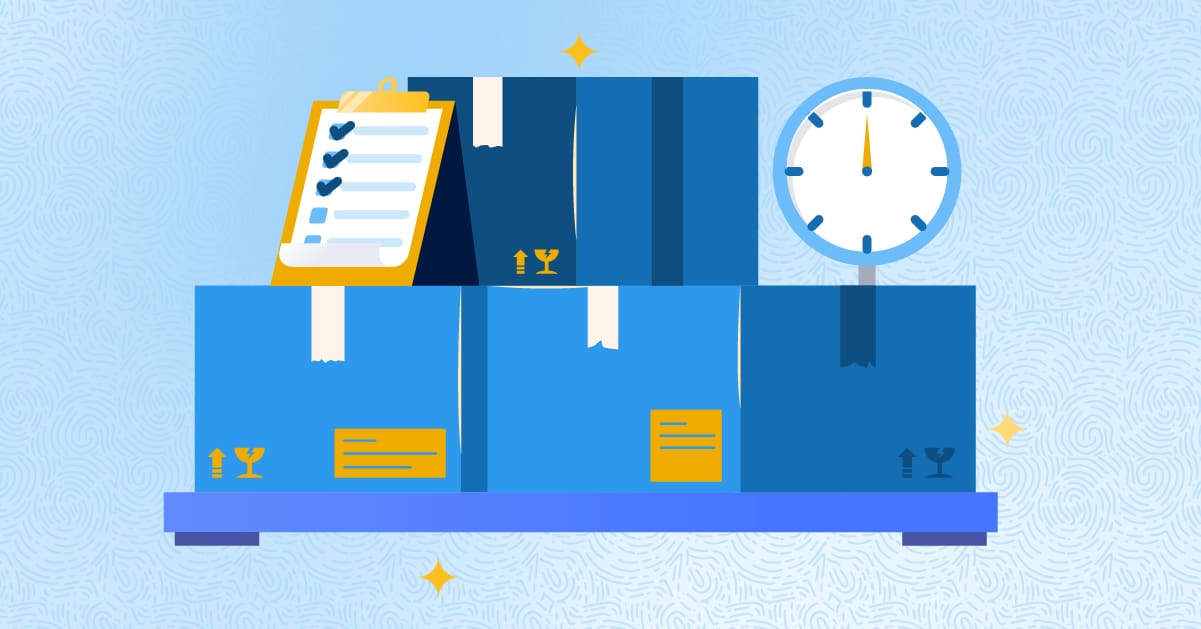
Are you turning your inventory into profit as quickly and efficiently as possible? Managing stock effectively is crucial in an eCommerce business. But it entails more than simply keeping your shelves full; it’s also about converting products into revenue without letting excess inventory drag down profits. The key is to understand your inventory turnover. This...
By Rachel Andrea Go on April 29, 2025

This is a guest post from VisAI Labs, which provides packaging station monitoring tools that can automatically log state of packages, dimensions, and more during the pick/pack/ship process. A customer opens their package expecting everything to be perfect, only to realize a key item is missing. Frustrated, they contact support, and your team or 3PL...
By Guest on April 24, 2025
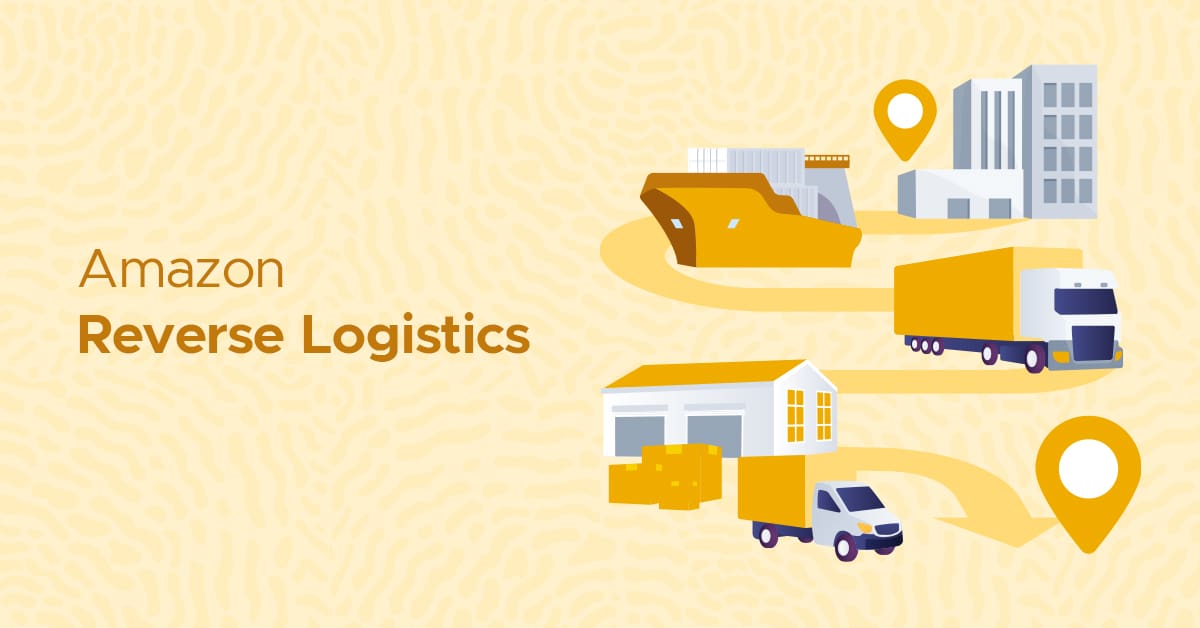
An unavoidable aspect of selling on Amazon is accepting returns, usually within 30 days of a customer purchasing a product. As an Amazon seller, you have to match or exceed the platform’s return policy, which means accepting no-fault returns and establishing robust reverse logistics. While participating in FBA can take much of the hassle of...
By Brandy Cross on April 15, 2025

Inventory management might not be the most exciting aspect of running a business, but it’s one of the most important. Your products are the backbone of your business, so managing them effectively can mean the difference between making a profit or losing money to waste, storage expenses, and other inefficiencies. A solid inventory strategy helps...
By Rachel Andrea Go on April 08, 2025
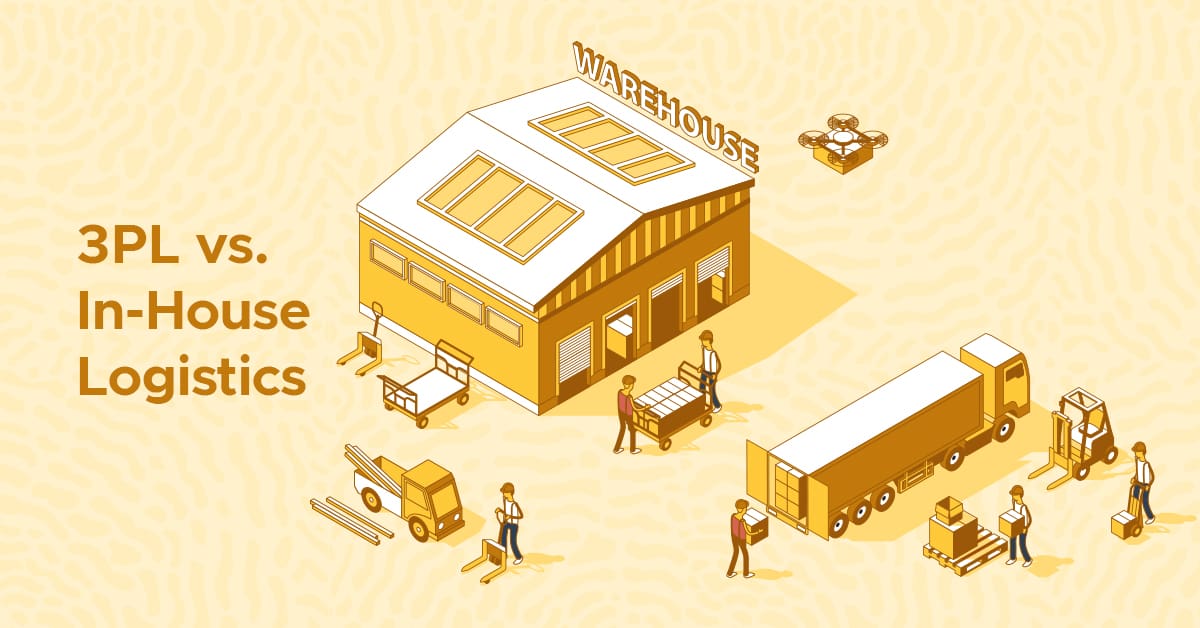
Logistics is the final step in the fulfillment process, and they can make or break your business. Customers may love your product, but if it arrives late, damaged, or is lost in transit, the buyer experience immediately suffers. Worse, it can lead to negative reviews and profit loss. More than simply moving goods, logistics ensure...
By Rachel Andrea Go on April 03, 2025
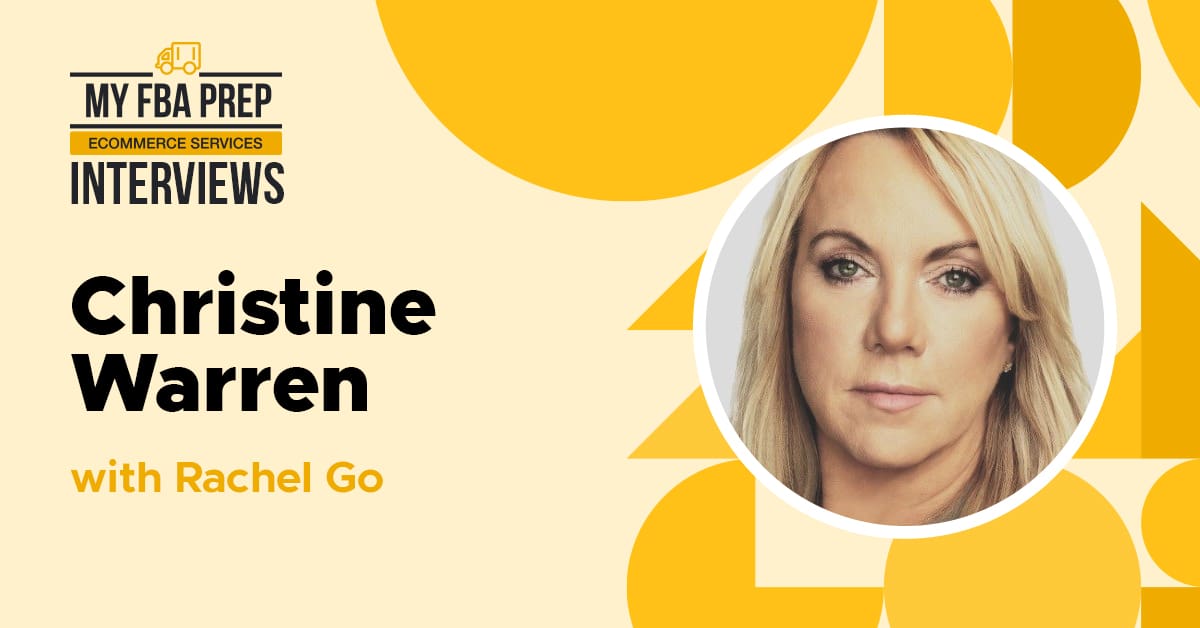
Christine Warren is an executive leader in logistics operations, account management, and client success. Tune into this MyFBAPrep interview to learn key shipping strategies, how to think about logistics, 3PL mistakes to avoid, what to ask before choosing a fulfillment partner, and much more. Transcript below. Christine’s background Rachel Andrea Go: Thank you, Christine, for...
By Rachel Andrea Go on March 25, 2025

This is a guest post from Joe Henderson. Joe is the senior director of technology alliances at Deposco, an end-to-end WMS, OMS, and planning platform. If you aren’t shipping orders out on time, can’t find inventory where it should be, and the counts are incorrect when you do locate stock, then you need a new...
By Guest on March 11, 2025
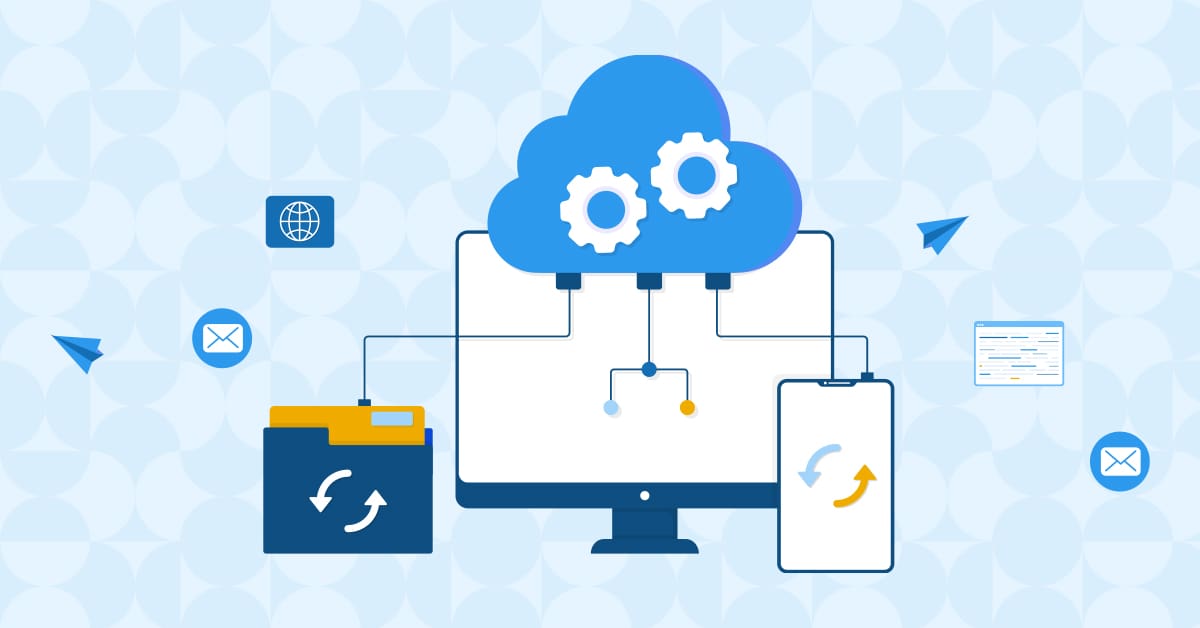
This is a guest post from the Sigma Solve team. Cloud technology has proven to be a miracle worker; whatever industry it touches becomes efficient, productive, and innovative. The logistics sector is one such beneficiary, with predictions saying the global cloud logistics market will grow nearly 14% from 2025 to reach over $46 billion by...
By Guest on February 20, 2025
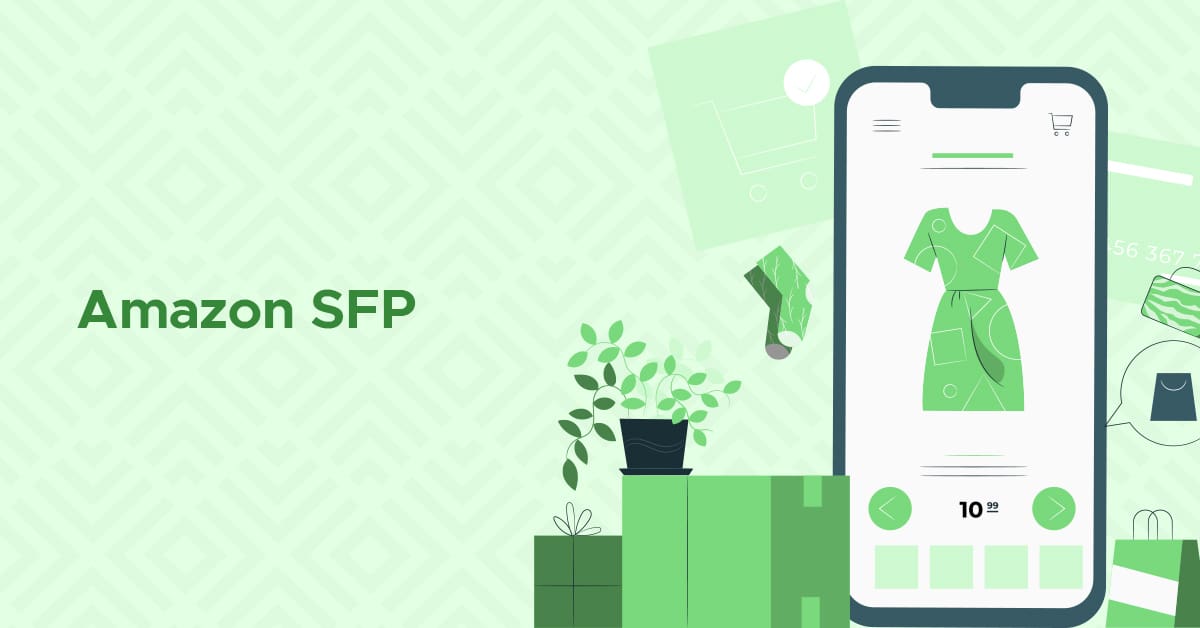
In the extremely competitive world of eCommerce, one key aspect can make or break your business: free and fast shipping. Amazon set the bar high for this offering in part thanks to their Prime program, which enables free same- and two-day delivery. Now, two-day shipping is the standard expectation for online consumers. For third-party sellers,...
By Rachel Andrea Go on January 28, 2025
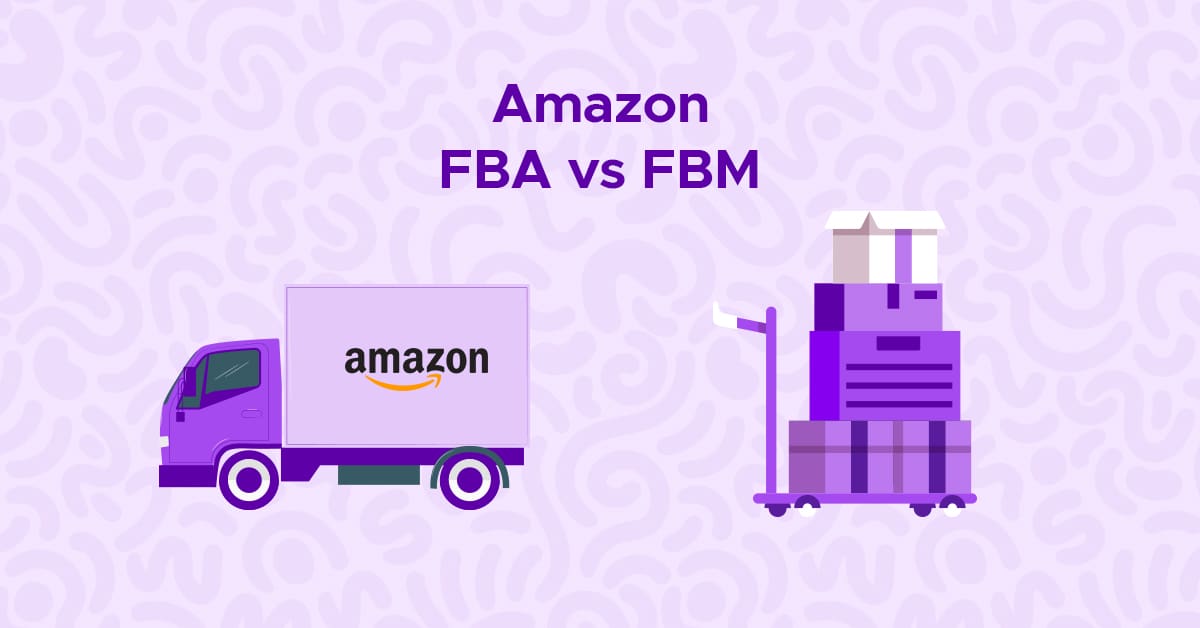
Selling on Amazon gives you access to the eCommerce behemoth’s customer base that spans more than 100 countries and regions. Choosing the right fulfillment strategy (Amazon FBA vs FBM), however, can make or break your efforts on the platform. Your decision between the marketplace’s two programs — Fulfillment by Amazon (FBA) and Fulfilled by Merchant...
By Rachel Andrea Go on January 23, 2025
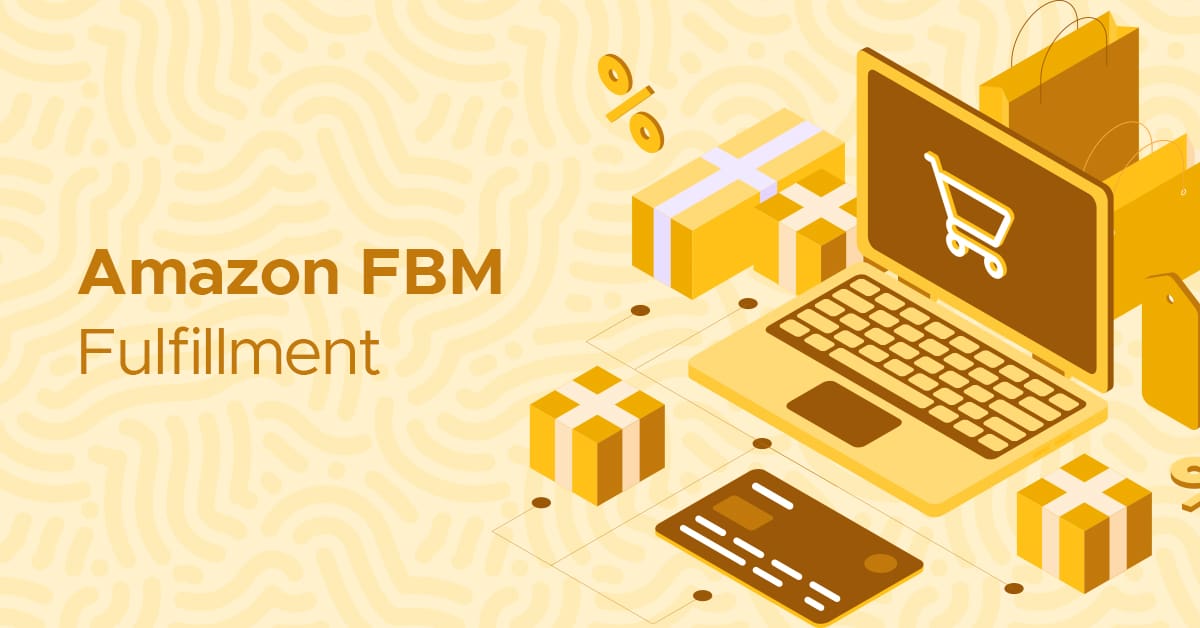
As eCommerce sellers delve into Amazon’s expansive marketplace, they must make an important decision: how to fulfill customer orders. With various options available, understanding which one suits your business model is critical to your success. This leads to the question, what is Amazon FBM fulfillment? To simplify your choice, we’ll explain one of the platform’s...
By Rachel Andrea Go on January 21, 2025
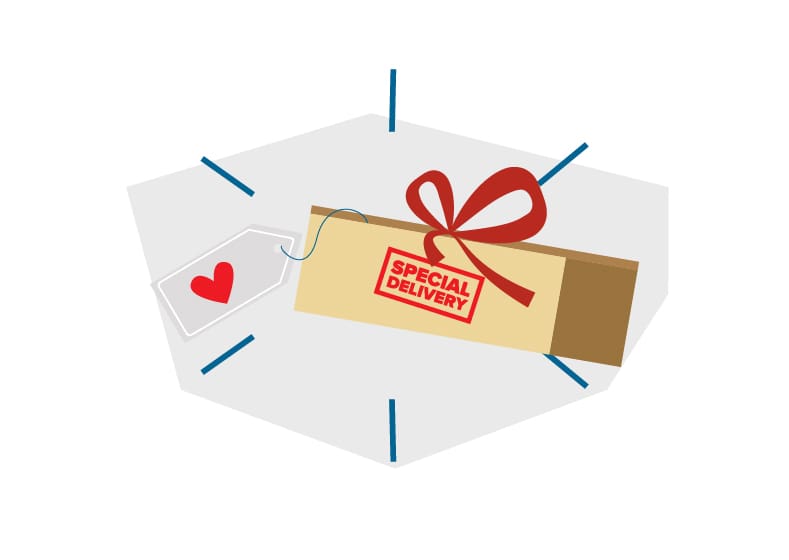
I often get asked for business book recommendations, so I thought I would follow up on my most recent LinkedIn post on hospitality. In the world of business, creating exceptional customer experiences is not just a nice-to-have—it’s the cornerstone of long-term success. My journey in understanding this began long before MyFBAPrep. Growing up in the...
By Tom Wicky on January 15, 2025
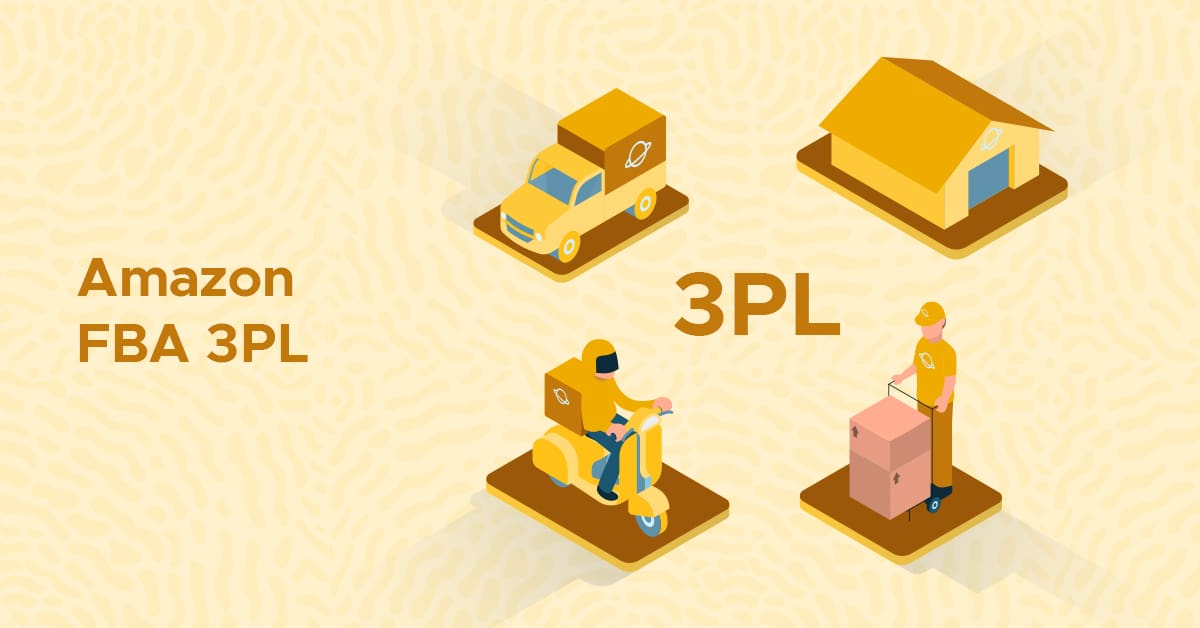
Fulfilled by Amazon (FBA) is an Amazon service that lets third-party sellers use the platform’s own warehousing, fulfillment, and customer service. Through the program, sellers can access two-day shipping and the Prime label for less than the cost of most major carriers. Thanks to these perks, an estimated 94% of Amazon sellers use FBA, but...
By Rachel Andrea Go on January 09, 2025
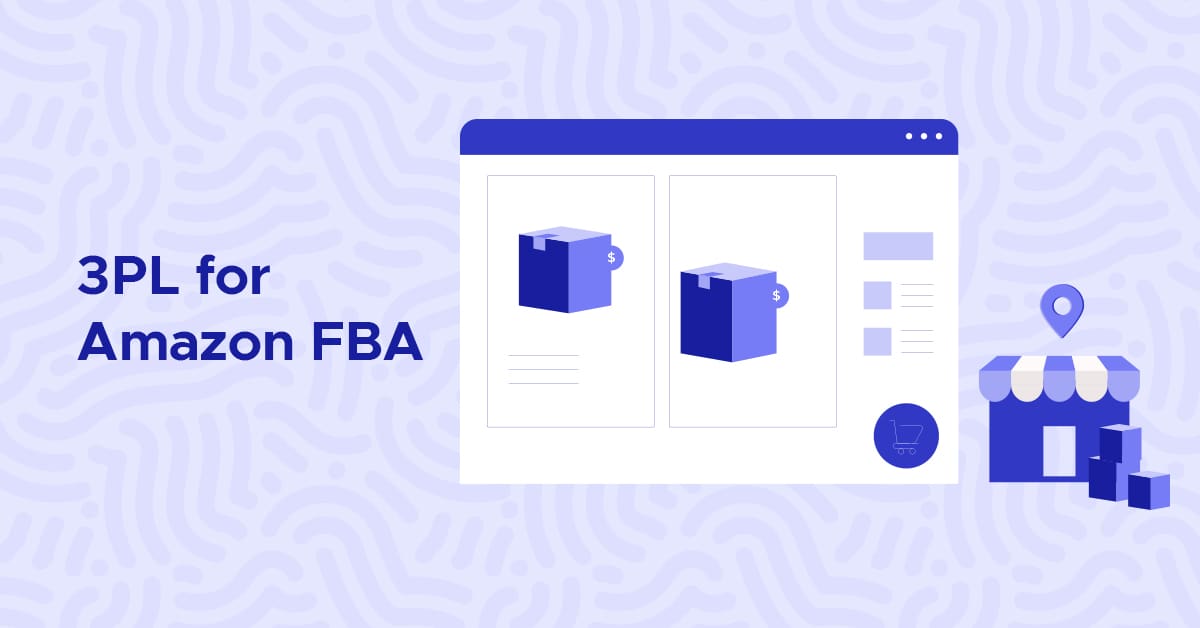
With Fulfilled by Amazon (FBA), vendors can hand off some of the burden of selling to Amazon, which handles warehousing, fulfillment, and customer service for returns in the program. The platform’s fulfillment services also cost less compared to building infrastructure to meet the two-day delivery requirements for the Prime badge, meaning FBA can increase sales...
By Rachel Andrea Go on January 07, 2025
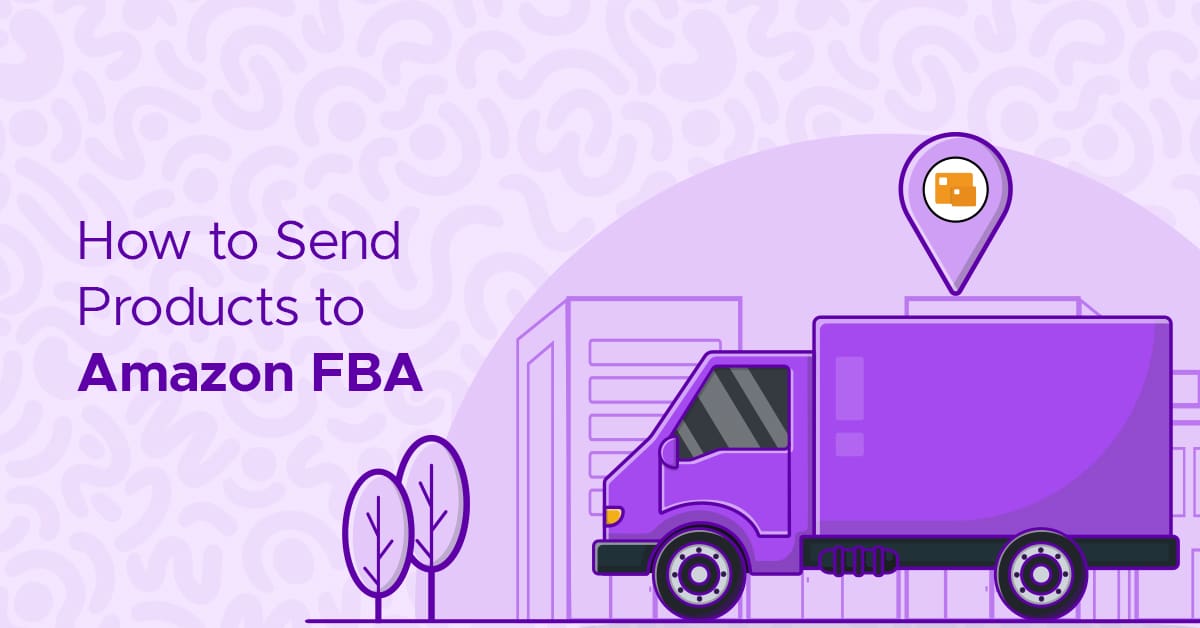
Fulfilled by Amazon (FBA) is one of the most popular fulfillment networks in the world. In fact, an estimated 94% of Amazon sellers participate in the program (although many use a hybrid model and fulfill their orders outside of FBA). It’s an attractive option, as you gain access to Prime, Amazon takes over customer service...
By Brandy Cross on January 02, 2025

In eCommerce shipping, sellers are responsible for maintaining timelines, ensuring package protection throughout the entire delivery, and fighting to keep shipping costs low. However, those who list frozen food must contend with additional concerns as well, such as how to deliver products at the correct temperature. Mailing frozen food brings unique considerations like temperature control,...
By Brandy Cross on December 13, 2024
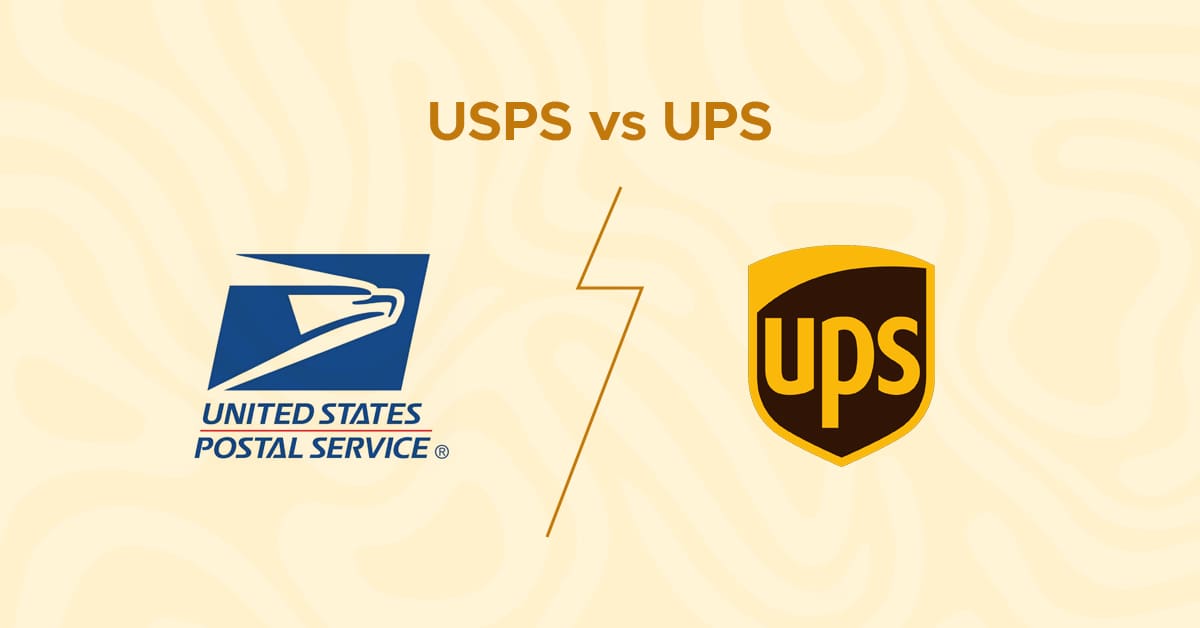
USPS vs UPS? Shipping goods to customers is (hopefully) the final step in an eCommerce supply chain, but with multiple shipping carriers available, it can be difficult to choose one to deliver your orders. UPS (United Parcel Service) and USPS (United States Postal Service) are two of the largest options in the U.S and part...
By Rachel Andrea Go on December 11, 2024
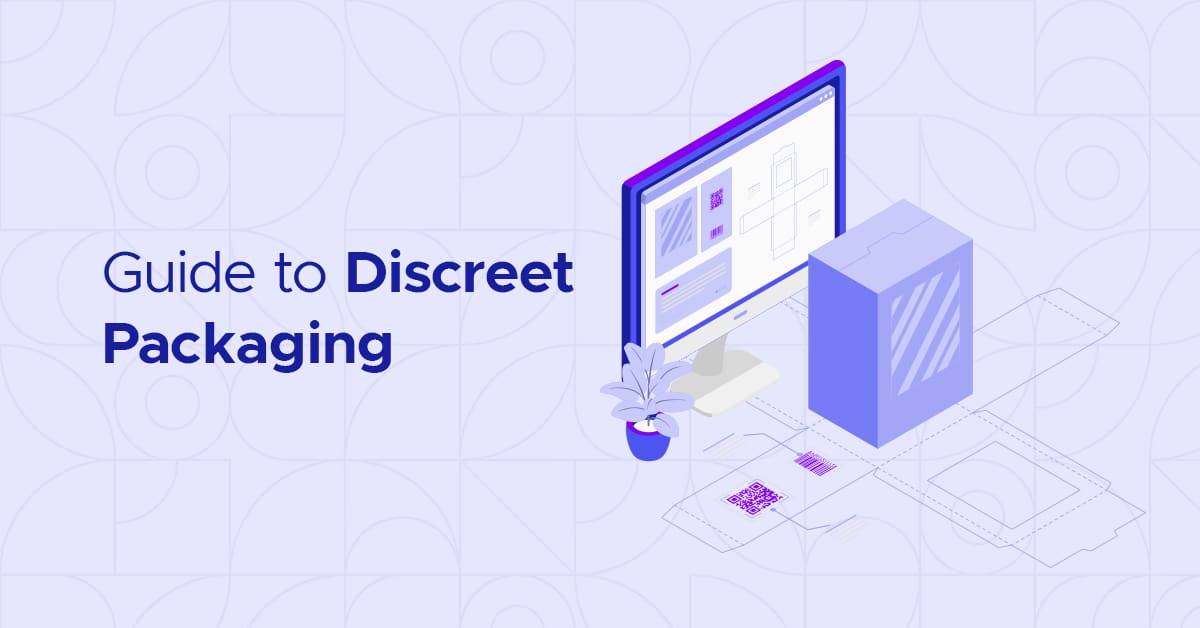
When customers order certain products, they may not want other people to know what they purchased. That could be due to the product’s value, it being sensitive or personal in nature, or the customer bought a gift and doesn’t want someone in their household to know what it is. Whatever the reason to hide a...
By Brandy Cross on December 10, 2024
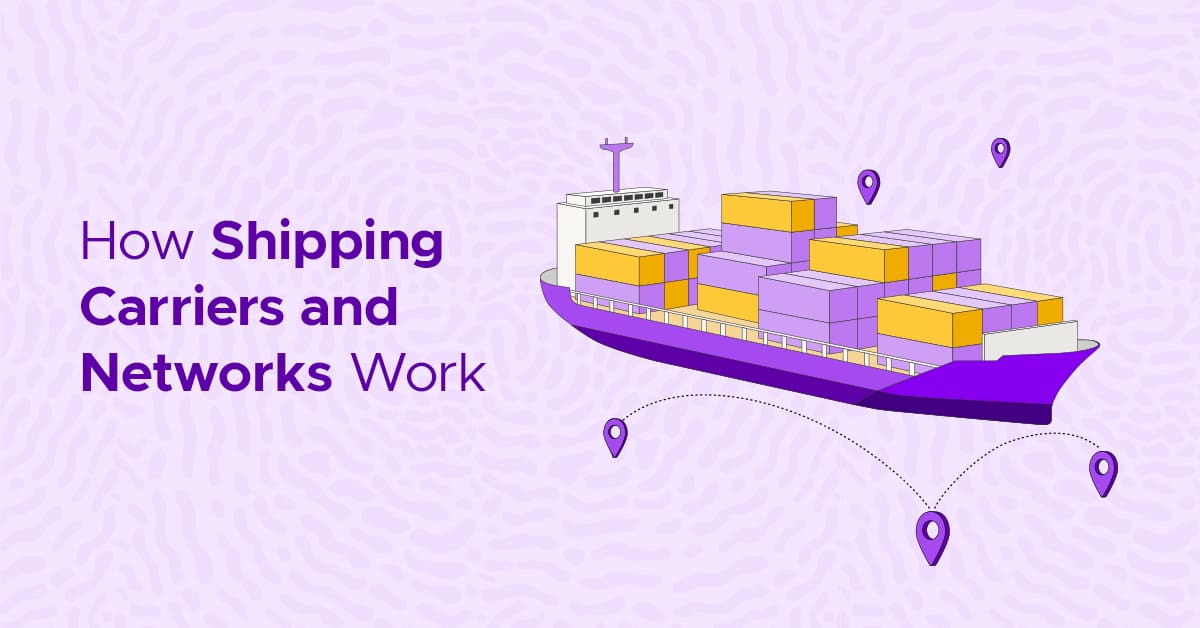
In 2023, about 356 billion packages were shipped worldwide. Each of those packages moved through a vast, complex web of logistics, and shipping carriers are the backbone of that intricate system. They do more than just pick up and drop off boxes; shipping carriers rely on advanced technology, strategic planning, and intricate networks to keep...
By Tom Wicky on December 09, 2024
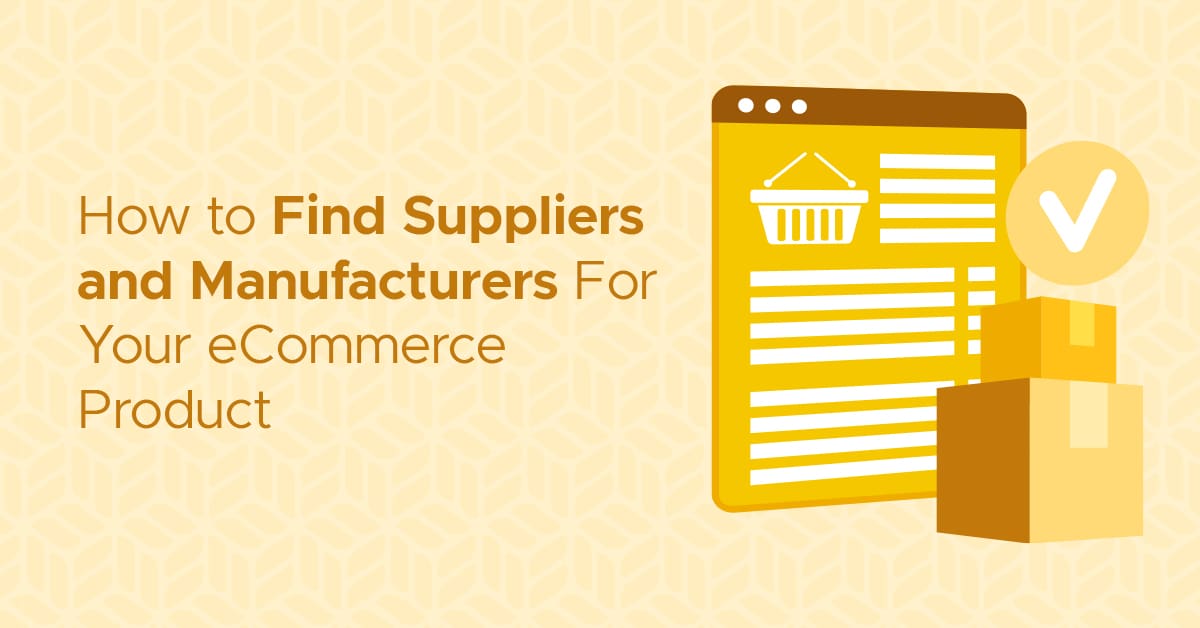
Having a business idea is easy; the real challenge is bringing it to life. That’s why many great ideas remain wistful thoughts in people’s heads. But with a trusted supplier and manufacturer, those potentials can become a reality. You’re already halfway there if you know where to look and which suppliers and manufacturers to contact....
By Rachel Andrea Go on December 06, 2024
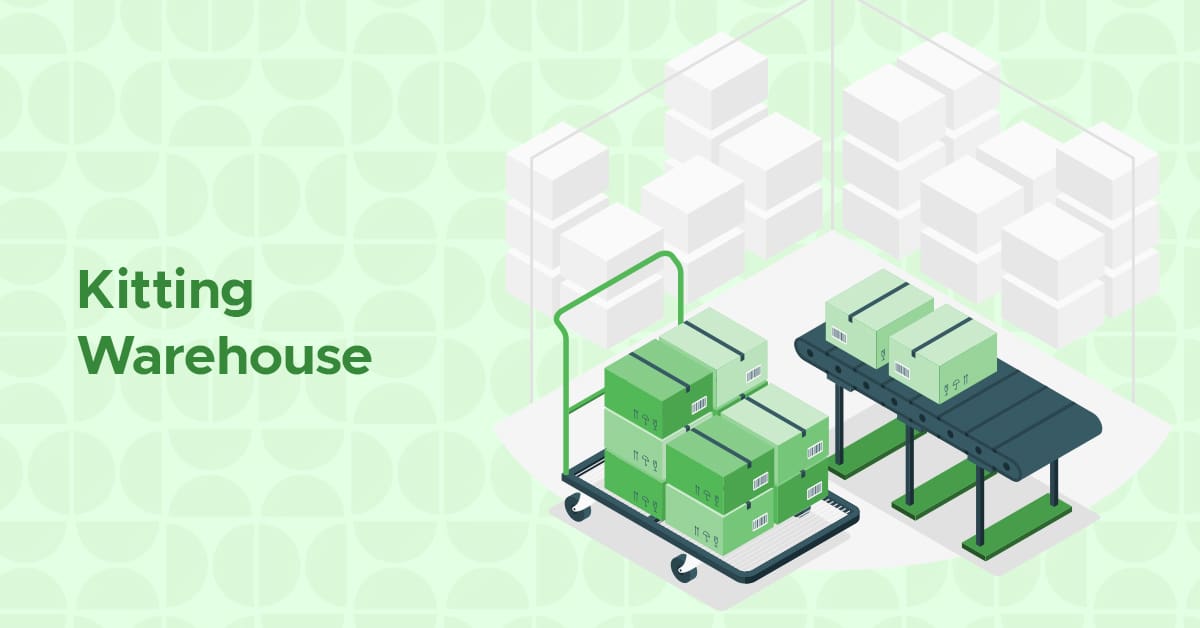
Kitting is a value-added service to help your eCommerce business market, store, and ship products more efficiently. A kitting warehouse receives inventory and then repackages the multiple products into a single set. This cuts back on inventory management, overhead, and shipping expenses, as well as reduces the cost of selling items to customers. A 3PL...
By Tom Wicky on November 28, 2024
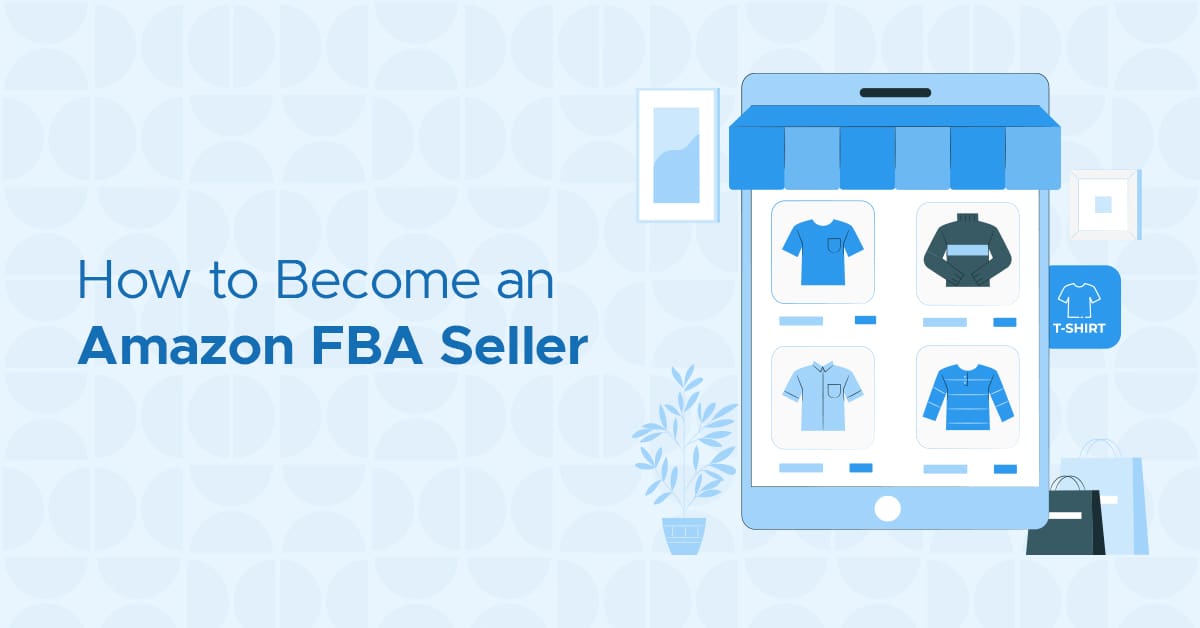
With more than 310 million active users in over 100 countries and regions, Amazon is a platform bursting with opportunities for eCommerce brands to grow. The Fulfillment by Amazon (FBA) program has also become the go-to fulfillment method for 82% of the platform’s sellers, as it allows them to scale their operations and cater to Amazon’s...
By Rachel Andrea Go on November 27, 2024
This is a guest post from the CyberStockroom team. In today’s fast-paced business world, effective inventory management is imperative to drive success. Accurate inventory tracking and control are critical as companies work to run smoothly while satisfying consumer demands. Thankfully, new software features are improving visibility, strengthening operational control, and revolutionizing inventory processes. The shift...
By Guest on November 22, 2024
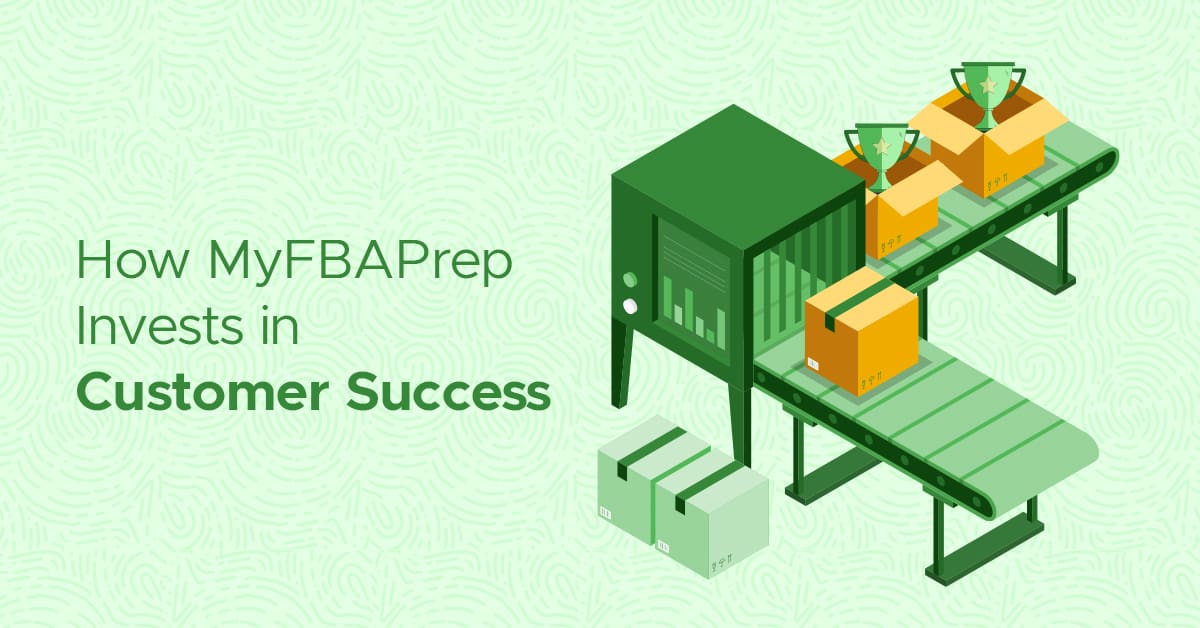
If you’re not already using custom machinery in your FBA prep process, then now is the time. With specialized tools uniquely designed and deployed for your brand’s processes, you can accelerate turnaround times, improve bundling, and prepare your business to scale, for example. Setting up and integrating custom machinery into your current workflows, however, can...
By Rachel Andrea Go on November 18, 2024
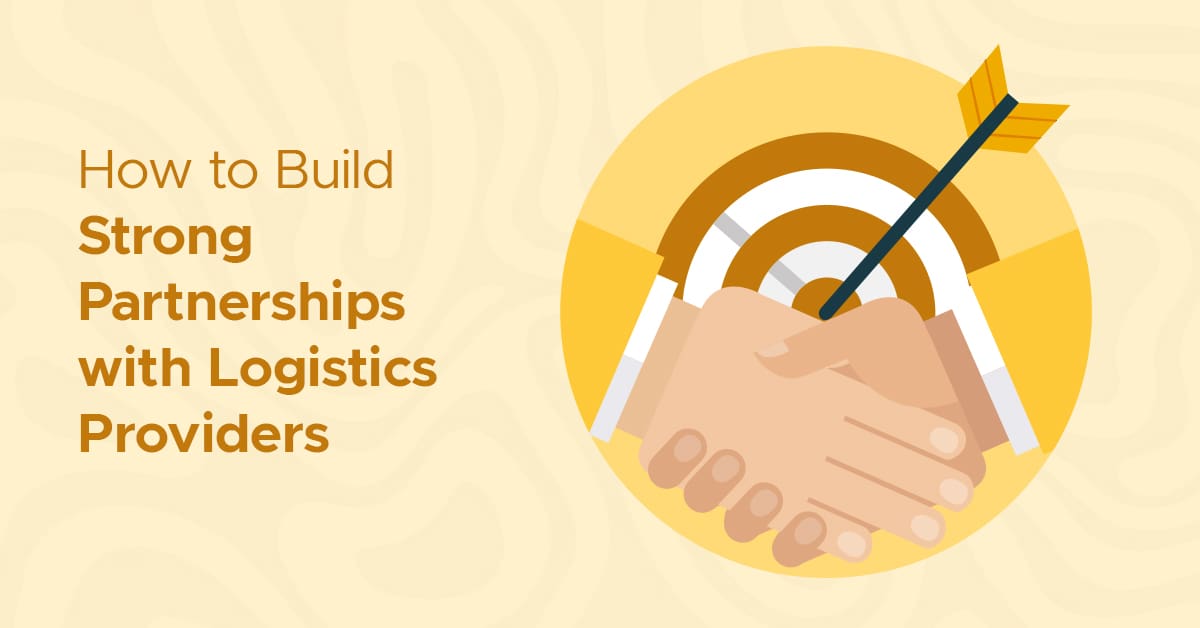
A reliable logistics provider is crucial for a successful eCommerce venture. Companies that focus on supply chain optimization can expect a 10%–15% reduction in total logistics costs, and these services bring such impactful efficiencies. The right logistics provider partner can dramatically improve a business’s bottom line by optimizing processes, slashing costs, and elevating customer satisfaction....
By Rachel Andrea Go on November 07, 2024
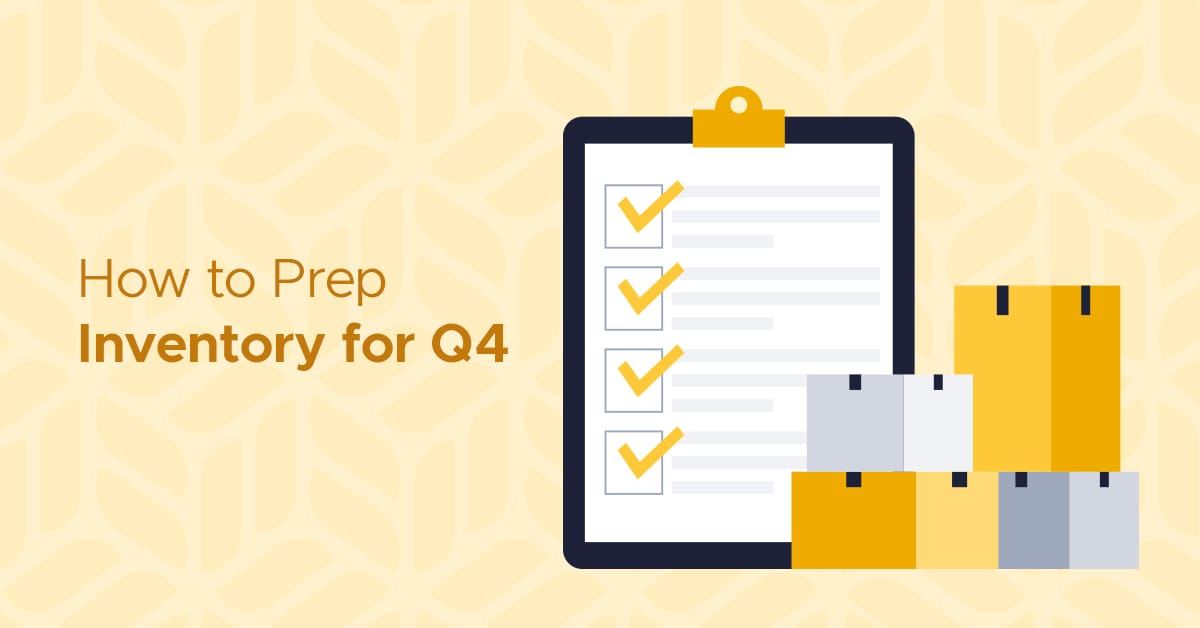
Q4 is the most important sales period of the year; depending on what your store offers, most sellers can expect a 2%–70% boost in sales for the period. In 2023, U.S. eCommerce sales saw an increase in revenue from $268.745 billion in Q3 to $322.862 billion in Q4 eCommerce revenue, matching a five-year trend of...
By Rachel Andrea Go on November 05, 2024
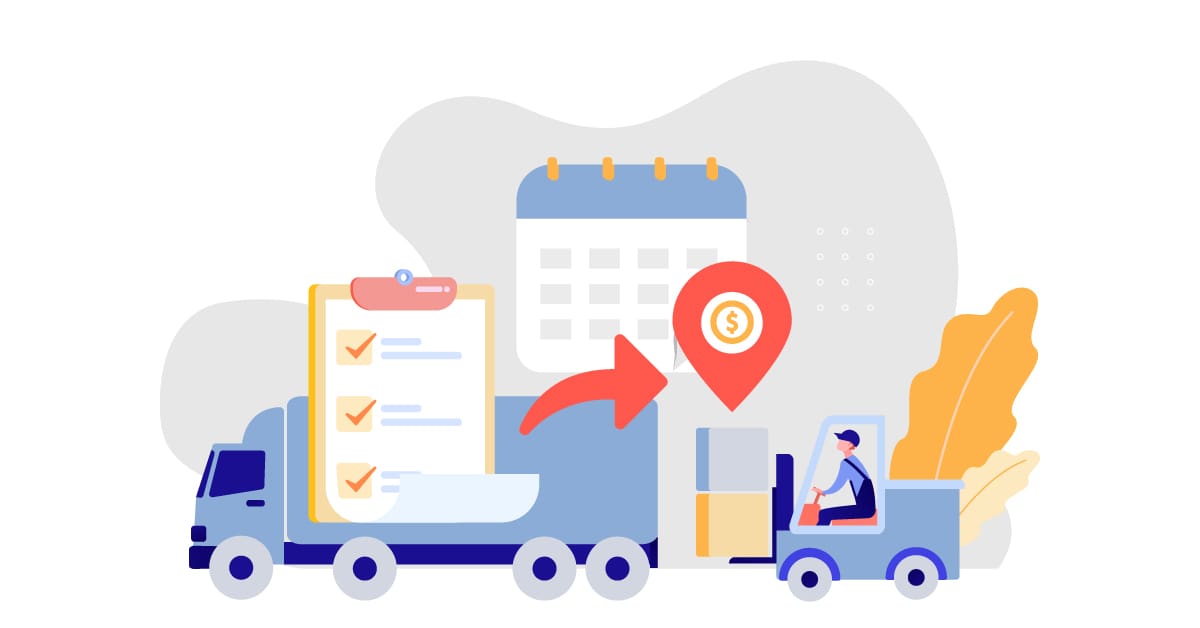
As every seasoned Amazon seller knows, Q4 is the defining moment of the year. It’s the time when consumer demand surges, and inventory management can make or break your sales performance. But with Amazon’s fulfillment centers often experiencing delays during the holiday rush, even the most prepared sellers can find their products stuck in limbo—unavailable...
By Tom Wicky on October 16, 2024
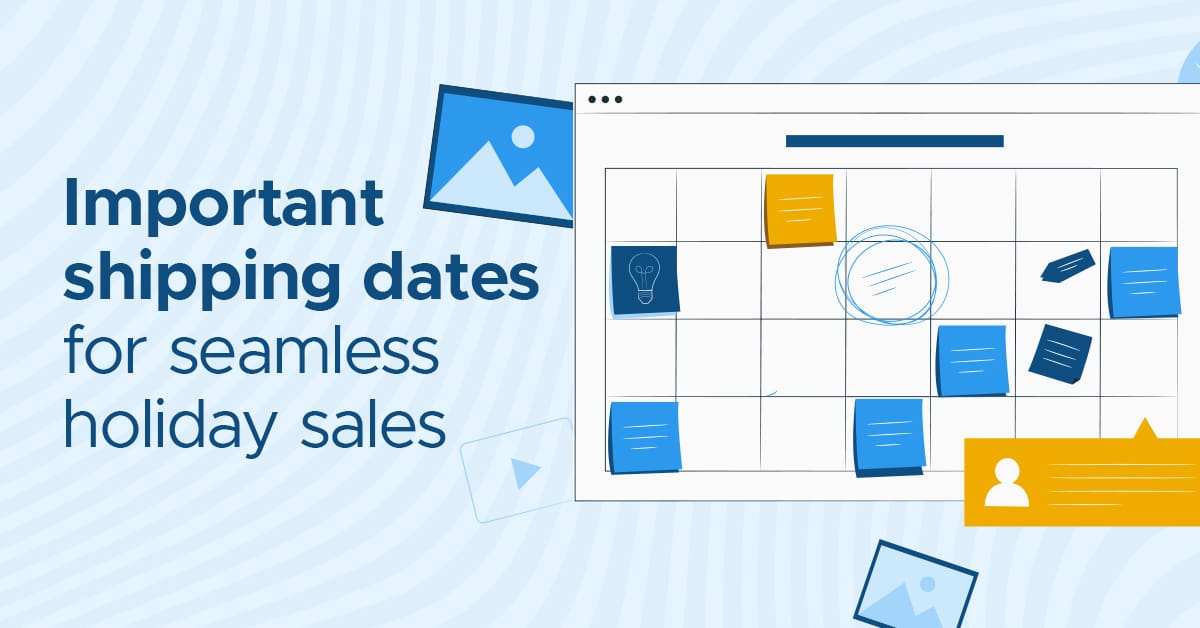
Holiday sales are expected to result in a record spend, above the record $966.6 billion set in 2023, according to the National Retail Federation. This means eCommerce businesses stand to boost their holiday sales and profits and potentially smash the previous season. To capitalize on this lucrative opportunity, it’s essential to tighten the screws of...
By Brandy Cross on October 09, 2024
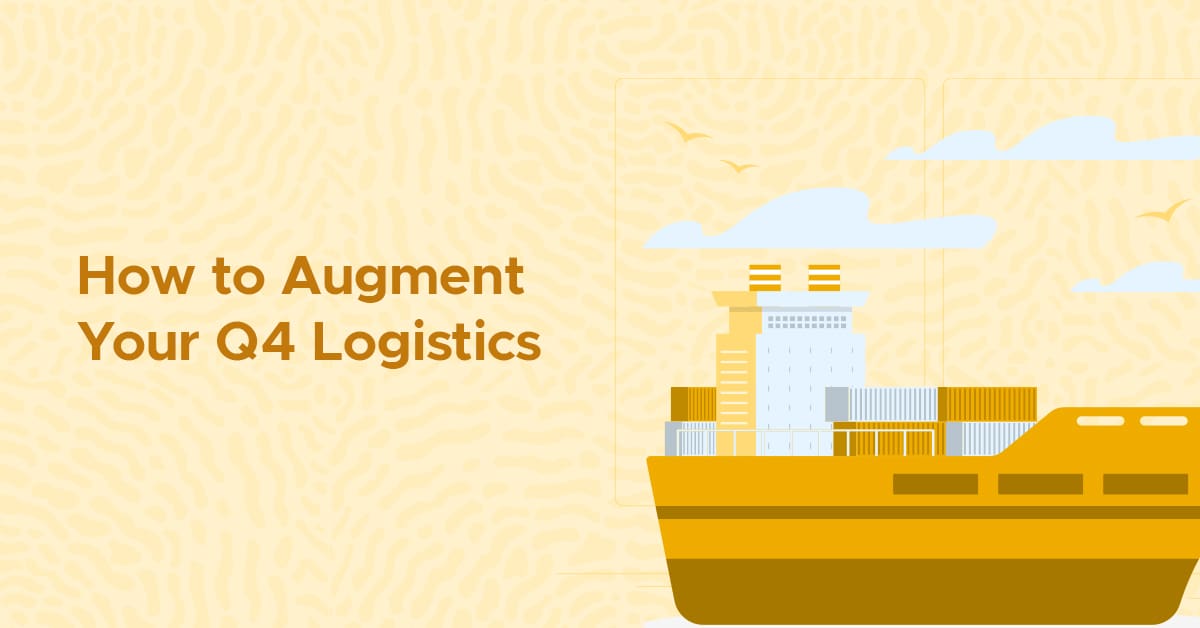
The holiday season can be a stressful time for all—and that includes your 3PL. Even if you have a long-standing relationship with a logistics provider who delivers quality, reliable service, it’s not unusual for 3PLs to get inundated during the holiday logistics rush. But that shouldn’t affect your business. With holiday retail sales poised to...
By Rachel Andrea Go on October 08, 2024
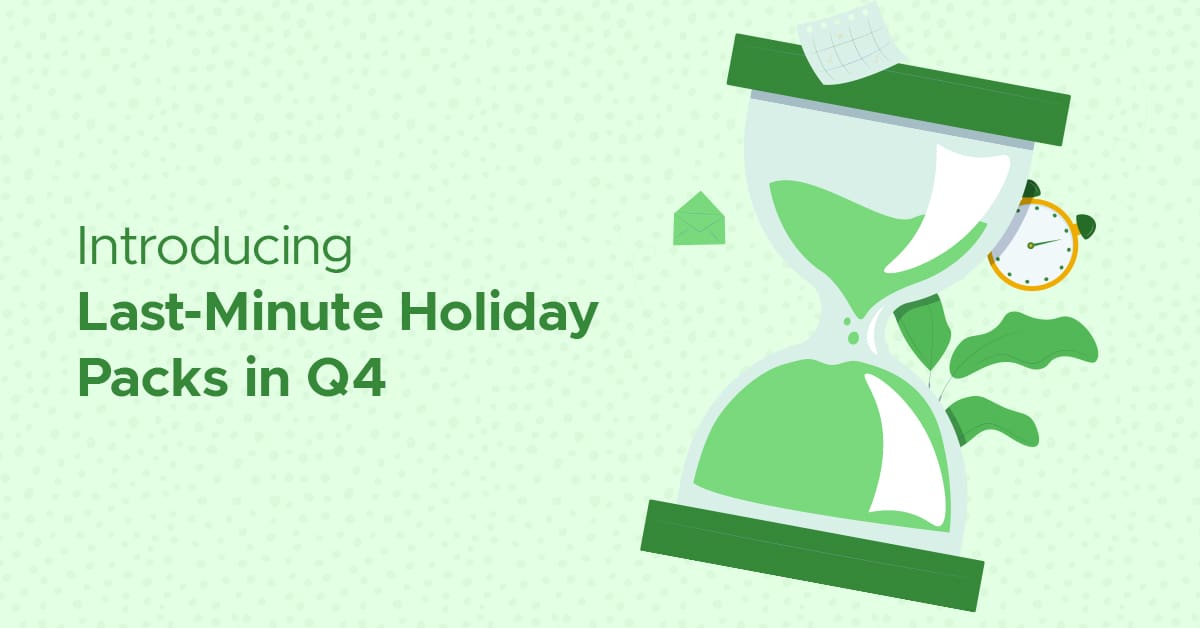
A product bundling strategy is quickly becoming a go-to for merchants — and it’s easy to see why. A study from the National Bureau of Economic Research found that selling by product bundling helps merchants increase profits by an impressive 30%. For merchants who don’t offer product bundling yet, Q4 is a great time to...
By Rachel Andrea Go on September 24, 2024
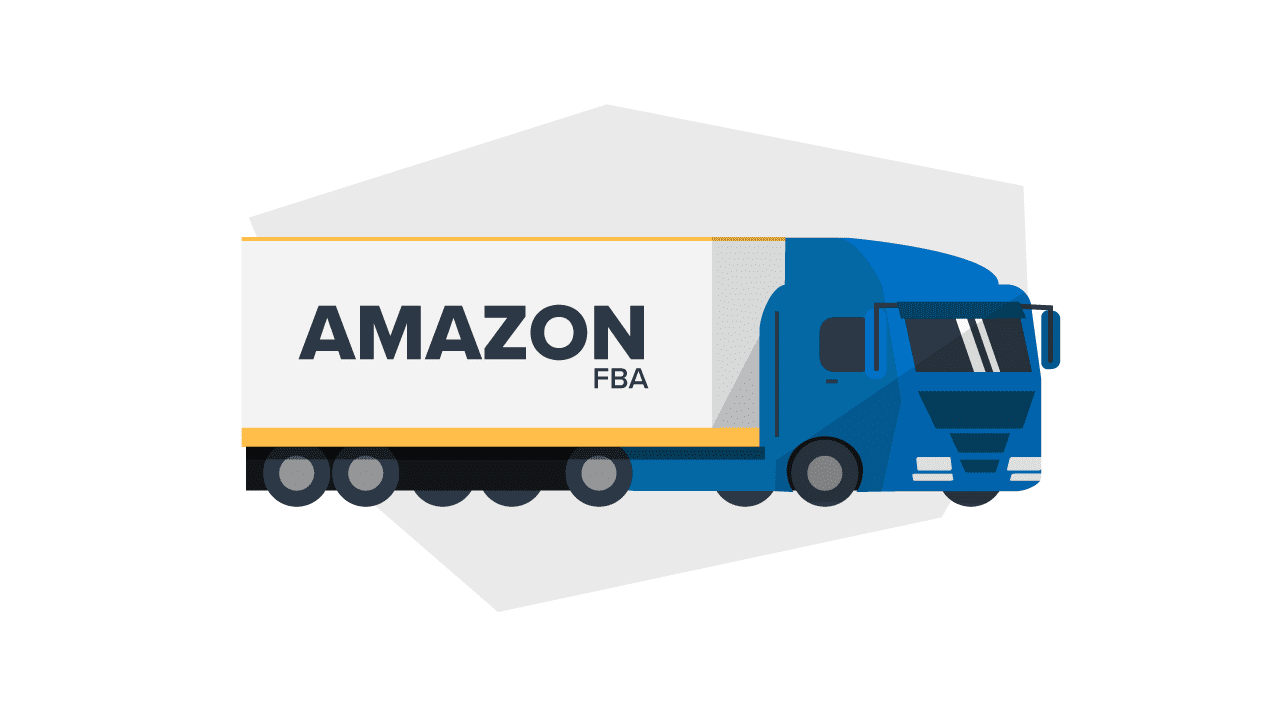
As of September 12, 2024, Amazon now requires full truckload (FTL) and intermodal shipments to be sealed with an ISO-17712-compliant, Amazon-approved RFID seal at pickup. If you are shipping less than a truckload (LTL), ISO-compliant seals will be placed at a carrier consolidation terminal before a shipment arrives at an Amazon facility. Amazon’s updated seal...
By Rachel Andrea Go on September 13, 2024
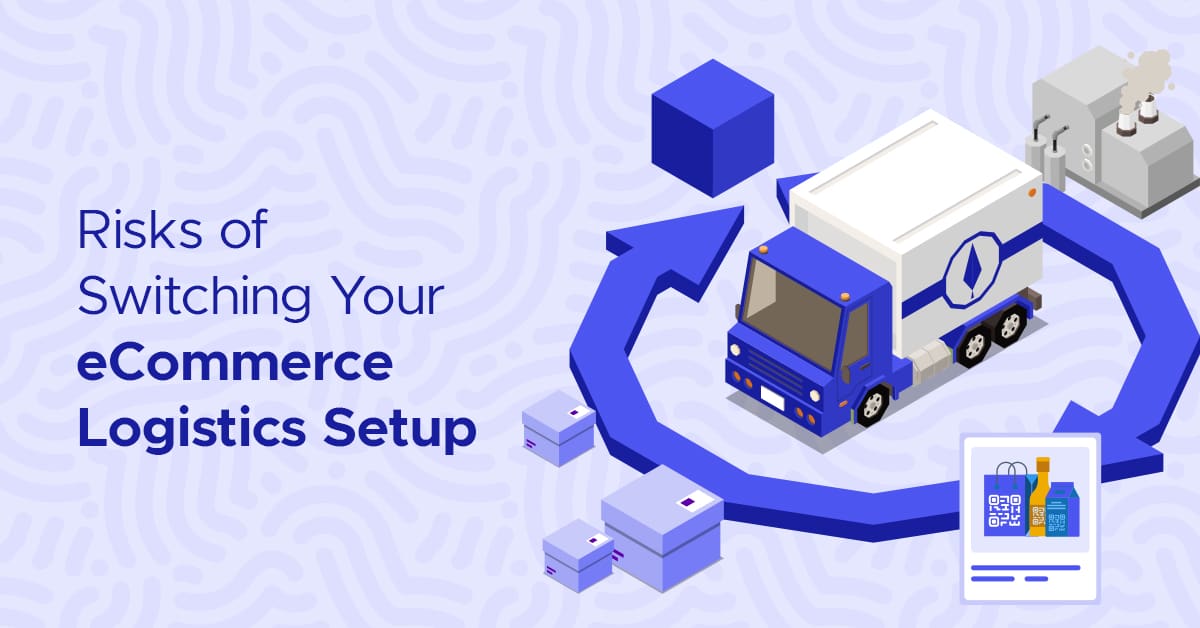
As your business grows, there may come a point when your in-house shipping feels like a black hole sucking up time and resources. In eCommerce, where fast and dependable deliveries reign supreme, well-oiled eCommerce logistics are imperative for a thriving business. Popular alternatives like a 3PL (third-party logistics provider) or FBA (Fulfillment by Amazon) are...
By Rachel Andrea Go on August 14, 2024
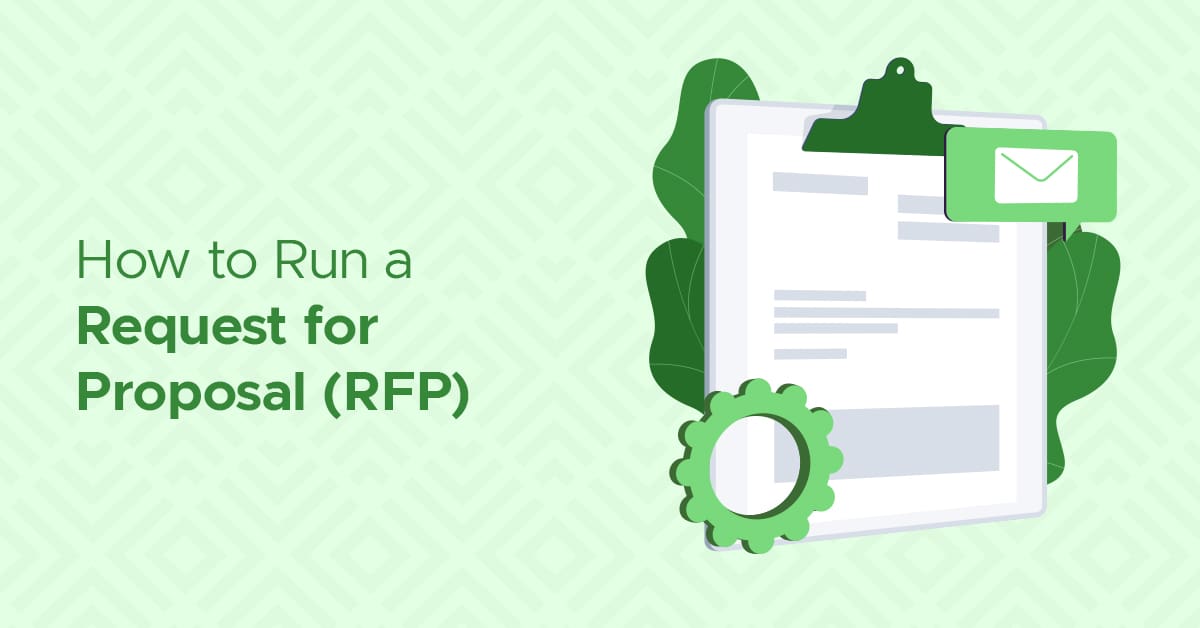
Searching for a logistics service to support your eCommerce brand is a high-stakes situation. You need a 4PL or 3PL provider with demonstrated expertise in pricing, quality standards, and operational best practices, as well as a deep understanding of the logistics and warehousing industry. The hunt for this ideal partner can sometimes feel like trying...
By Rachel Andrea Go on August 02, 2024
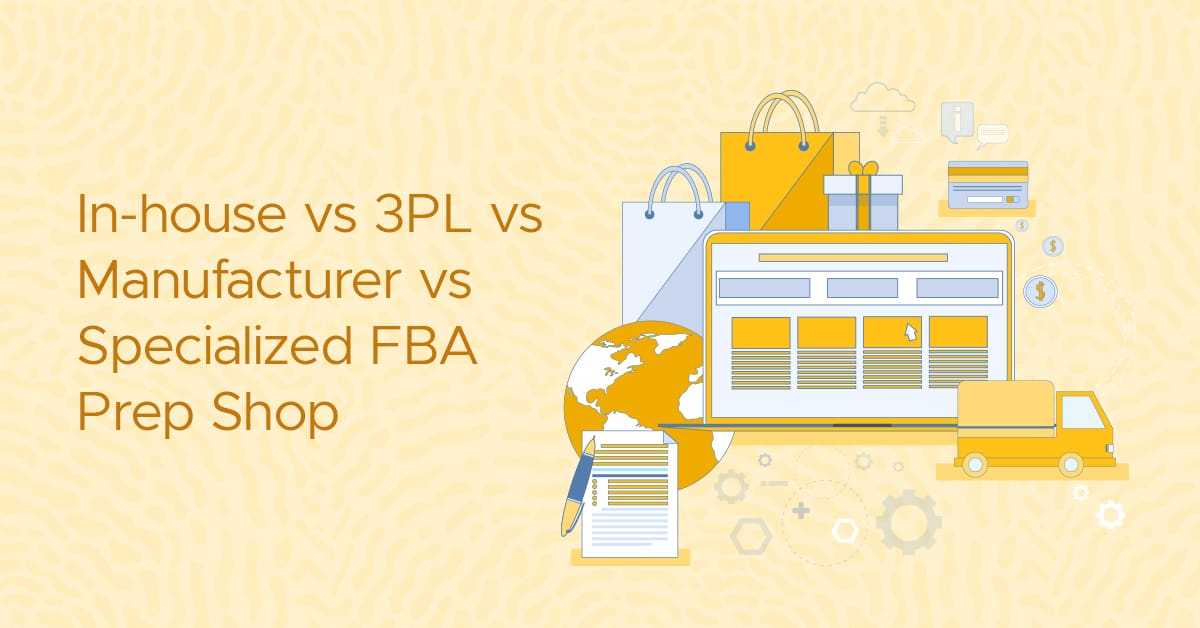
The Amazon marketplace is a gold mine for brands seeking to amplify their reach and boost sales — and 86% of sellers use the platform’s Fulfillment by Amazon (FBA) program to tap into this massive market. However, mastering the intricacies of listing and fulfilling products can be a hurdle, especially given Amazon’s strict FBA requirements....
By Rachel Andrea Go on July 24, 2024
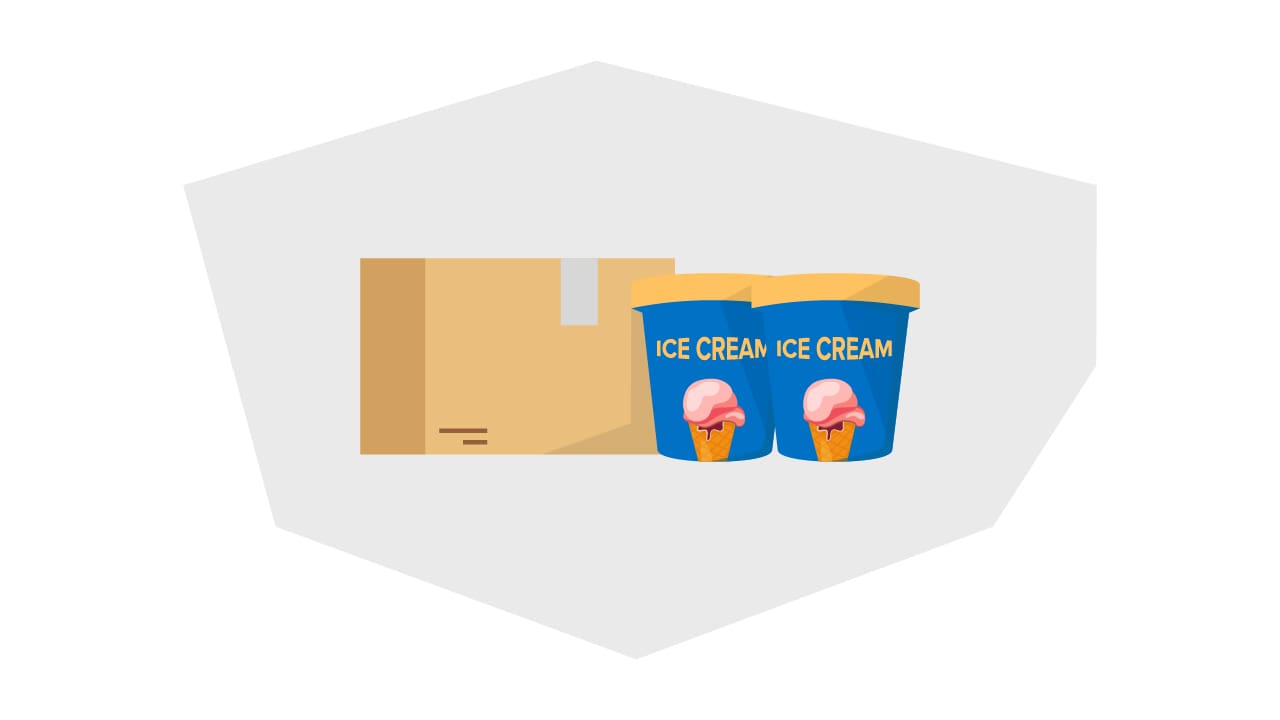
From the rise of online groceries to food subscription boxes and increasing vegetable imports from Mexico, cold chain logistics is on the rise. That trend affects thousands of eCommerce sellers, who are seeing an increasing demand for the convenience of ordering food online. However, it introduces new challenges to logistics as well in the form...
By Rachel Andrea Go on July 08, 2024
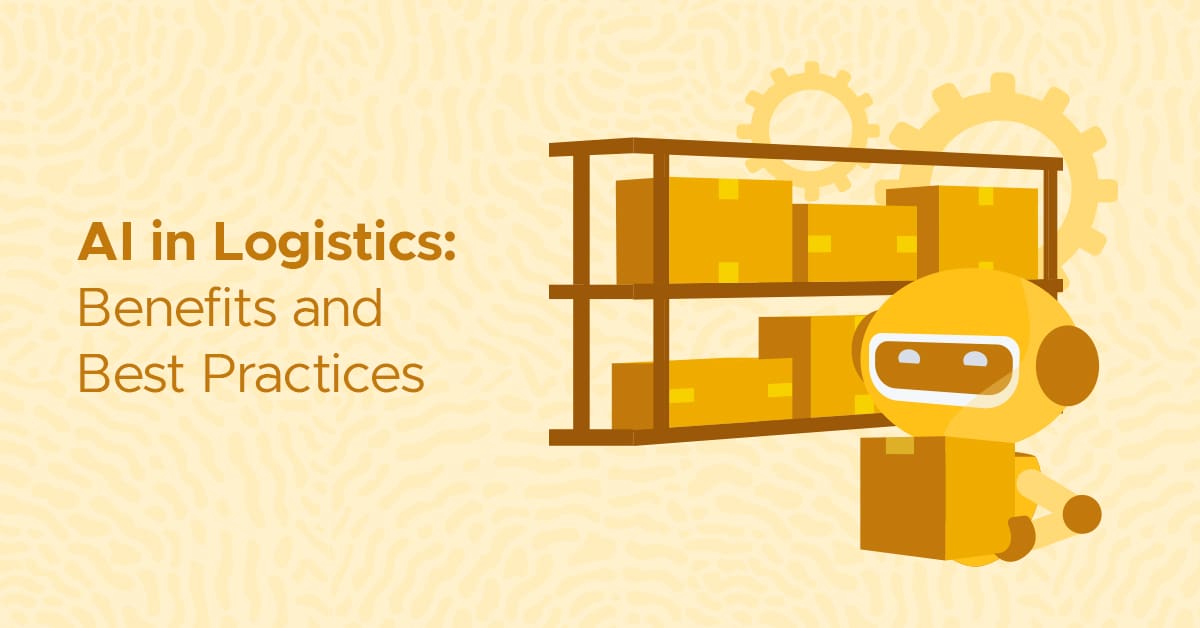
This is a guest post from Kate Parish. Kate is the CMO at Onilab, a web development agency. Being a top executive in a company specializing in eCommerce, she spends a lot of time researching new approaches to UX/UI design, Magento PWA development, and headless commerce. Kate also strives to keep up with the latest...
By Guest on June 14, 2024
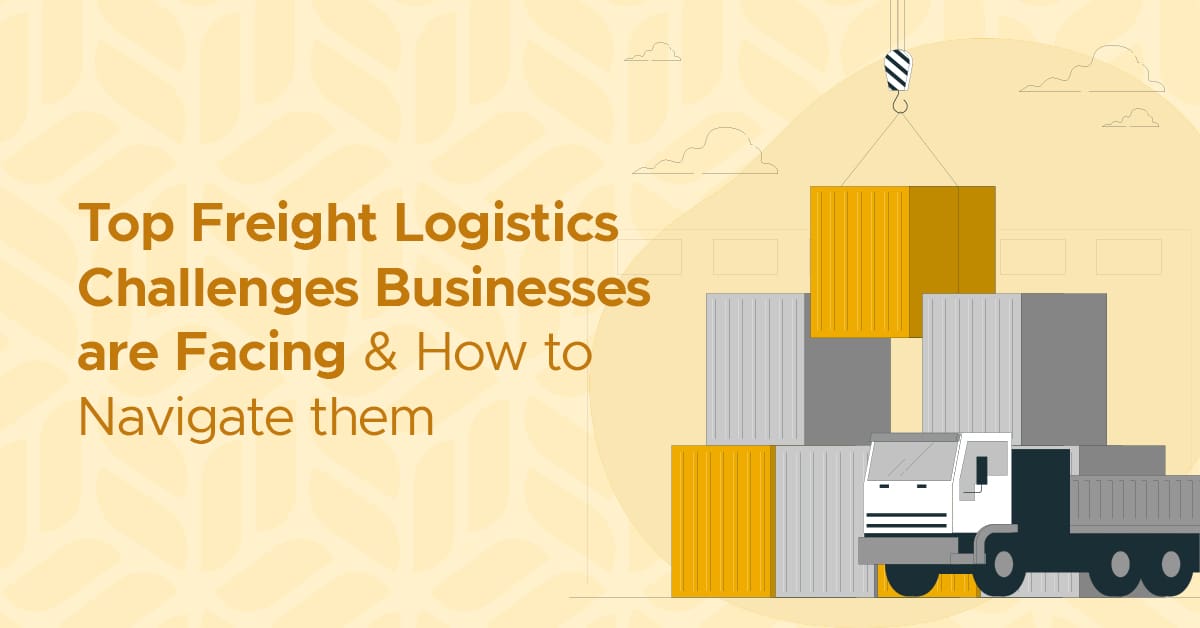
This is a guest post from Daniel Prevost of Port Side Logistics. Daniel is a freight broker as well as a minister who’s passionate about serving people and helping them discover their value. Port Side Logistics is a veteran-owned freight brokerage focused on building long-term relationships where they provide a high level of personalized service...
By Guest on May 27, 2024
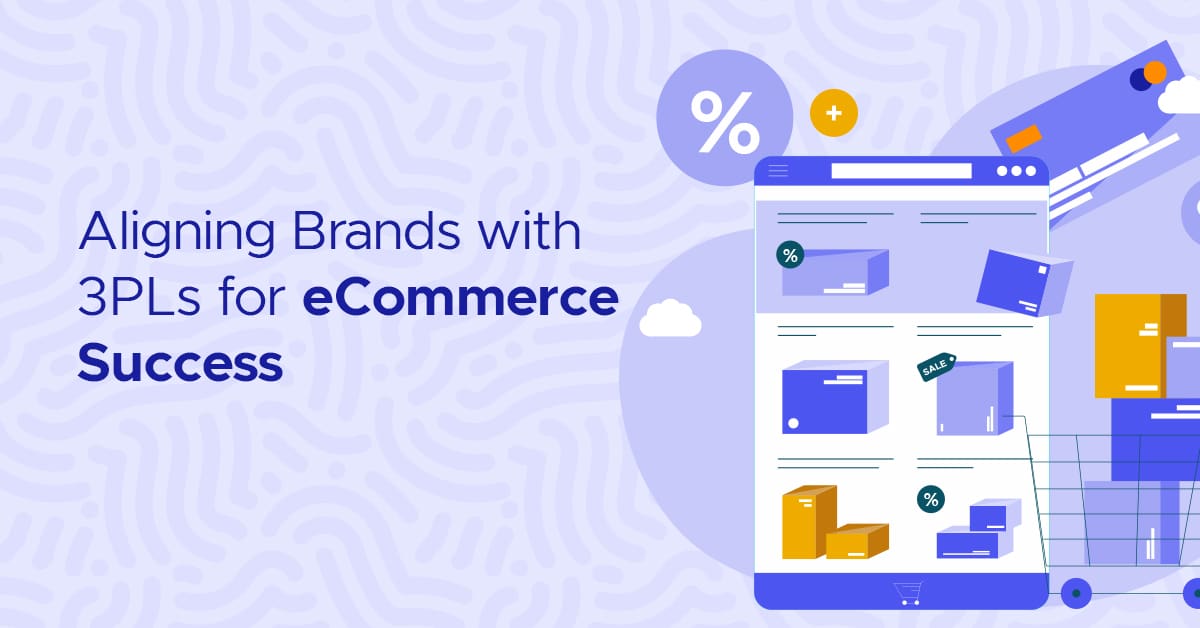
As eCommerce continues to dominate the retail landscape, a symbiotic relationship between brands and third-party logistics providers (3PLs) is key to success. This partnership extends beyond mere logistics management — it involves a deep understanding of each other’s business models, goals, and a shared vision required to navigate the online selling landscape. Keep reading to...
By Rachel Andrea Go on May 03, 2024
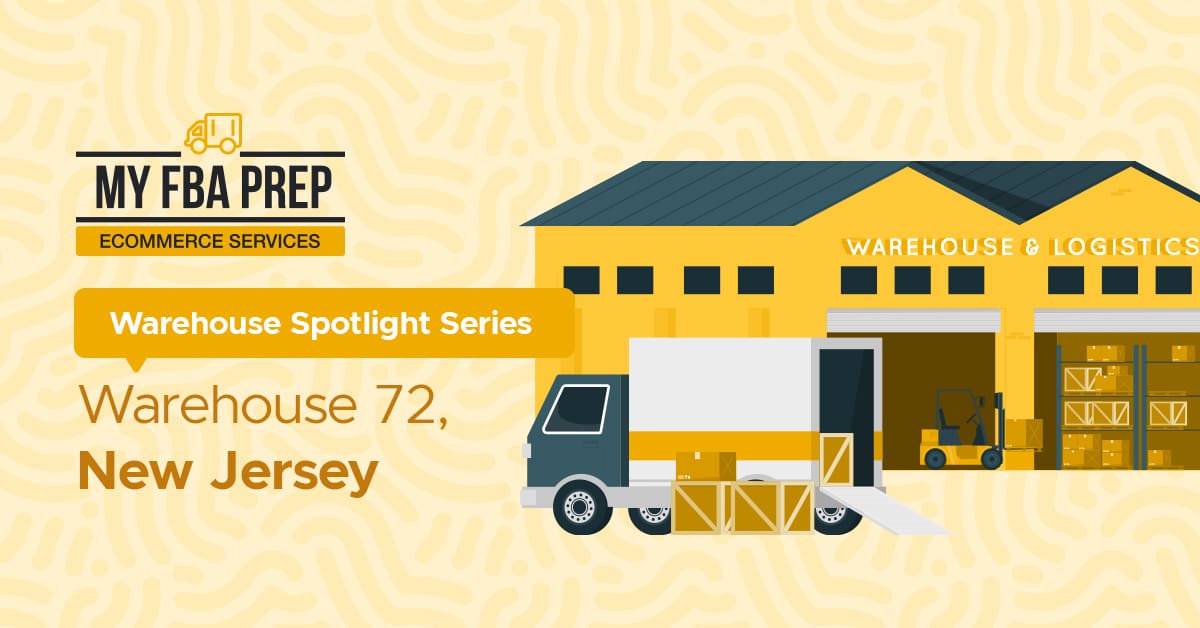
In the cutthroat world of eCommerce, where lightning-fast fulfillment reigns supreme, Warehouse 72 exemplifies efficiency and first-rate service within the MyFBAPrep network. Strategically situated in Gloucester City, New Jersey, this facility offers innovative logistical solutions and is a trusted retailer partner. Keep reading to discover what makes Warehouse 72 a cut above other storage spaces....
By Rachel Andrea Go on May 01, 2024
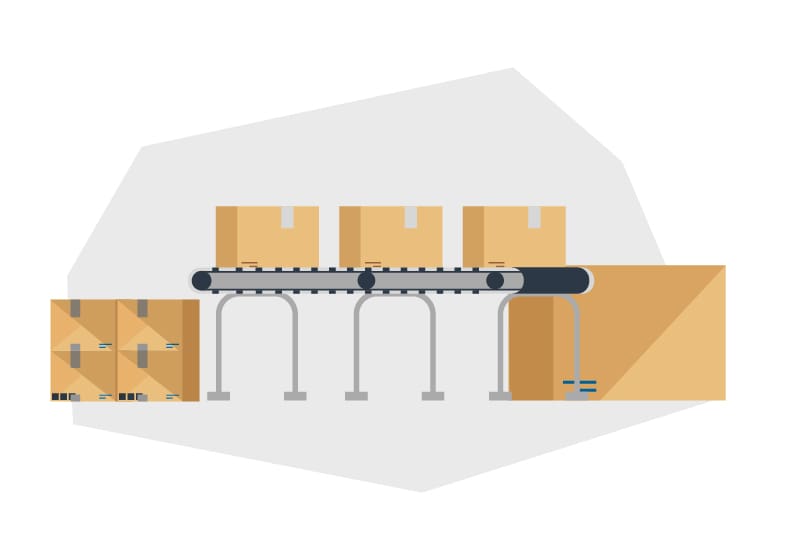
Prime Day is coming fast, and for most Amazon sellers, it’s one of the biggest retail events of the year. Estimates for 2024 place Prime Day during the second week of July, similar to 2023. Normally, sellers prepare by sending more inventory into their fulfillment networks — primarily, FBA. However, recent changes at Amazon (particularly...
By Rachel Andrea Go on April 29, 2024
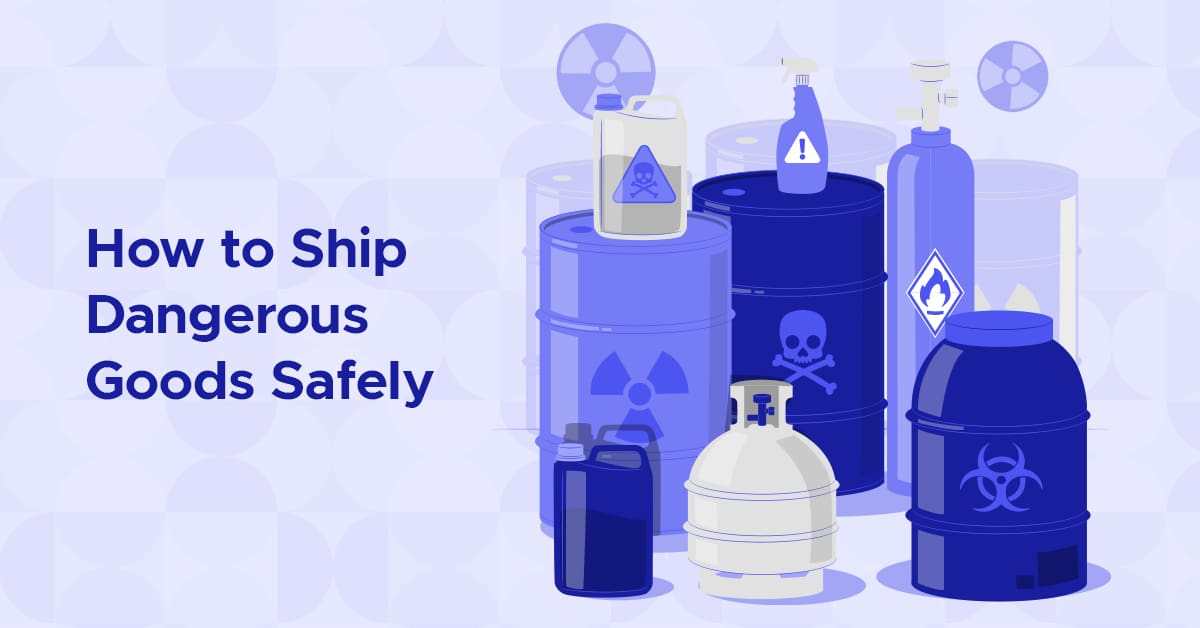
This is a guest post from ShipSaving. ShipSaving provides streamlined shipping solutions for eCommerce businesses and seamlessly integrates with major marketplaces. The platform simplifies the shipping process through real-time inventory management and automated label printing. The complexities of shipping can be challenging, especially when dealing with a range of item types. This how to ship...
By Guest on March 22, 2024
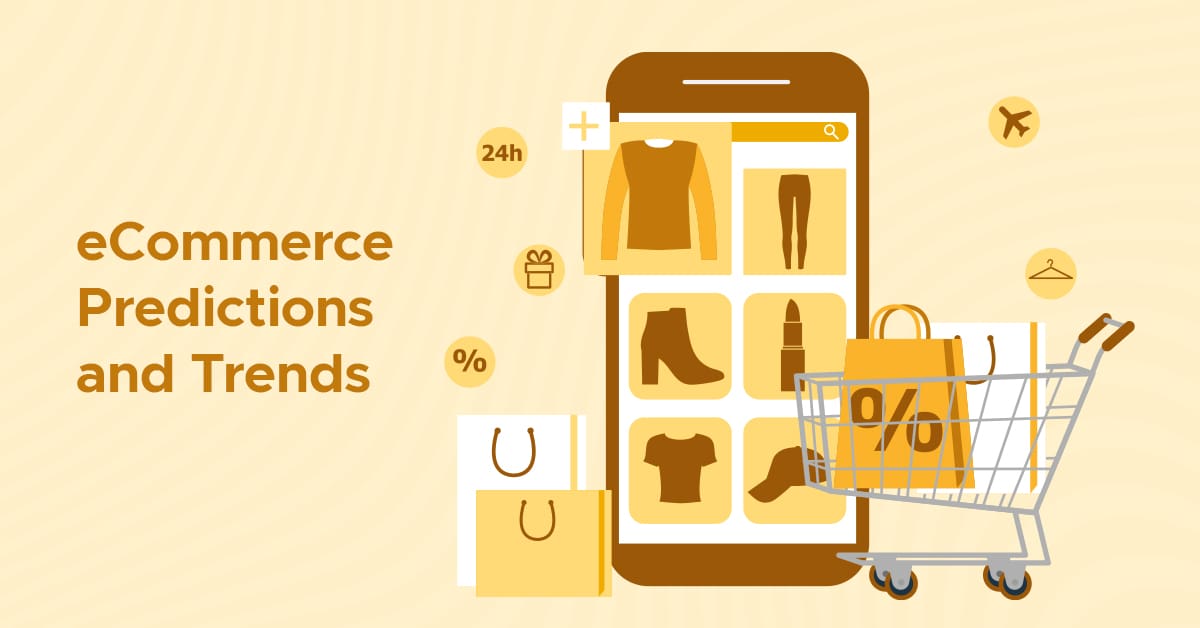
The eCommerce industry is rapidly adapting to new technologies, market and economic shifts, and the reactions of big players like Amazon. Adapting to those changes is critical for online businesses, whether you work in sales, shipping and logistics, marketing, or any other aspect of the sector. Understanding what to expect will help you keep up...
By Rachel Andrea Go on March 11, 2024
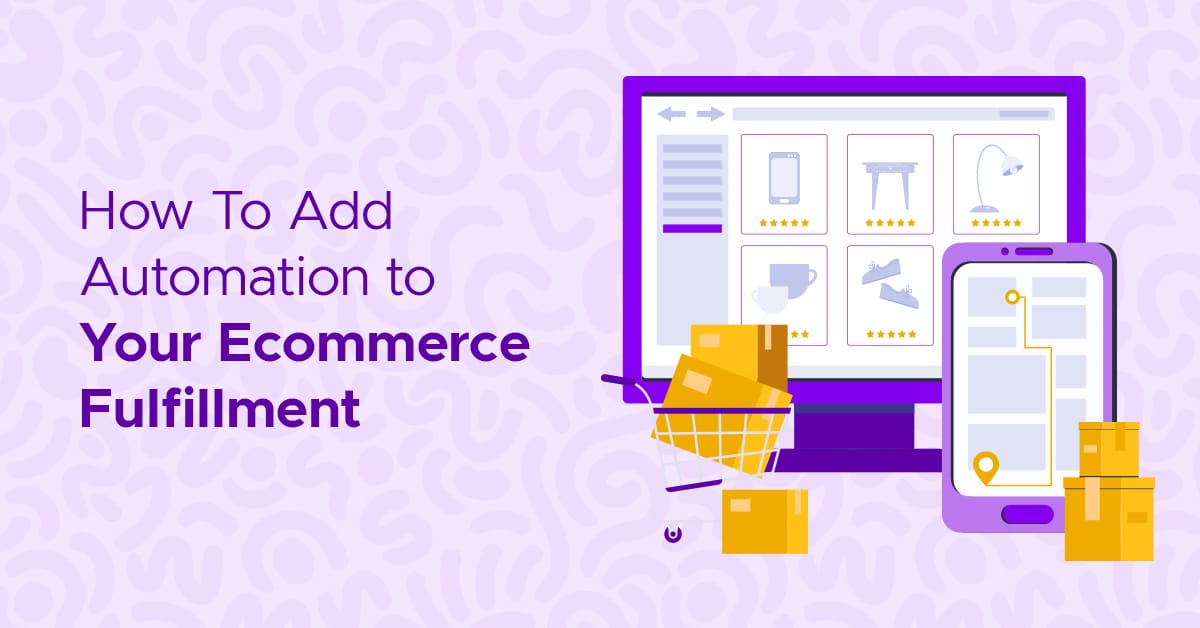
This is a guest post from Stallion Express. Staying ahead of the competition requires eCommerce businesses to improve and optimize their logistics continuously. The fulfillment process is a crucial element that can significantly impact the efficiency, accuracy, and success of your online shopping journey. However, due to its complexity, many brands are seeking ways to...
By Guest on March 08, 2024
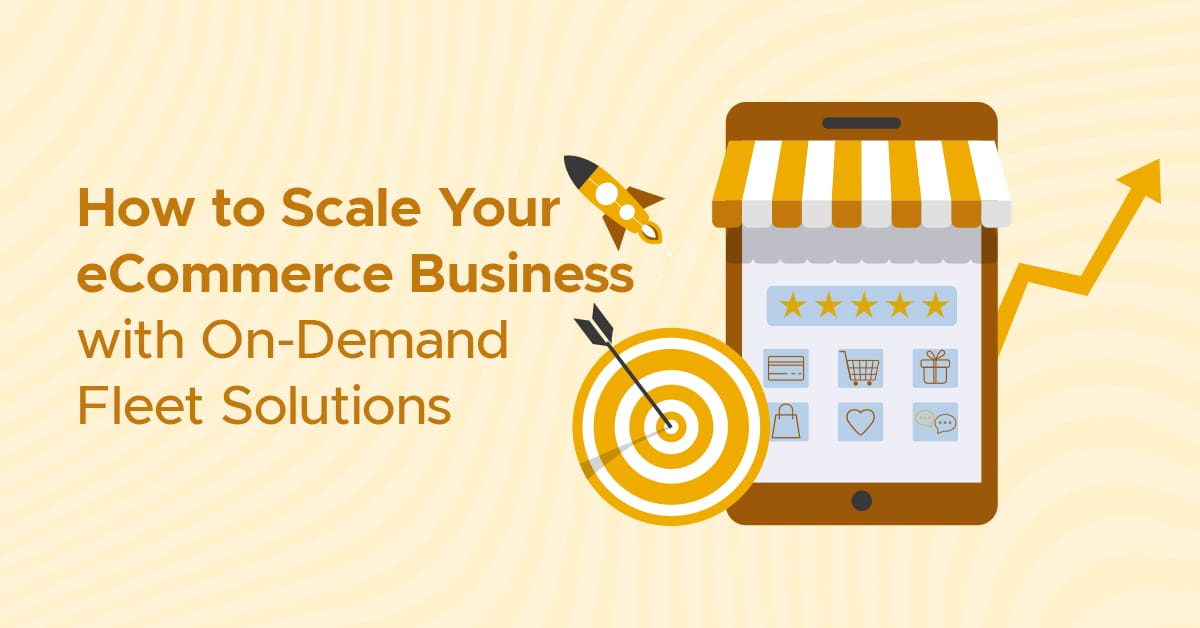
This is a guest post from Fluid Truck. Scaling your eCommerce business requires more than simply finding new customers; you have to be able to hold onto those you acquire by going above and beyond their expectations. For delivery-driven businesses, that means building a fleet that can expand with the business. Rising to meet demand...
By Guest on March 04, 2024
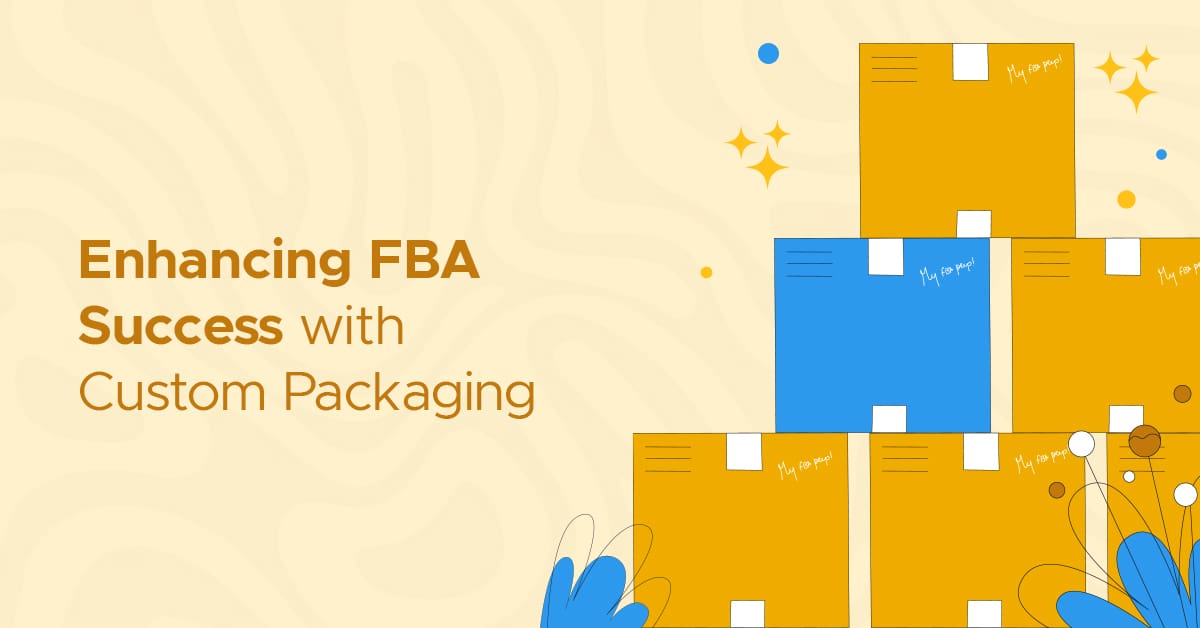
In 2021, more than 600,000 U.S. Amazon sellers participated in the platform’s FBA program. With the surge of businesses leveraging the Amazon marketplace, it’s more crucial than ever to differentiate your brand and offerings, and that includes your FBA efforts. Countless products vie for a customer’s attention, giving rise to a new emphasis on packaging...
By Taylor Meeker on March 01, 2024
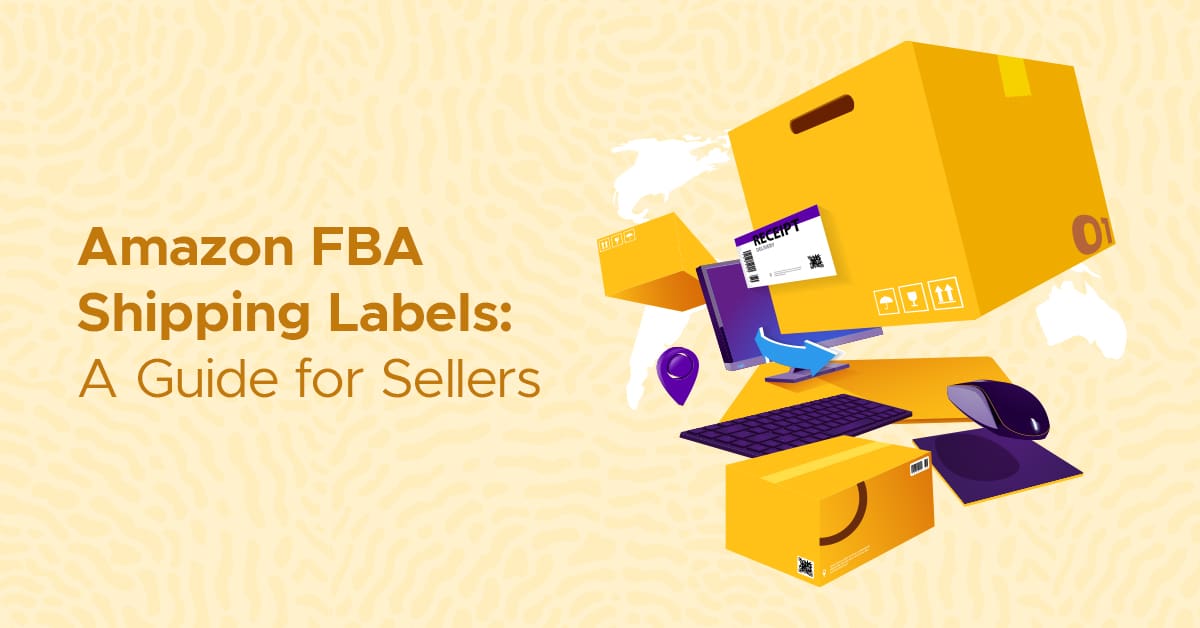
This is a guest post from Carla Bauto Deña, a writer who lends her voice to companies like AMZ Advisers, which empowers small and medium-sized enterprises through innovative solutions. AMZ Advisers is a full-service eCommerce consultancy focused on creating growth opportunities for brands, manufacturers, and private labels across the globe since 2014. Amazon FBA shipping...
By Guest on February 26, 2024
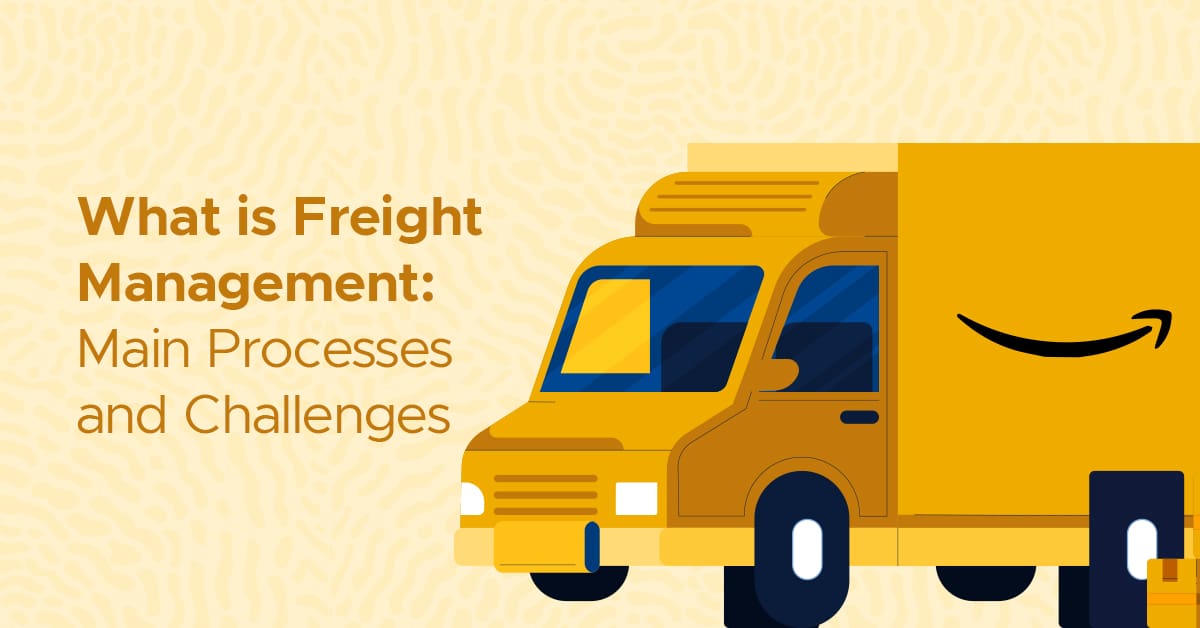
This is a guest post from GoRamp. Logistics management and freight management are pivotal elements of effective business operations, especially in the transportation and movement of products across various modes like ocean, air, rail, and truck. The execution of freight and logistics is crucial for brands to streamline their supply chain segments. In the current...
By Guest on February 23, 2024
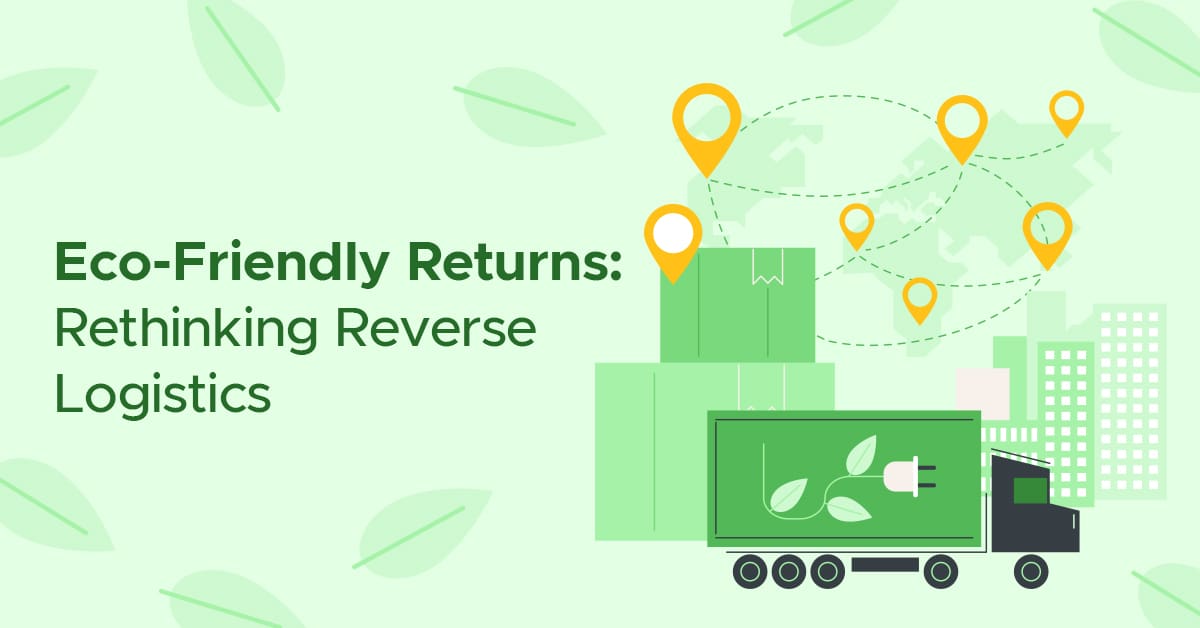
Although returns are an unpleasant hassle for eCommerce business, they also take a heavy toll on the environment. Online returns generate over five billion pounds of landfill waste each year. Worse, many of these items are still in good condition. As an eCommerce business owner, you’re obligated to be aware of the environmental impact of...
By Rachel Andrea Go on January 22, 2024
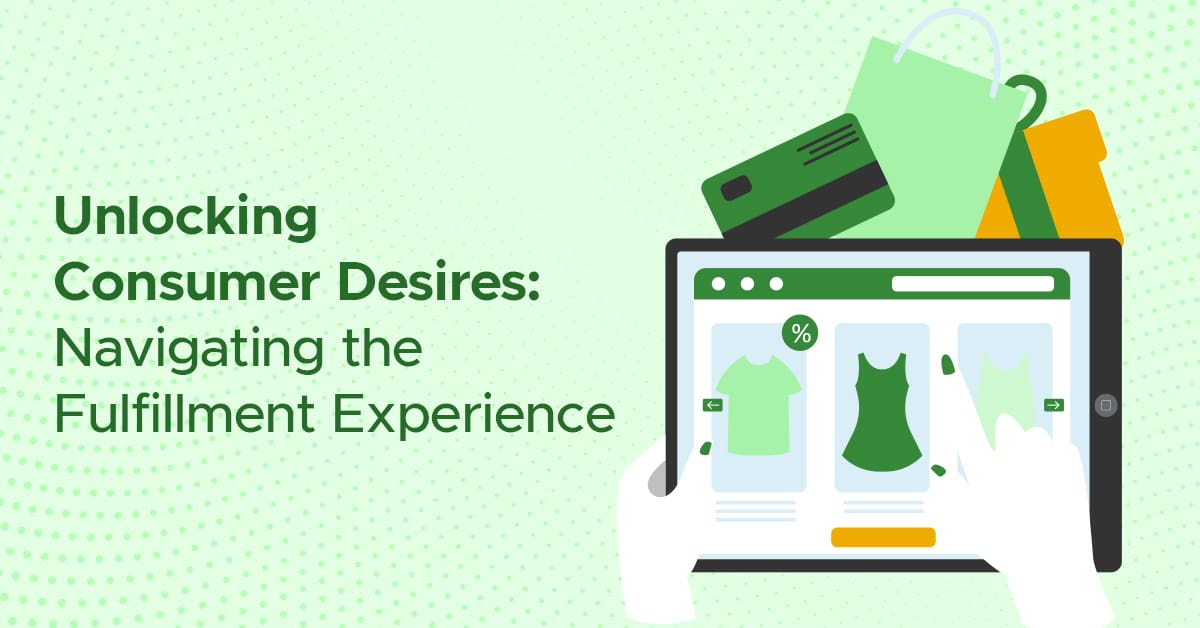
This is a guest post from Marissa Incitti. Marissa is the associate director of content for Feedvisor, where she oversees and executes the company’s content marketing strategy and initiatives. Before joining Feedvisor, she was the content marketing manager for a Fortune Global 500 omnichannel commerce technologies and operations company. She brings over a decade of...
By Guest on January 11, 2024
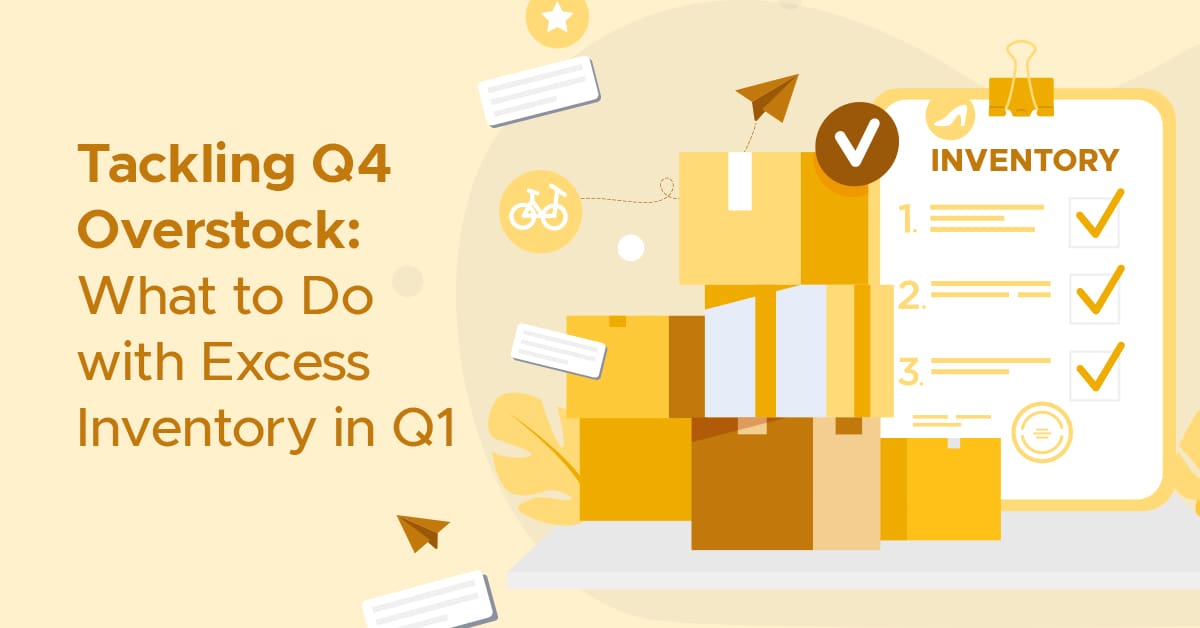
Excess holiday inventory is a financial burden that sellers can’t afford to ignore. Today’s retailers are sitting on an estimated $50 billion in dead stock. This is due to several factors, including rising warehouse fees, unpredictable market trends, inflation, and fluctuating consumer patterns. Demand forecasting is a complex challenge for eCommerce brands, now even more...
By Rachel Andrea Go on January 04, 2024
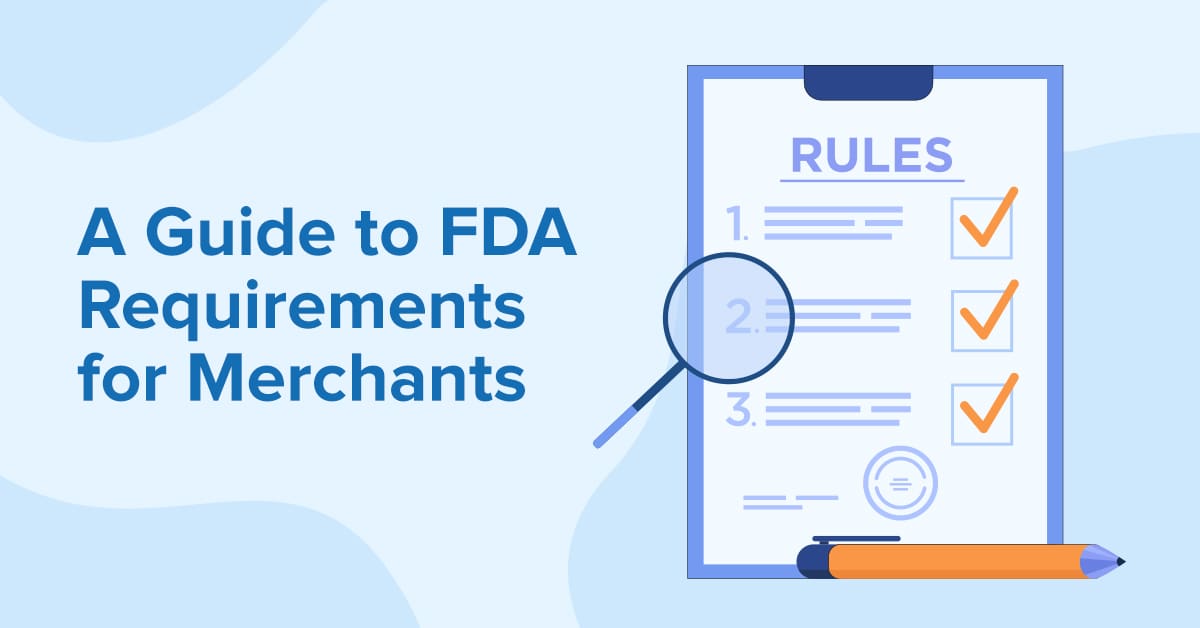
Experts predict online grocery sales will reach a staggering $160.91 billion in 2023, and the number of digital grocery buyers nationwide is expected to hover around 147.8 million. This considerable increase in online orders amplifies the demand for superior-quality food warehouses and reliable fulfillment partners to deliver consumables. As a merchant, your warehousing selection must...
By Rachel Andrea Go on December 14, 2023
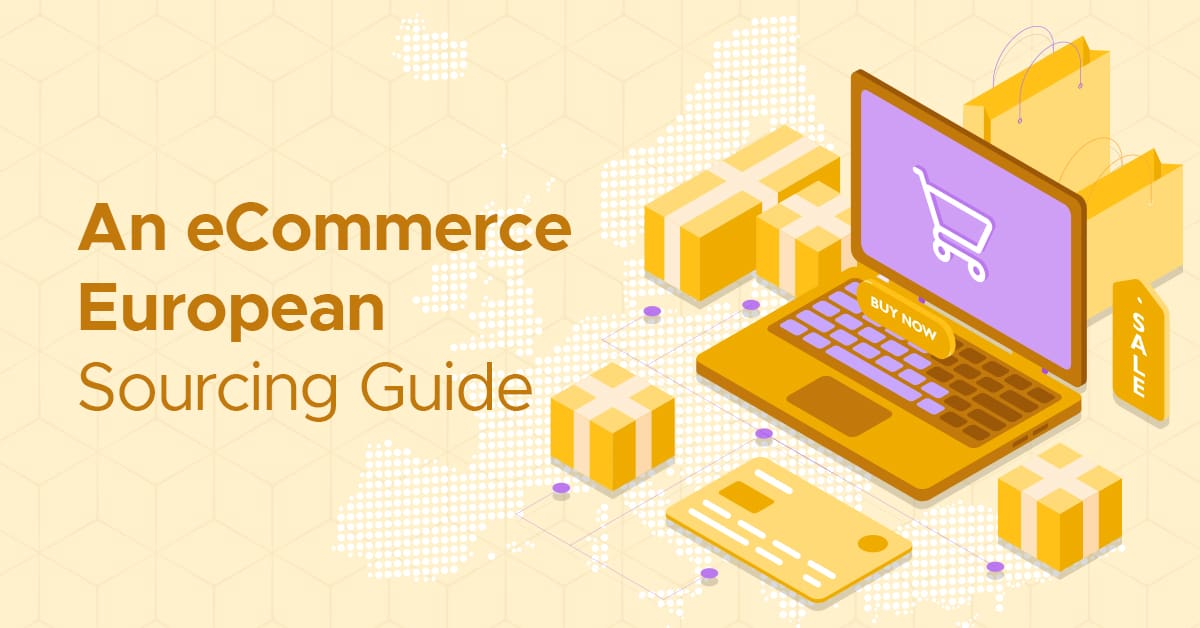
This is a guest post from Oliver Allmoslechner. Oliver is the co-founder and CEO of Wonnda, a cutting-edge digital B2B marketplace that connects brands and B2B buyers with a comprehensive range of suppliers and manufacturers, predominantly in Europe. With years of experience in the tech and consumer goods industry, Oliver’s vision has been to make...
By Guest on December 07, 2023
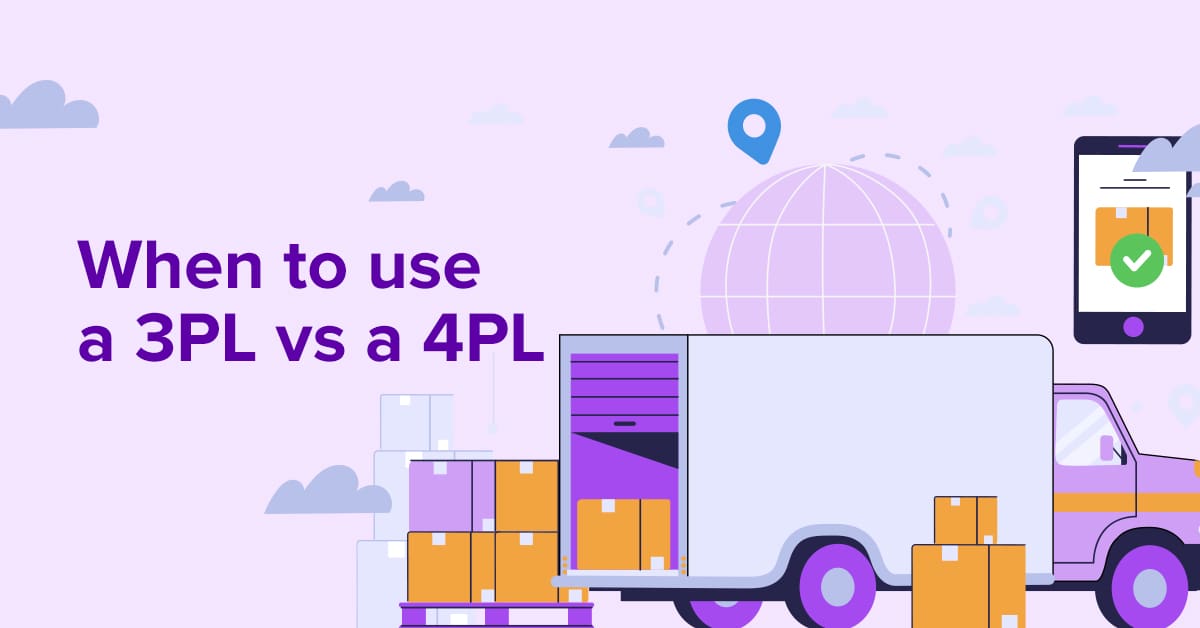
Immediacy is a prominent demand in eCommerce, with 65% of U.S. consumers expecting retailers to deliver shipments within two to three days. To fulfill that condition, brands need a capable logistics partner that can enhance customer satisfaction and business success. However, determining what type is appropriate can be challenging, especially when choosing between third-party logistics...
By Taylor Meeker on November 06, 2023
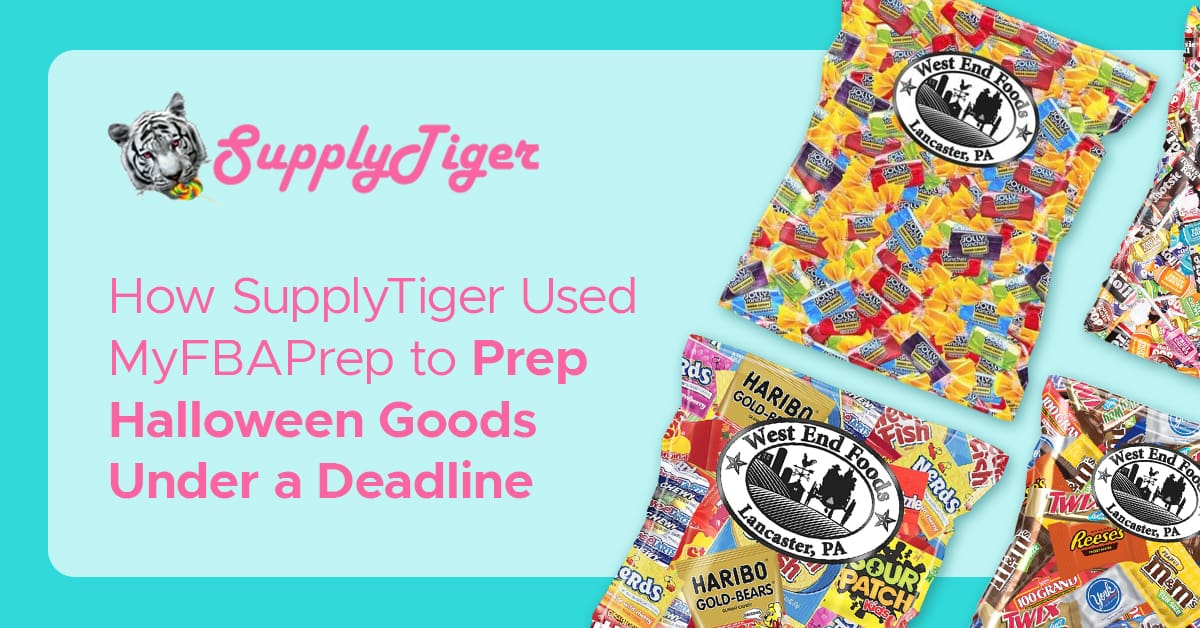
With the holidays coming up, every kid (and plenty of adults) look forward to oodles of candies, chocolates, dressing up, and fun merry-making. SupplyTiger sells candy and chocolate, costumes, and other treats in theme with holidays like Easter, Halloween, and Christmas. Earlier this year, SupplyTiger suddenly found themselves in need of efficient and cost-effective logistics...
By Rachel Andrea Go on October 26, 2023

eCommerce and multi-channel selling reign supreme in the fiercely competitive retail arena. The difference between success and failure in this industry frequently boils down to one essential factor: a meticulously honed replenishment strategy. Whether you stock physical shelves or digital storefronts, mastering the intricacies of inventory management is a necessity. Stock outages can be detrimental...
By Rachel Andrea Go on October 12, 2023
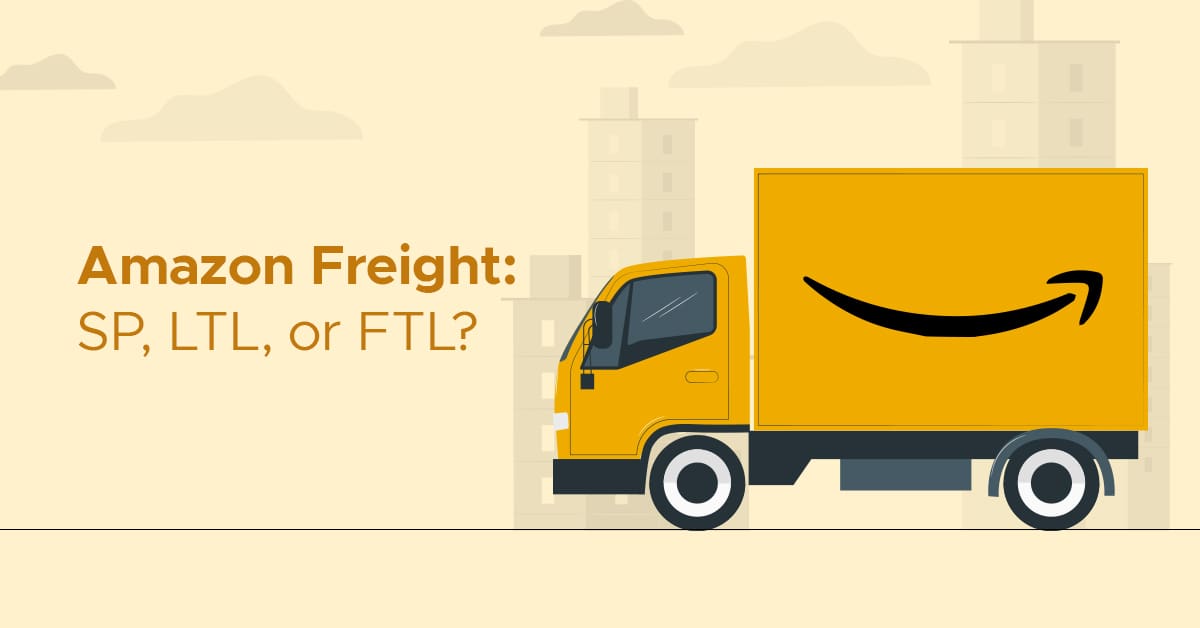
The right shipping choices are pivotal to your operational efficiency, cost-effectiveness, and overall success when venturing into Amazon selling. Amazon Freight presents three primary inbound shipping modes: Small Parcel (SP), Less Than Truckload (LTL), and Full Truckload (FTL). But which one suits your business needs the best depends on several factors. In turn, your choice...
By Rachel Andrea Go on October 10, 2023
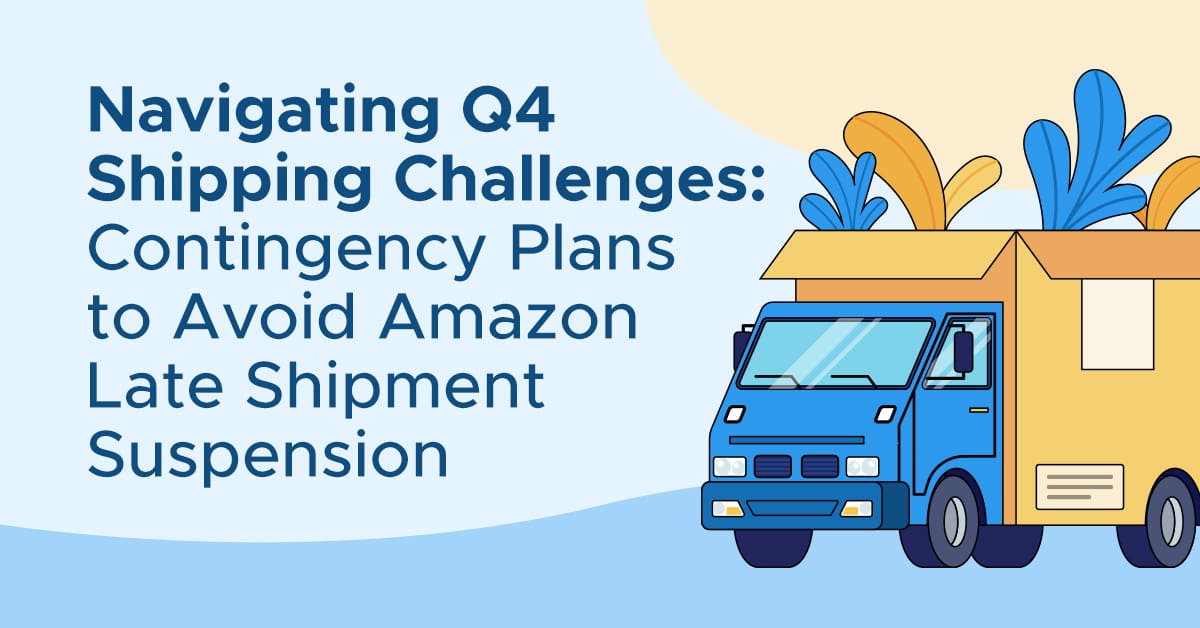
As an eCommerce retailer, Q4 is likely the most critical quarter of your financial year. In Q4 of 2022, online sales made up 14.7% of total U.S. retail sales — a noteworthy leap from the 12.9% share held during the 2021 holiday quarter. With massive shopping events like Black Friday, Cyber Monday, and others packing...
By Taylor Meeker on October 05, 2023
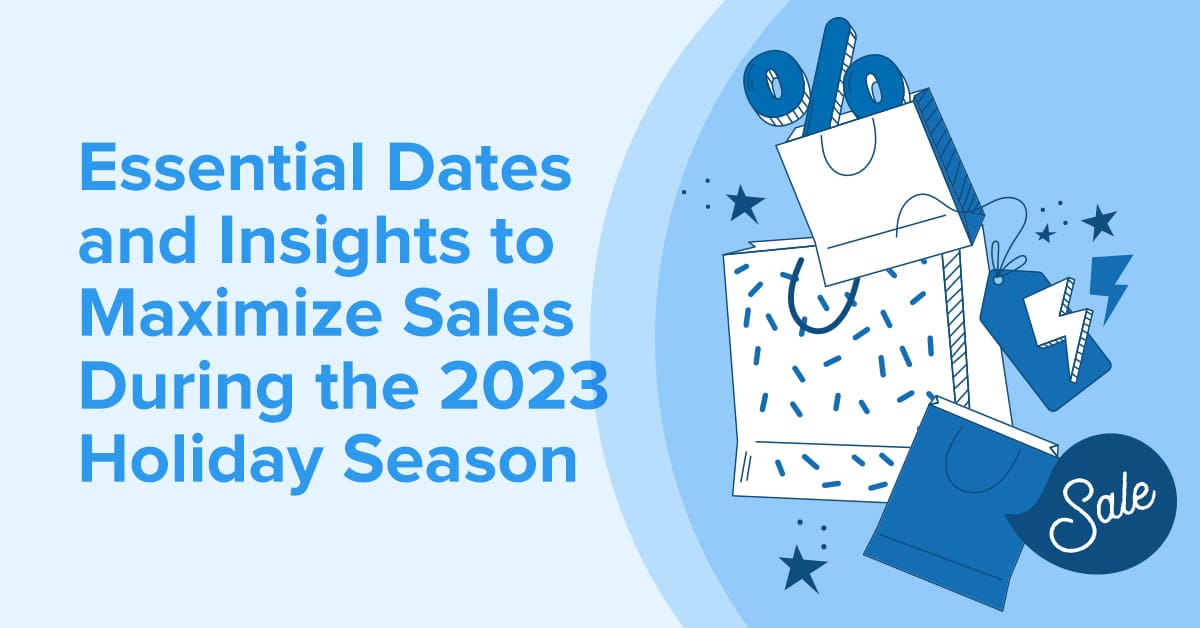
Although it may seem early, now’s the time to brace yourself for the frantic shopping spree that lies ahead. The 2023 holiday season is coming — fast. In online retail, the holiday rush is not for the faint of heart. It’s a high-stakes battlefield where meticulous planning, strategic execution, and a keen understanding of crucial...
By Rachel Andrea Go on September 28, 2023

The European eCommerce market is expected to hit USD $634.10 billion in 2023 — and that trajectory is projected to continue to climb. With a forecasted annual growth rate (CAGR) of 9.34% from 2023 to 2027, experts anticipate the market volume will escalate to USD $906.20 billion by 2027. Achieving success in one market is...
By Rachel Andrea Go on September 07, 2023

The unboxing experience has emerged as a powerful tool for eCommerce brands to differentiate themselves and leave a lasting impression on customers. In online shopping, you have to make every touch point with your customers count. That’s why crafting a stellar unboxing experience has become a key focus for businesses seeking to stand out in...
By Taylor Meeker on August 24, 2023
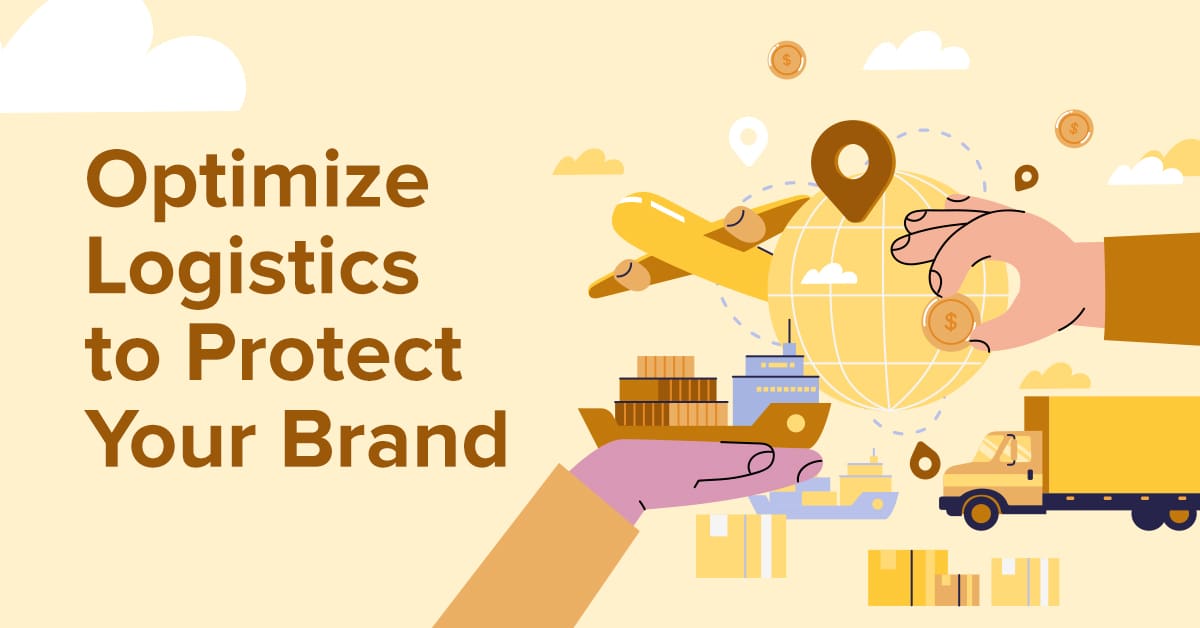
Protecting your brand integrity in the competitive eCommerce marketplace requires more than offering high-quality products and stellar customer service. Logistics is another key component of this concept that retailers often overlook. A positive delivery experience is paramount to your supply chain brand protection strategy. Nearly 84% of consumers are less likely to repurchase from a...
By Rachel Andrea Go on August 15, 2023
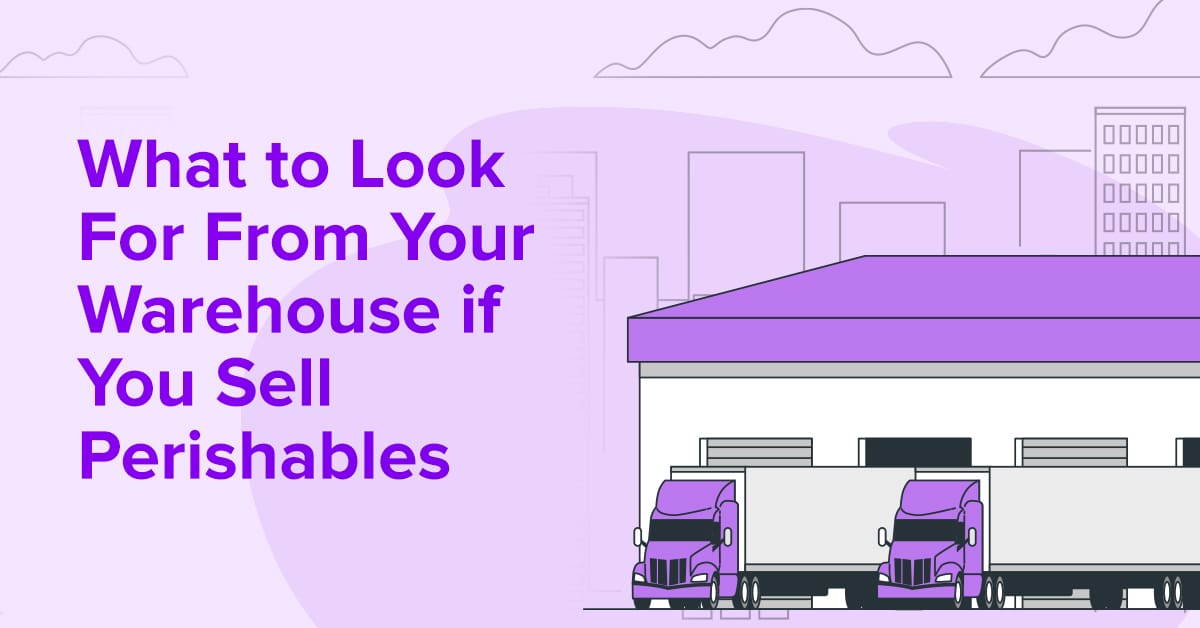
Successfully handling and selling perishable goods is a formidable challenge in the eCommerce industry, but it’s also a rewarding opportunity for sellers looking to expand into this market. As the name suggests, perishable goods are items that have a finite shelf life due to their sensitivity to environmental conditions such as temperature, humidity, and time....
By Rachel Andrea Go on August 03, 2023
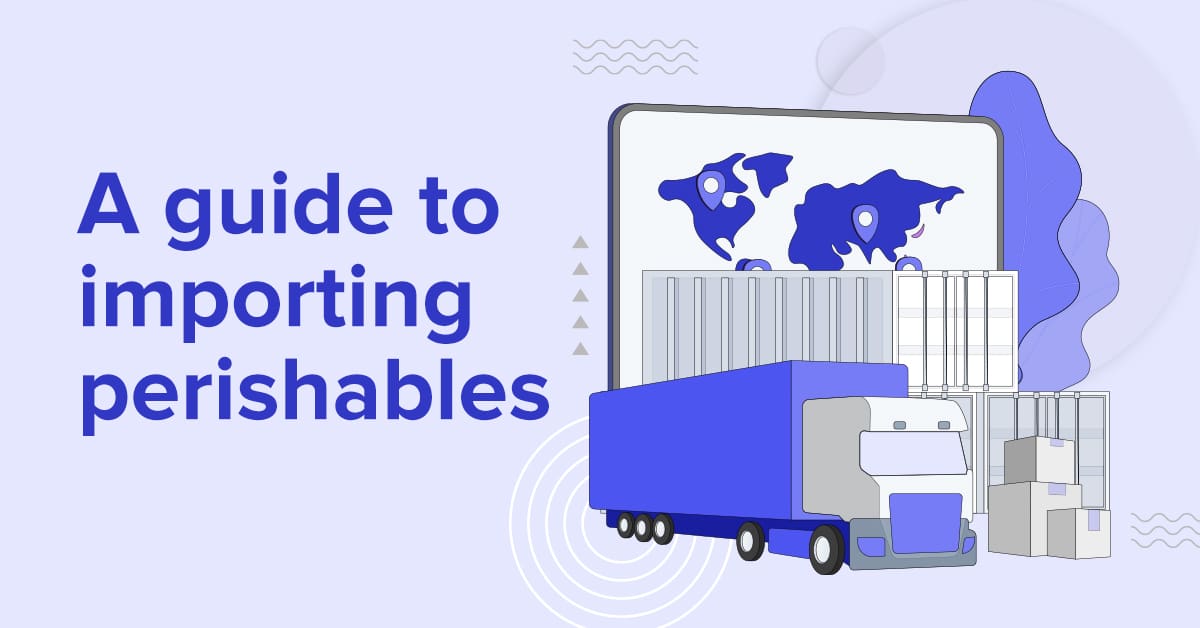
The rich aroma of your morning coffee masks a complex global journey. To reach your cup, those beans have traveled thousands of miles, crossing oceans and continents. How they maintain their freshness throughout this trek lies in the art and science of shipping perishable food. In this article, we’ll explain how to ship perishable food,...
By Taylor Meeker on August 01, 2023
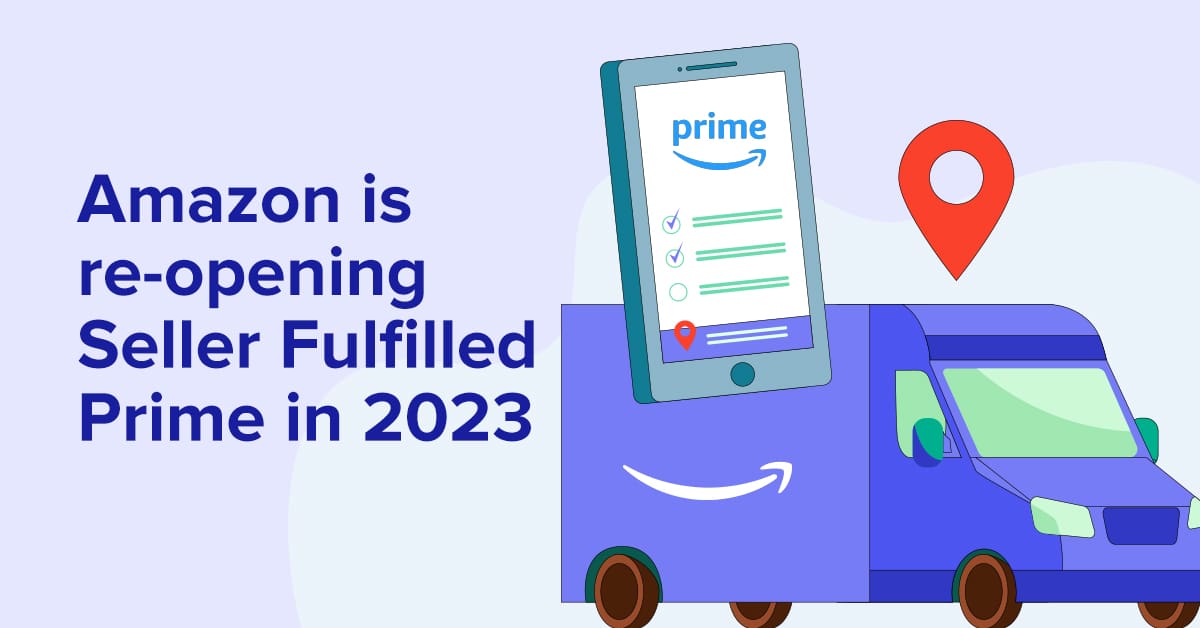
Generating billions of dollars in sales, Amazon has solidified their position as a go-to platform for online shopping worldwide. Central to that success is their Prime program, a membership service offering numerous benefits, including free two-day shipping, streaming media, and more. As of Amazon’s last public report, they had over 200 million Prime members worldwide,...
By Rachel Andrea Go on July 11, 2023
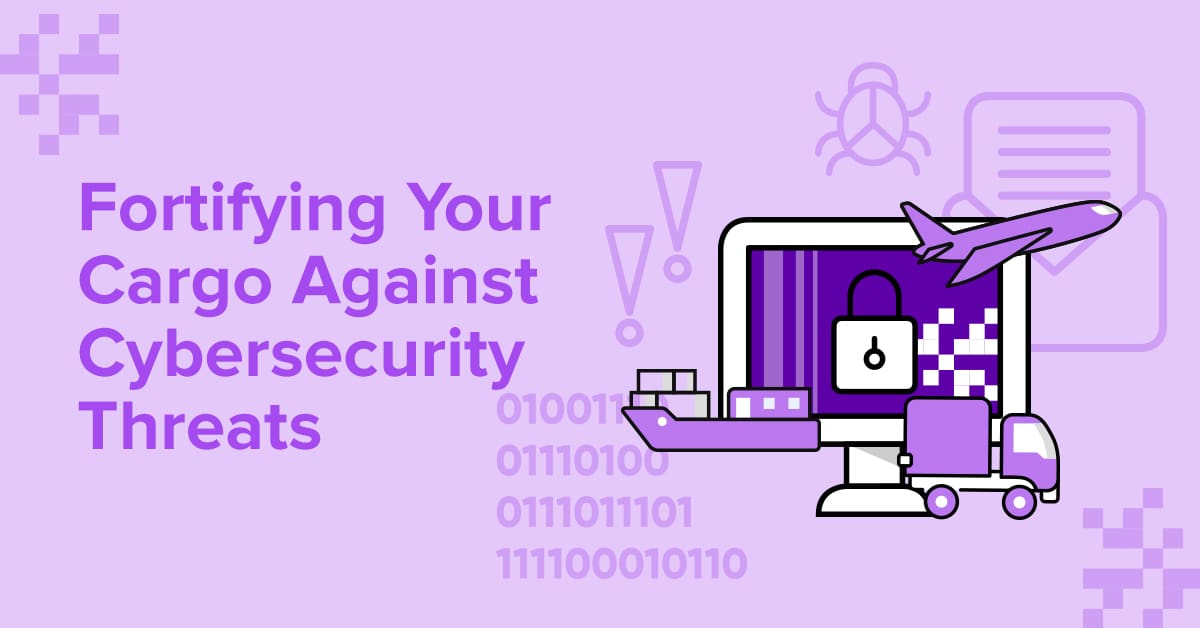
This is a guest post from David L. Buss. David is CEO of DB Schenker North America, a 150-year-old leading global freight forwarder and 3PL provider. He’s responsible for all P&L aspects in the North American region, which comprises over 7,000 employees located throughout 39 forwarding locations and 55 logistics centers. Over the past few years,...
By Guest on June 20, 2023
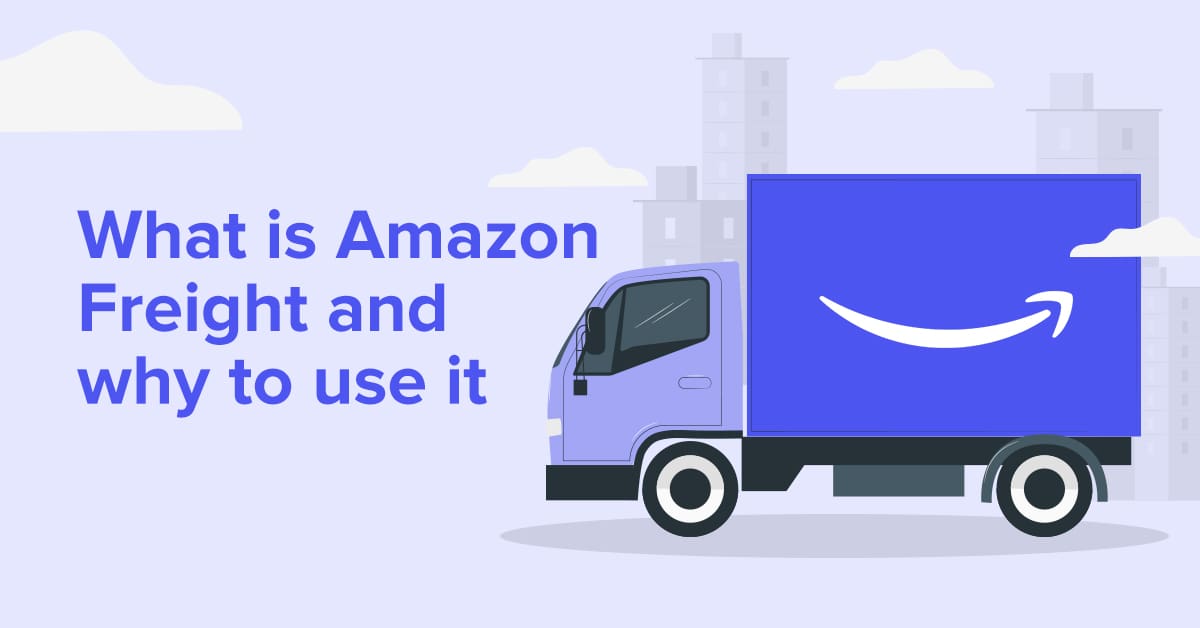
Over two-thirds (69%) of online shoppers are less likely to make a return purchase with a retailer if an order fails to arrive within two days of the estimated delivery date. As an eCommerce seller, navigating the complex shipping landscape can feel daunting. With Amazon Freight, however, the journey becomes much smoother. If you’re seeking...
By Rachel Andrea Go on June 06, 2023
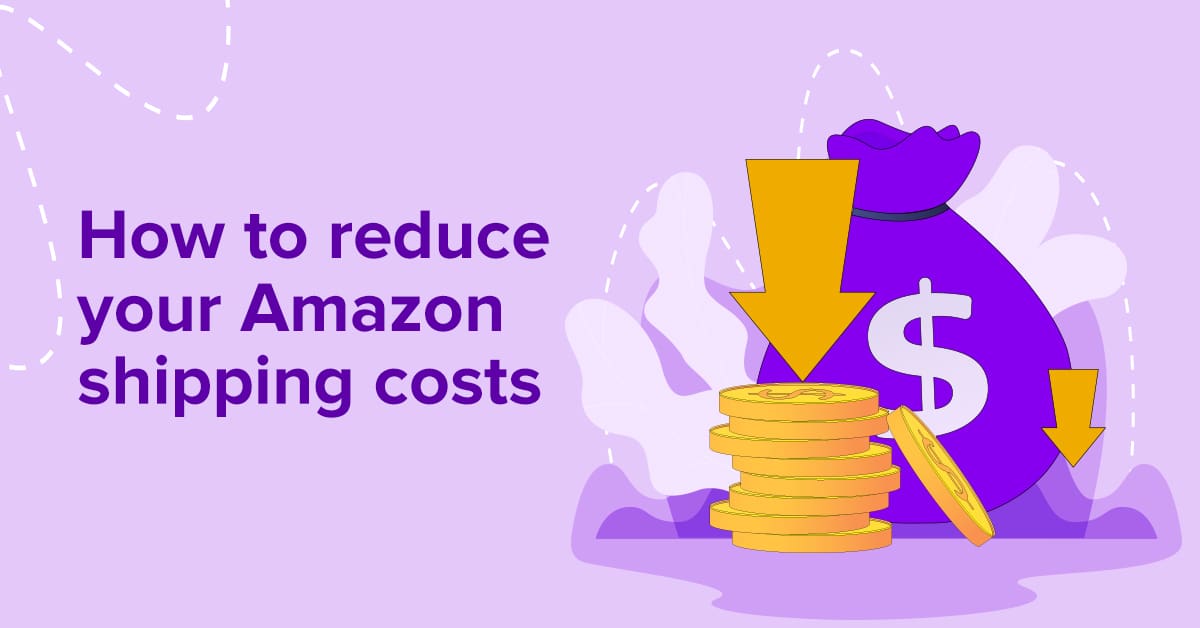
Shipping costs play a significant role in attracting and retaining eCommerce customers. By cutting your logistical expenses, you can increase your profits and differentiate your products from your competitors, which helps you stand out in a crowded market. Read on to learn some top tips to reduce your Amazon shipping costs, from leveraging Amazon’s programs...
By Taylor Meeker on May 18, 2023
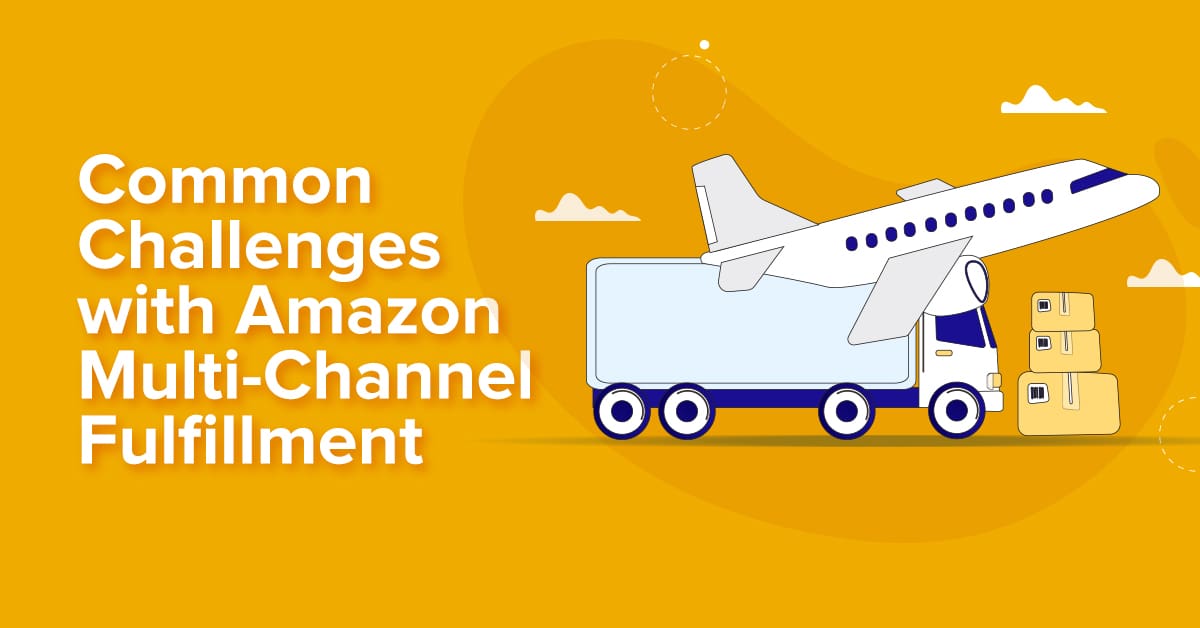
Amazon is a major player in the eCommerce industry, providing online sellers with a massive platform to reach millions of customers across the globe. One of its most popular services is Amazon Multi-Channel Fulfillment (MCF), which allows sellers to take advantage of Amazon’s vast fulfillment network to complete orders from other sales channels. Amazon MCF...
By Rachel Andrea Go on May 16, 2023
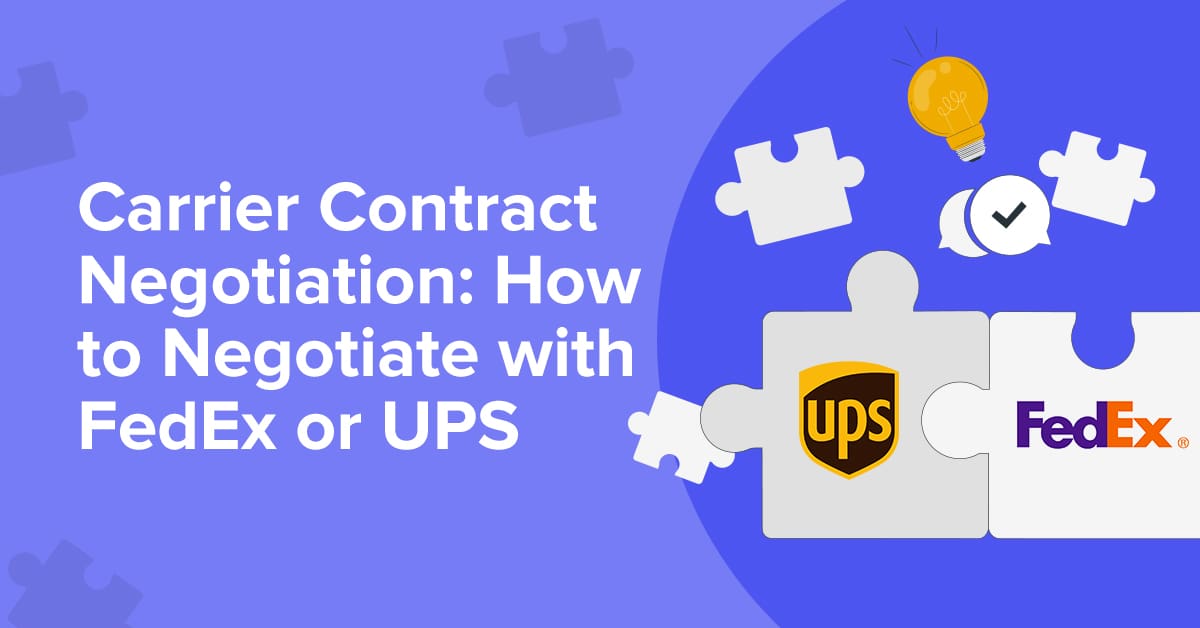
This is a guest post from Refund Retriever President Brian Gibbs. Brian founded Refund Retriever in 2006 while running his first eBay-based business and seeing the shortcomings of other shipment auditing companies. Refund Retriever’s primary focus is FedEx and UPS parcel invoice auditing. Gibbs has been featured in Forbes, Entrepreneur, and other publications discussing parcel auditing,...
By Guest on April 27, 2023
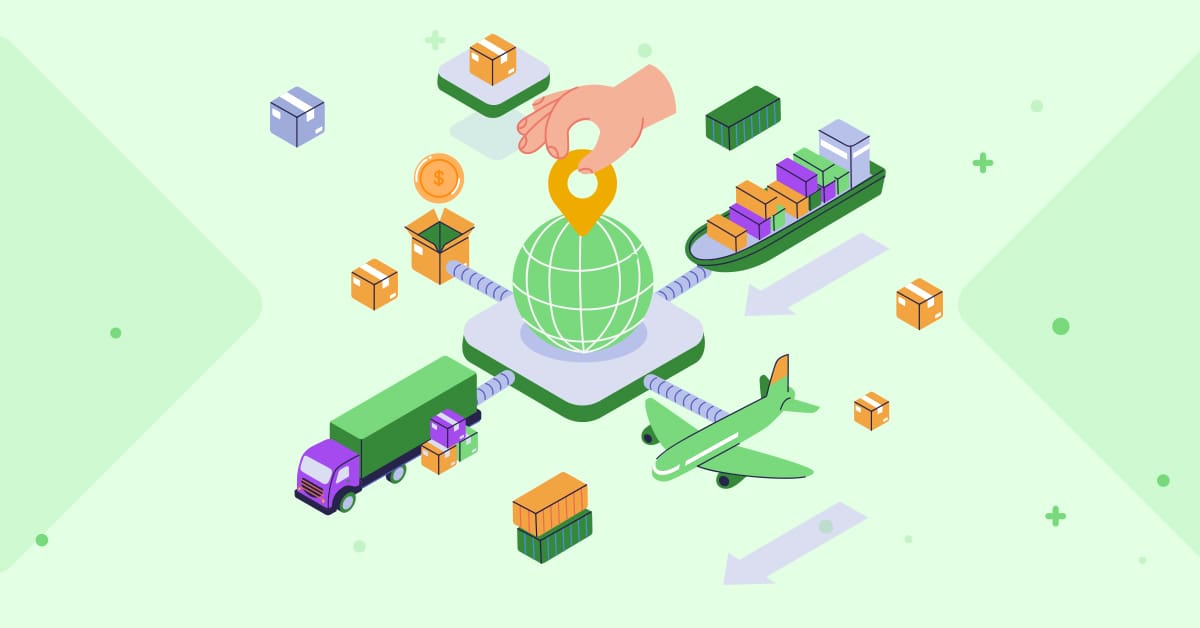
As customer expectations evolve, eCommerce retailers must adapt by implementing advanced solutions that cater to their clientele’s growing demands. One aspect that plays a vital role in achieving this is logistics management, with third-party logistics (3PL) providers emerging as indispensable partners for online merchants. To better understand eCommerce sellers’ current priorities, challenges, and objectives, we...
By Rachel Andrea Go on April 18, 2023
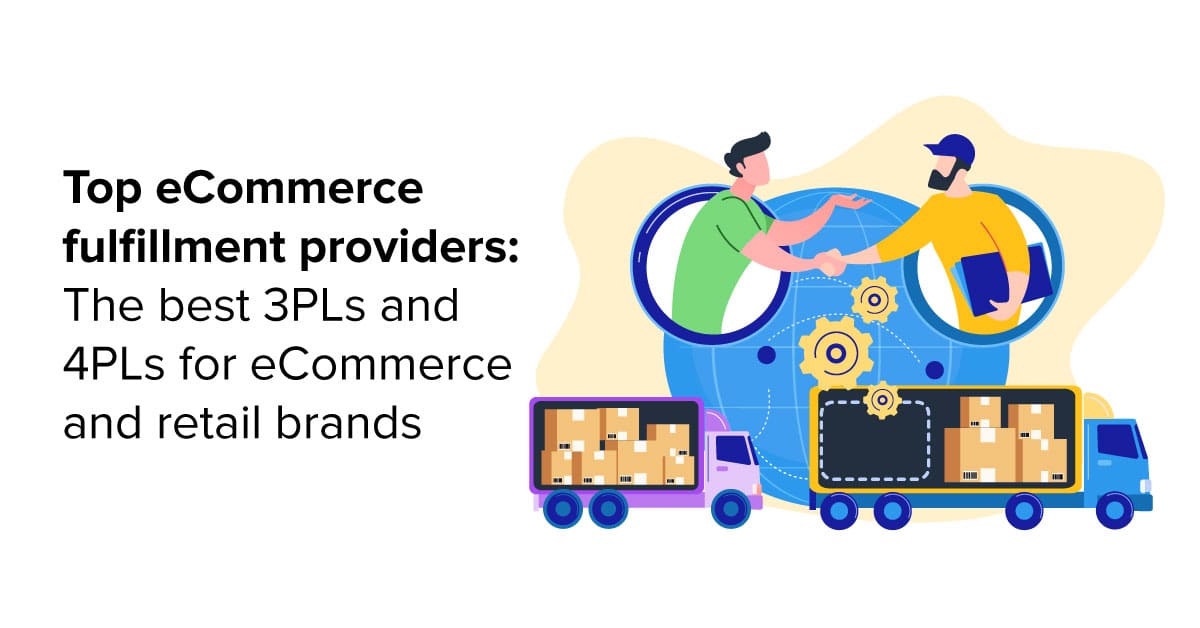
Customer expectations for shopping experiences are higher than ever. Fast, reliable, and trackable deliveries are just some of the perks customers assume as standard. These assumptions have become so mainstream that 42% of shoppers leave their carts due to issues with the estimated delivery date, while 24% abandon orders due to no delivery date provided....
By Rachel Andrea Go on April 04, 2023
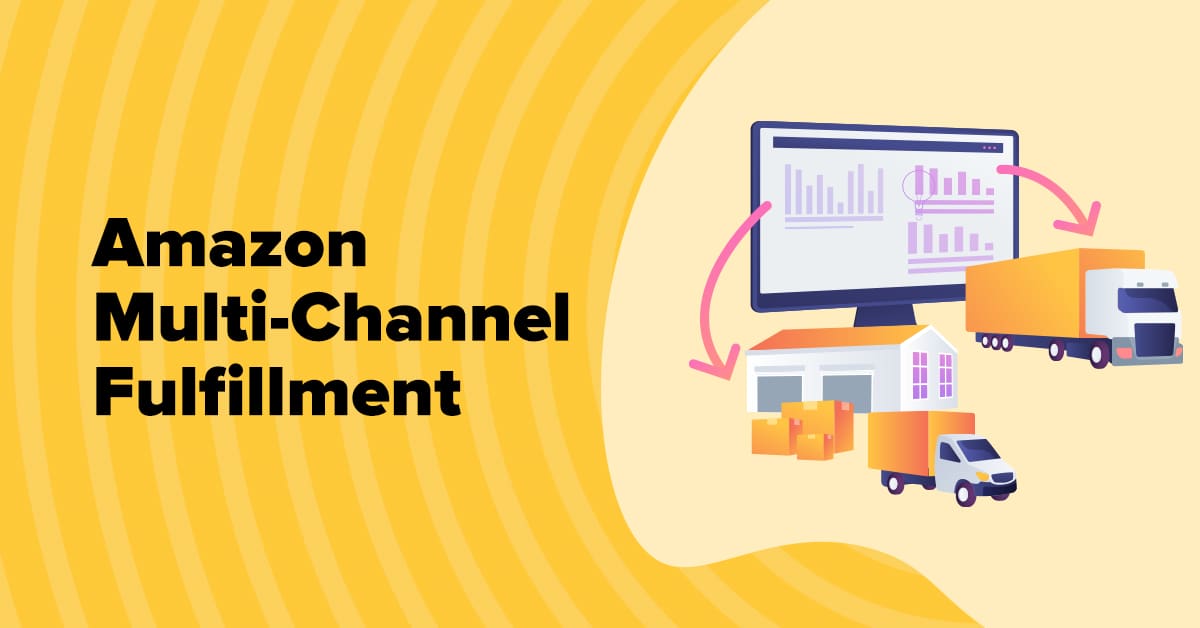
If you’re an eCommerce business owner, you’ve probably heard rumblings about Amazon Multi-Channel Fulfillment (MCF) and how it can help you grow your business. But you might be wondering, What exactly is Amazon MCF, and how can it benefit my business? In this blog post, we’ll answer those questions and more. Don’t have time to...
By Rachel Andrea Go on February 28, 2023
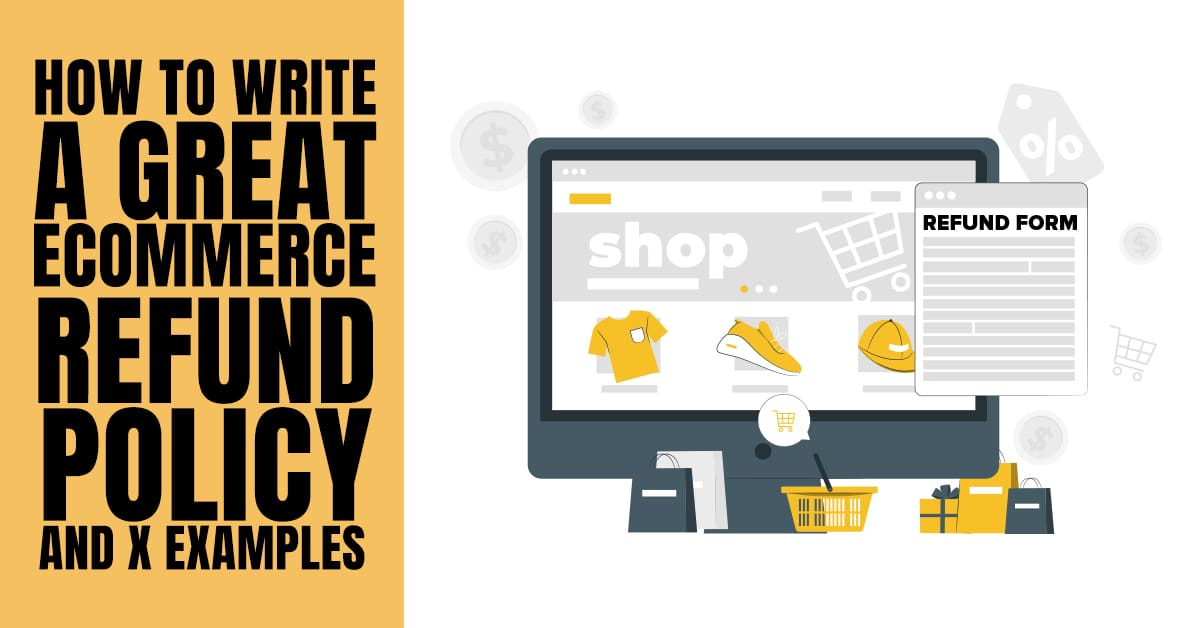
Imagine you’re standing in line at a store preparing to purchase an item and you have some doubts in the back of your mind. Perhaps you’re worried it won’t match the color scheme of your home, or maybe it’s an article of clothing that, once you try it on later, doesn’t flatter the way it...
By Rachel Andrea Go on January 31, 2023
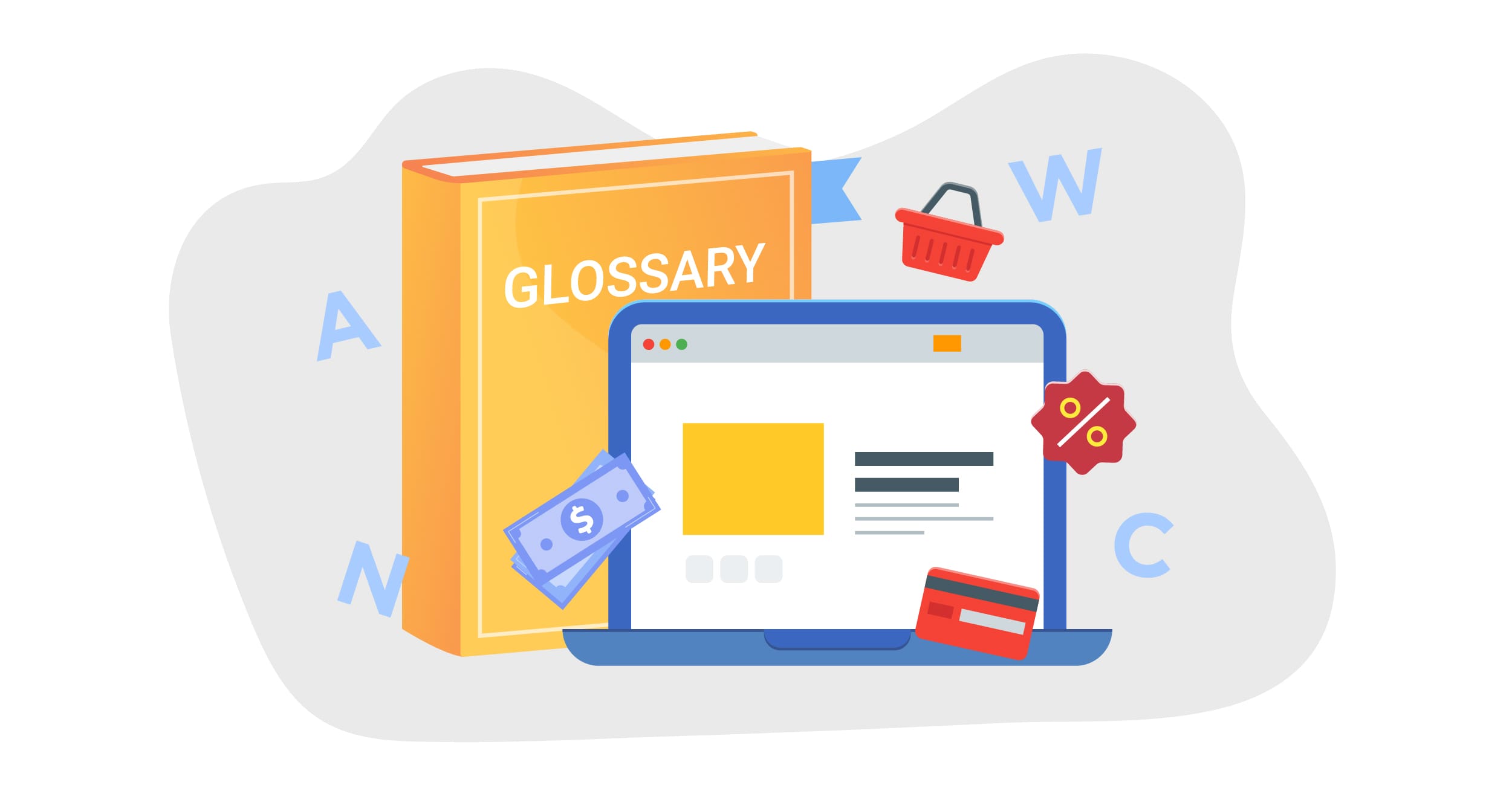
If you’ve been in the eCommerce world for a while, you know the space comes with its own terminology, methodologies, strategies, and tactics. There are many to learn, understand, and implement to ensure your eCommerce business reaches its full potential. So, to get you up to speed, we’ve put together a comprehensive eCommerce glossary. Let’s...
By Rachel Andrea Go on January 26, 2023
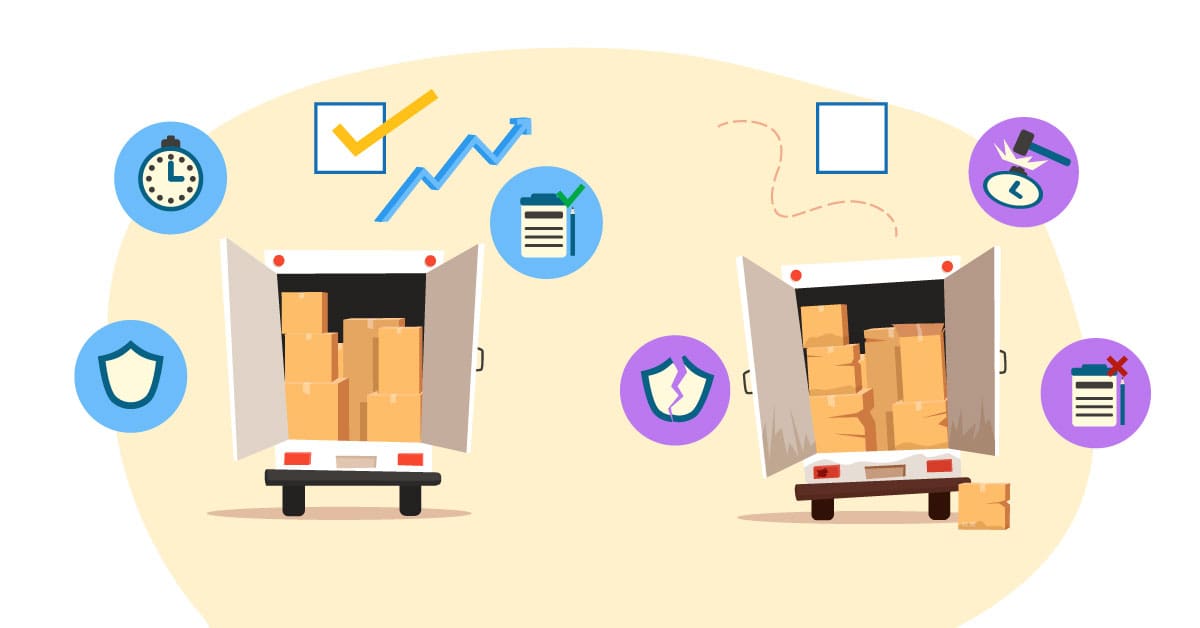
As more players enter the eCommerce market, it’s essential to find ways to stand out. There’s one area that online stores notoriously neglect that can give your brand a competitive edge; fulfillment. Just 28% of people surveyed by DigitalCommerce 360 said they were completely satisfied with their online order delivery experiences. Clearly, there’s a lot...
By Rachel Andrea Go on January 05, 2023
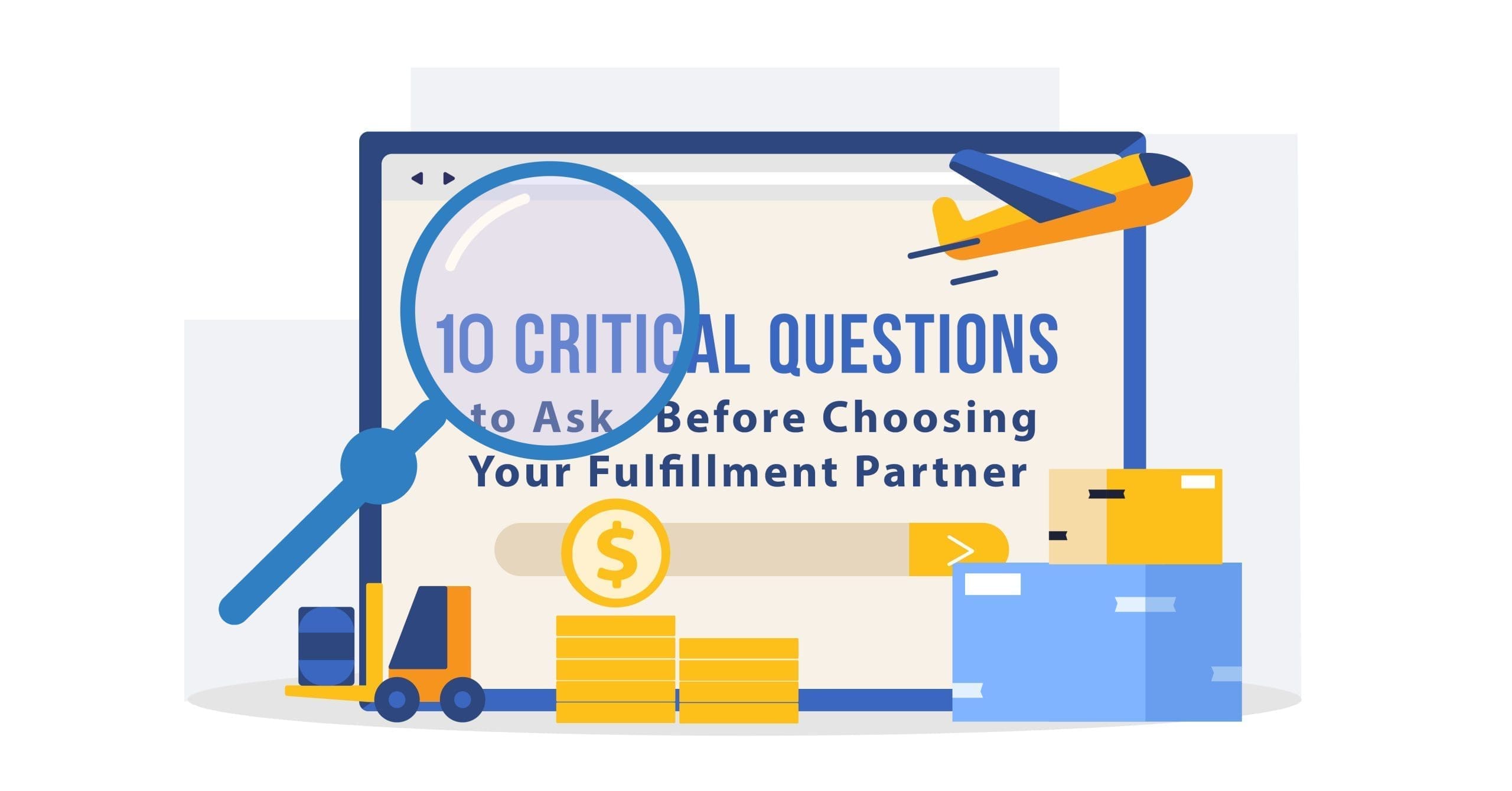
Fulfillment is an important consideration for buyers. They judge companies based on the speed, cost, efficiency, and trustworthiness of their shipping and return options — and they have high expectations. So much so that over 90% of shoppers expect their items in less than a week. Moreover, 53% of shoppers have canceled an order when...
By Rachel Andrea Go on January 03, 2023

Whether you run a marketplace behemoth or an up-and-coming eCommerce brand, there’s one thing you can’t avoid. Shipping costs. Rising fulfillment costs remain a cloud over eCommerce businesses, sapping up as much as 18% of every dollar earned. To make the situation even more complex, 62% of shoppers expect fast, free shipping and are willing to...
By Rachel Andrea Go on December 15, 2022
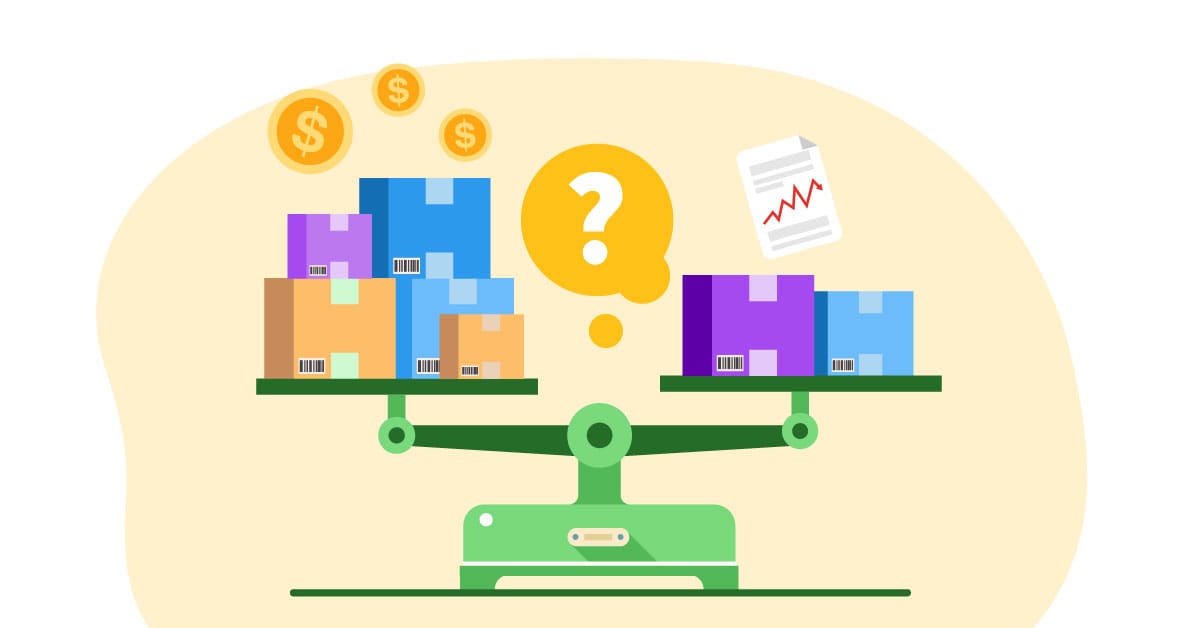
Managing inventory is one of the most important aspects of a thriving eCommerce business, but most entrepreneurs have little experience in it when they launch. Effective inventory management can help you optimize how and when you order inventory to reduce overhead, risk, and thus total costs. The calculation most inventory managers rely on for this...
By Rachel Andrea Go on December 13, 2022
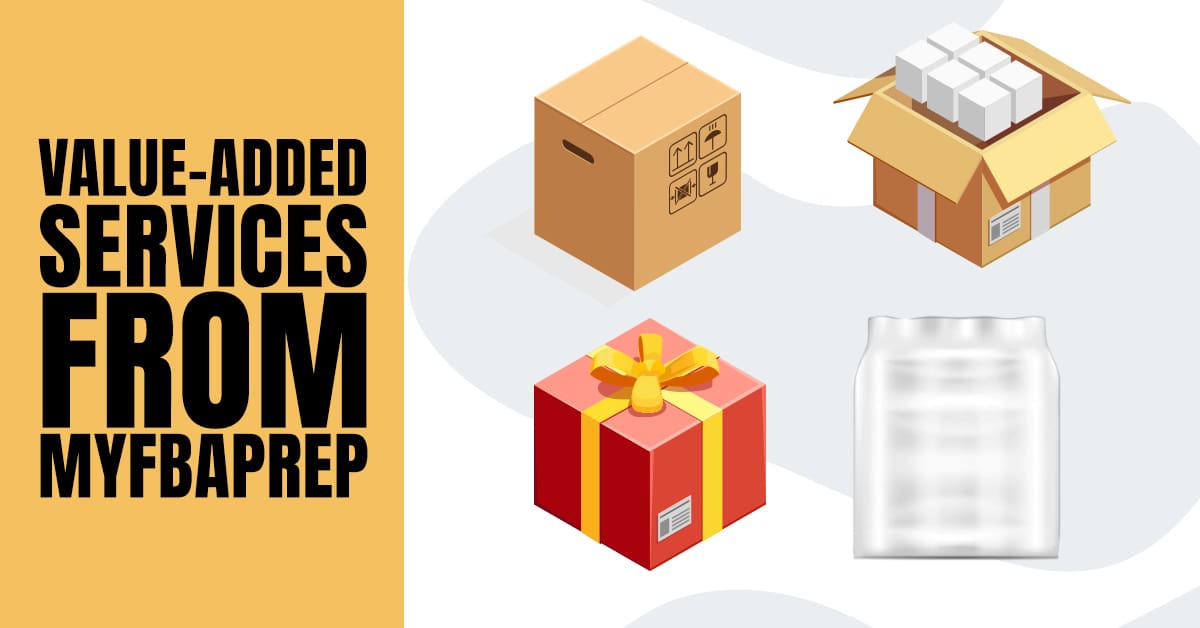
Do you know how many stores are on Shopify? 3.9 million and counting. And, let’s not forget the 1.9 million active Amazon sellers. Looking at these numbers, it’s clear that eCommerce is thriving. As the online selling world becomes increasingly crowded, some brands have learned a hack that gives them a much-needed edge. Efficient fulfillment....
By Tom Wicky on December 01, 2022
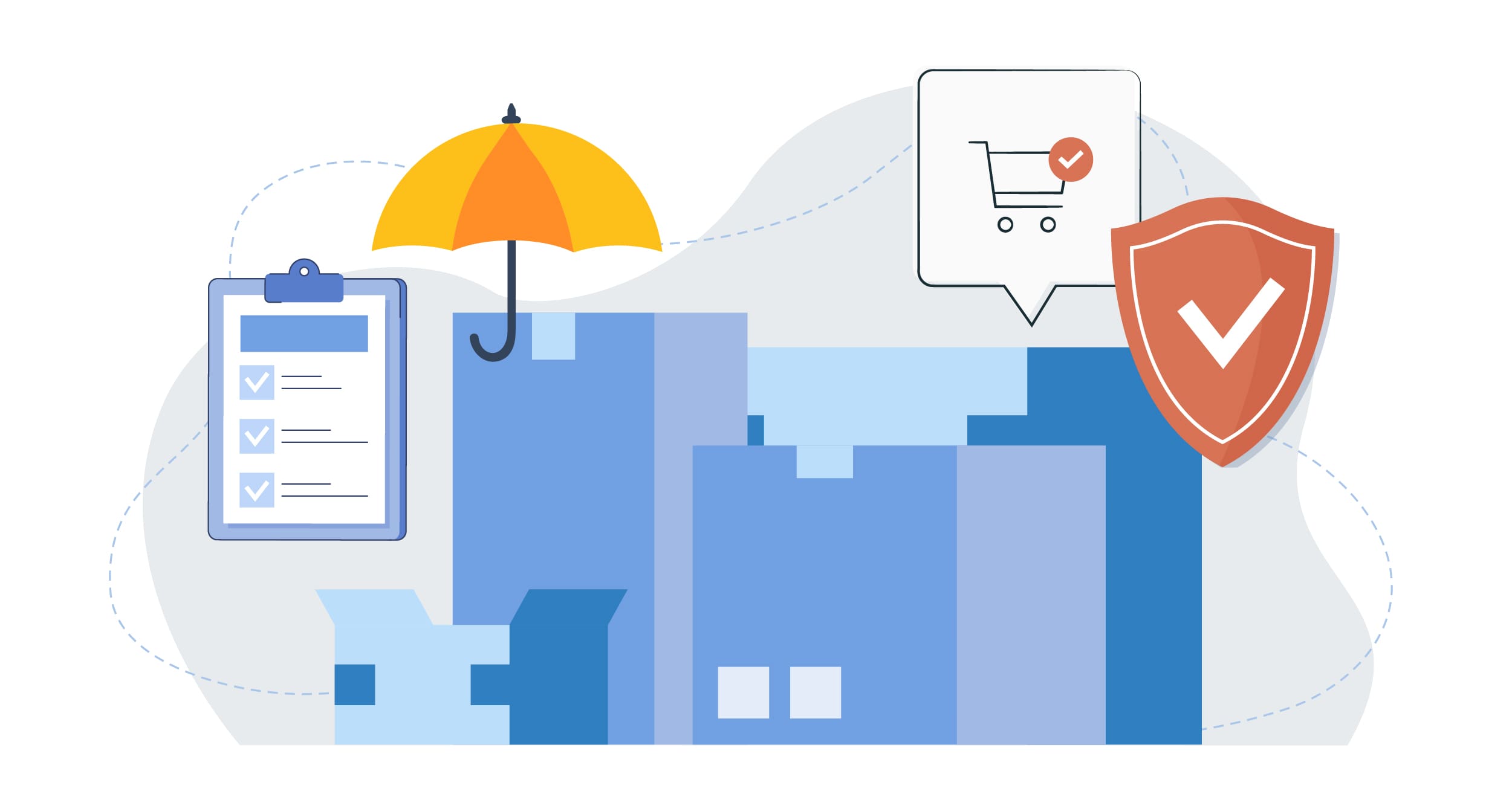
Ever suffered a stock loss? If so, you’re not alone. In 2020, 15% of U.S. retailers experienced an inventory shrink of 3% or higher, and only 10% said they saw stock losses between 1% and 1.24%. These figures may not sound like much, but losses can rack up to eye-watering amounts when operating with high...
By Rachel Andrea Go on November 17, 2022
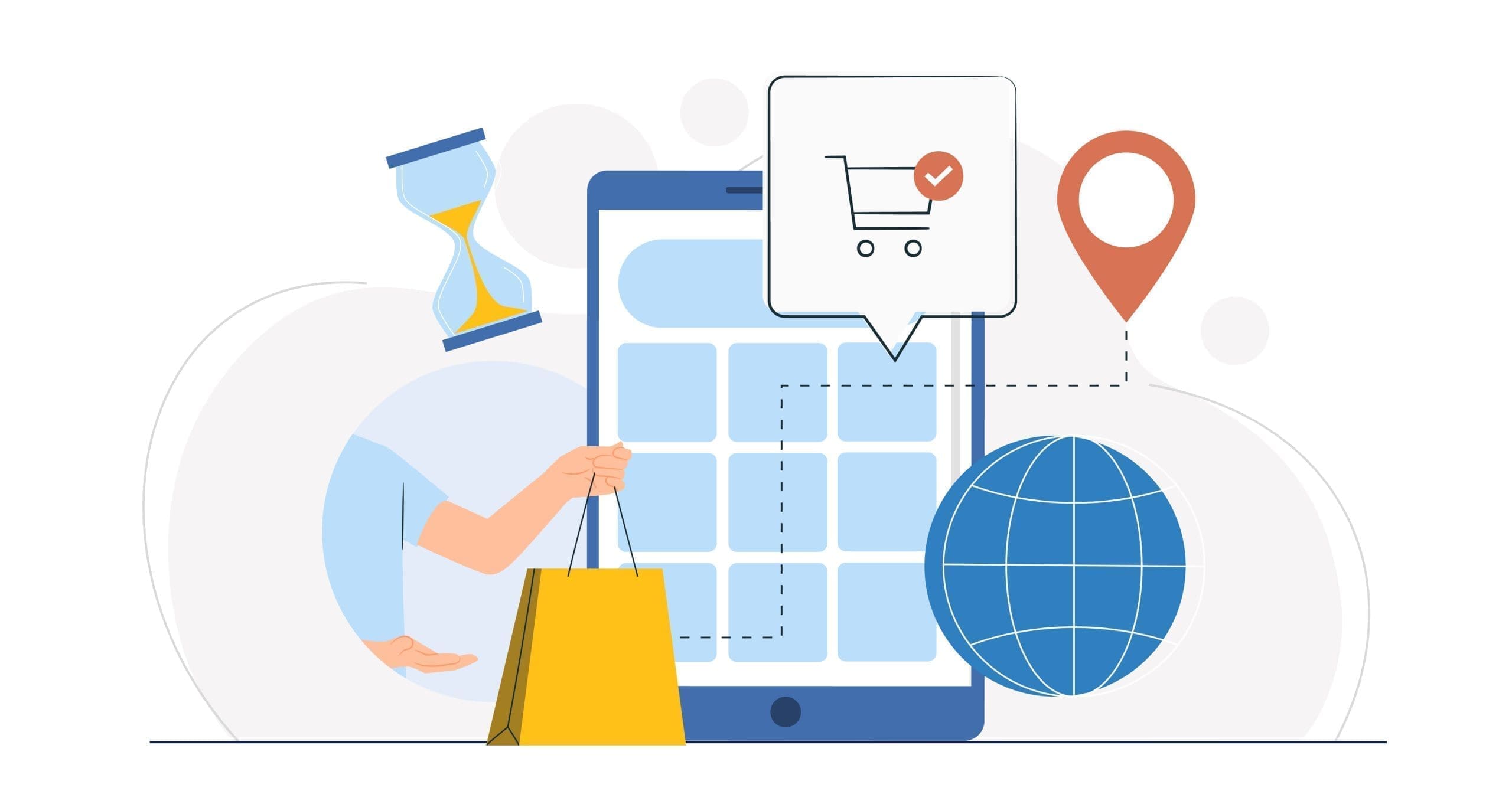
Demand is high. Orders are rolling in. Yet, stock levels are at zero and the warehouse shelves are empty. What do you do? Sell through and ship items later, or put all orders on hold until stock levels are replenished? Selling products when you don’t have inventory can be a risky retail strategy. Implement a...
By Rachel Andrea Go on September 29, 2022
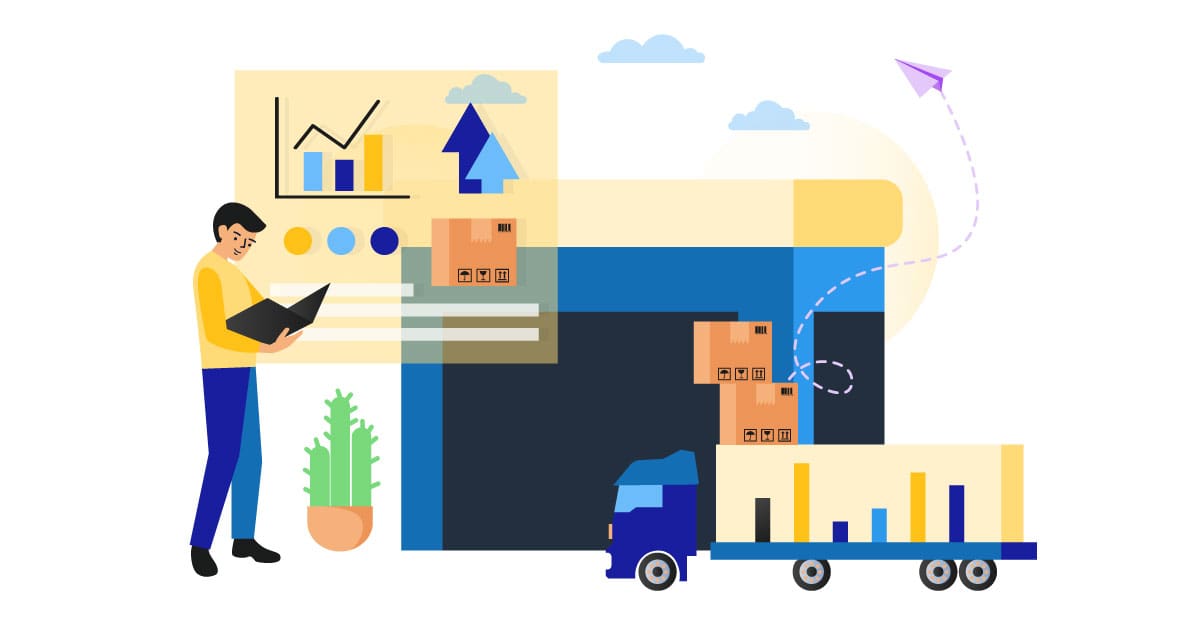
The secret is out — eCommerce is on the up. Digital buyers have soared from 1.3 billion in 2014 to 2.14 billion in 2021, and sales are set to reach $7.3 trillion by 2025. But a lesser-known fact is that supporting services like 3PLs are also expanding and elevating, with the 3PL industry set to...
By Rachel Andrea Go on September 01, 2022
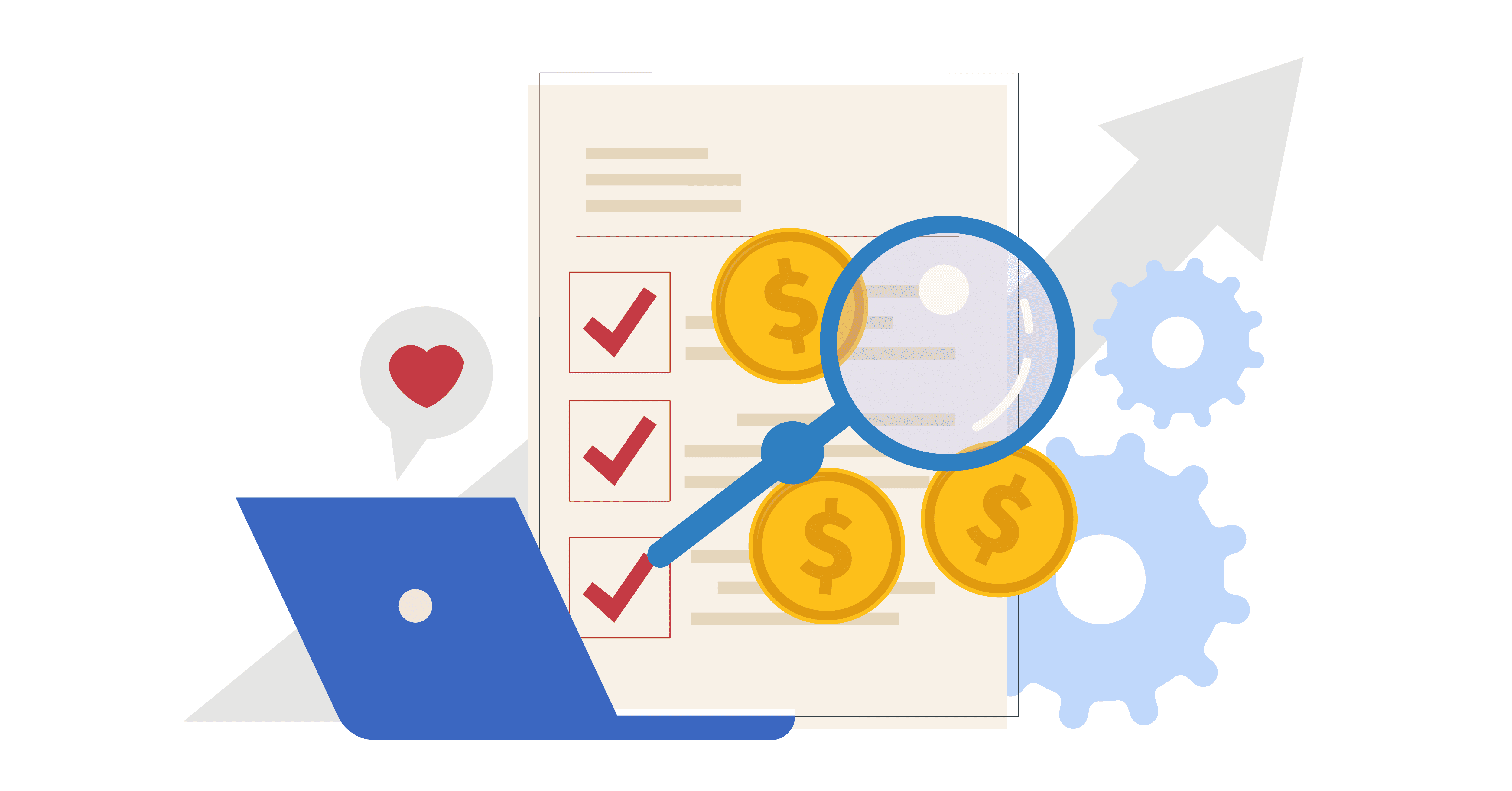
Debating an eBay debut for your brand? If so, it’s easy to see why. With over 159 million users and 19 million sellers plus $10.4 billion in revenue in 2021, eBay holds a world of opportunity for ambitious eCommerce entrepreneurs. When competing in such an expansive marketplace, it’s vital to stand out and make a...
By Rachel Andrea Go on August 18, 2022
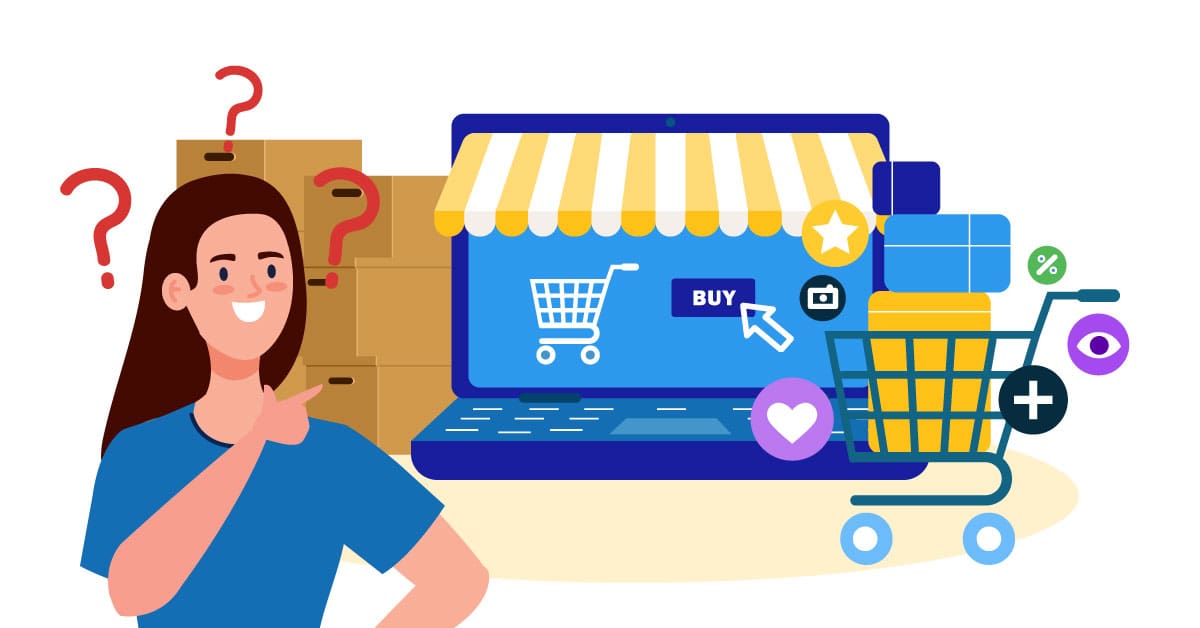
If you work with suppliers or buy stock from manufacturers, you probably have experience with minimum order quantities (MOQs). eCommerce sellers are often faced with MOQs when working with suppliers. Whether ordering boxes for shipments or restocking your product lines, suppliers often set MOQs you need to reach before ordering. However minimum order quantities aren’t...
By Rachel Andrea Go on August 09, 2022
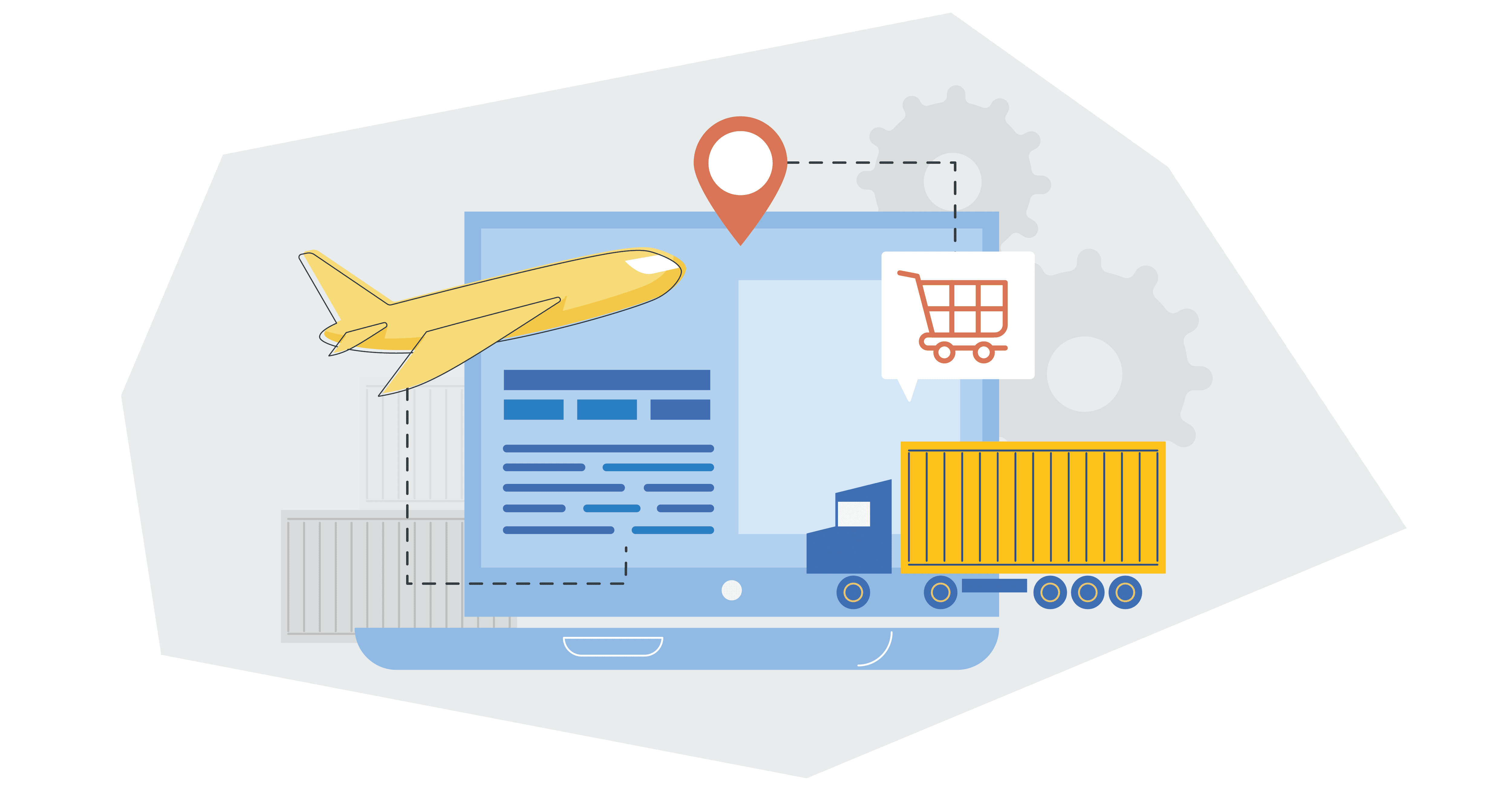
Over the past few years, with a pandemic thrown in the mix, consumers have heavily transitioned to online shipping. With large eCommerce businesses making shopping so convenient and enjoyable for the consumer, this transition is here to stay. However, despite the bulk of orders being made online, the fulfillment of these orders still requires a...
By Rachel Andrea Go on July 21, 2022
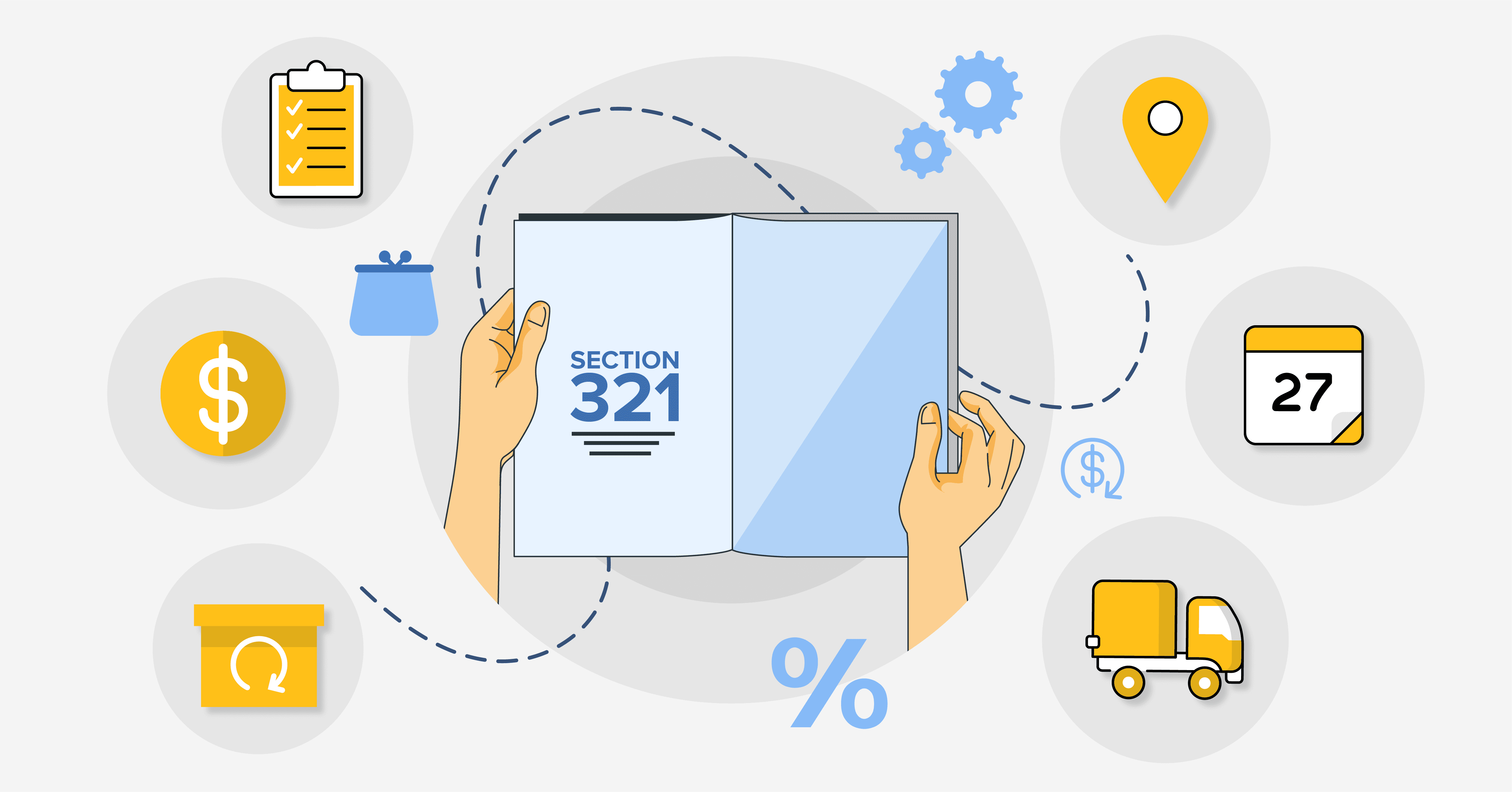
Improving your profitability by minimizing fulfillment costs and streamlining logistics is vital for any eCommerce business. On the other hand, when shipping your goods from overseas, such initiatives can become difficult. These challenges can be attributed to customs duties and taxes, which make cross-border shipments much more costly. However, with Section 321, a law by...
By Rachel Andrea Go on July 05, 2022
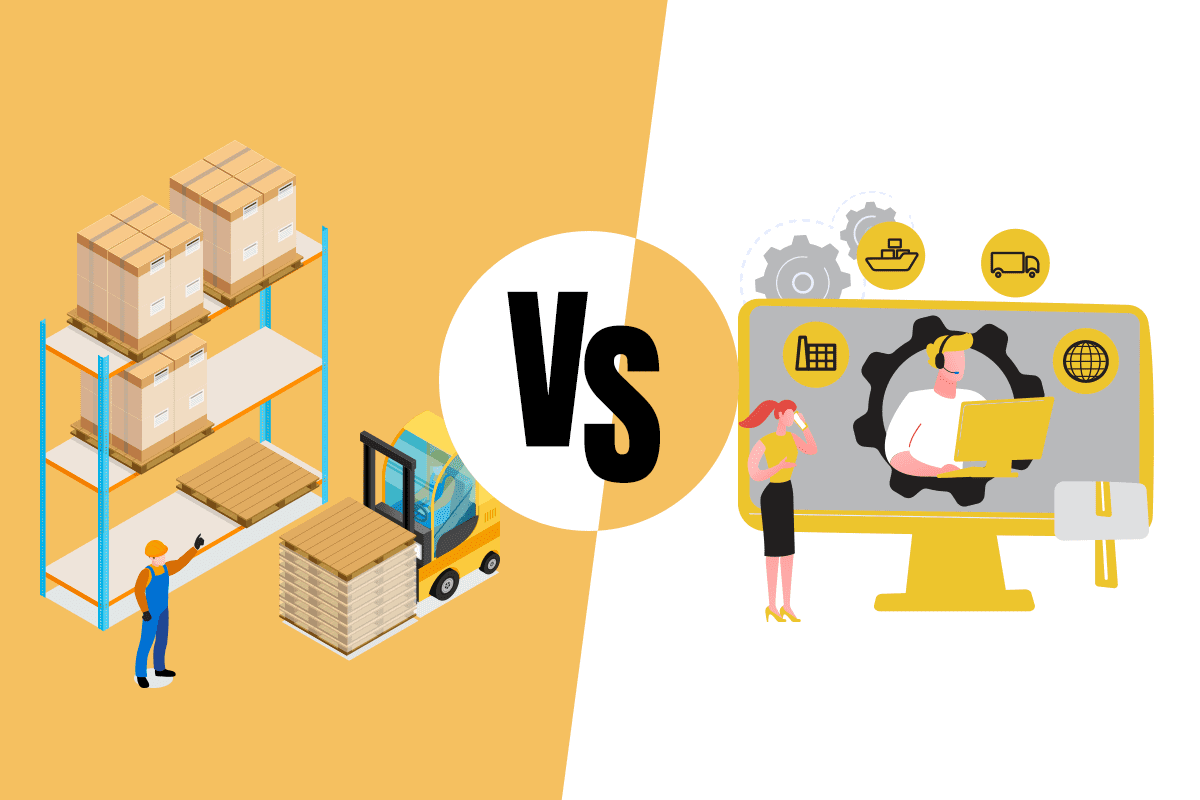
Over the last two years, global supply chain chaos has upset world commerce. Very few came out unscathed, as 75% of businesses took major blows to their manufacturing, and managing logistics still remains a challenge. Competition has become stiffer in the post-COVID market as brands clamor to regain ground and scoop up their competitor’s market...
By Rachel Andrea Go on June 30, 2022
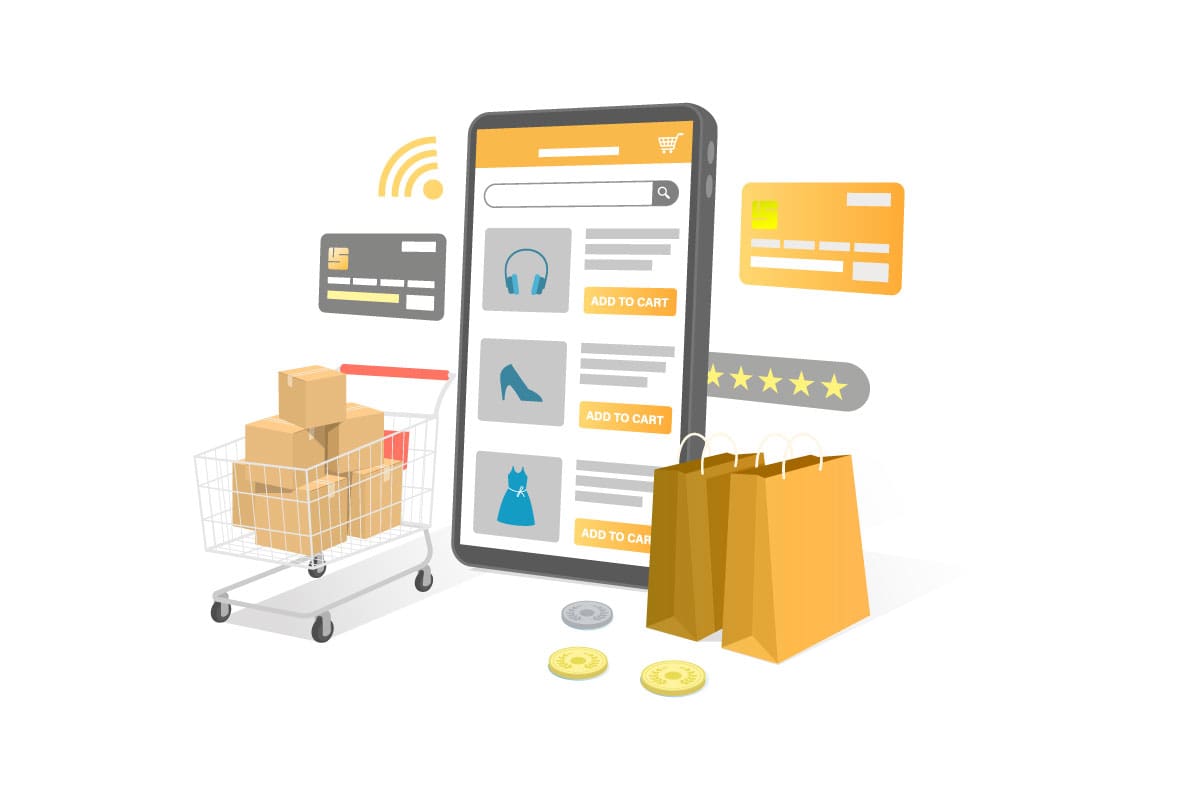
This is a guest post from Alex Senn. Alex is the CEO of SKUSavvy, a mobile warehouse and fulfillment management platform for modern brands to maintain inventory, streamline fulfillment, and continually push the envelope of what a small to medium-sized brand can do within their fulfillment centers. For most merchants, it’s easy to operate in...
By Guest on May 31, 2022
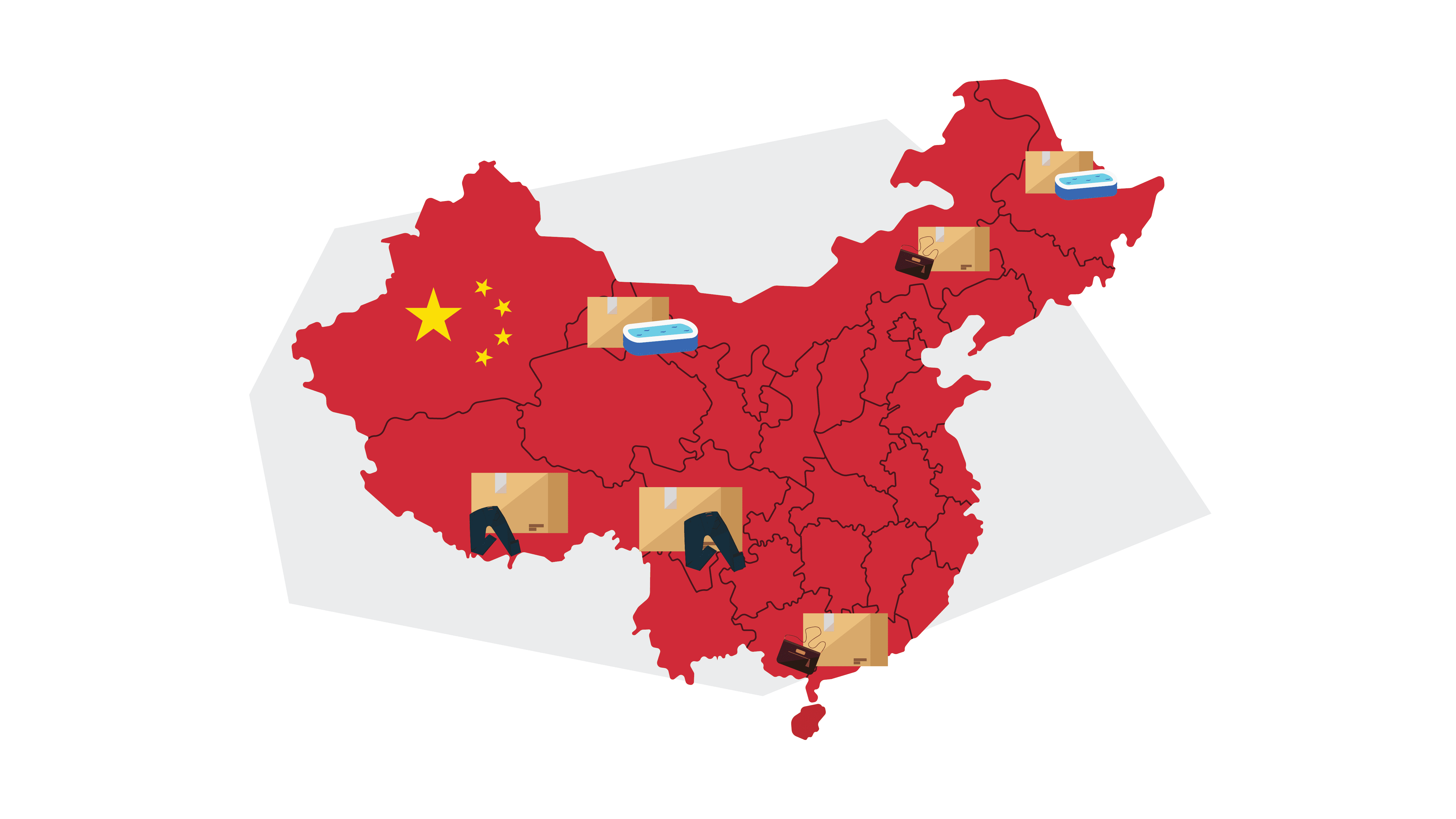
This is a guest post from Leeline Sourcing. Leeline Sourcing is a sourcing partner that can help eCommerce merchants tap into valuable Chinese markets and suppliers with faster, more effective results. After joining the World Trade Organization (WTO), China became the world’s largest manufacturer. It’s not wrong to call China the “world’s factory.” China remains...
By Guest on May 30, 2022
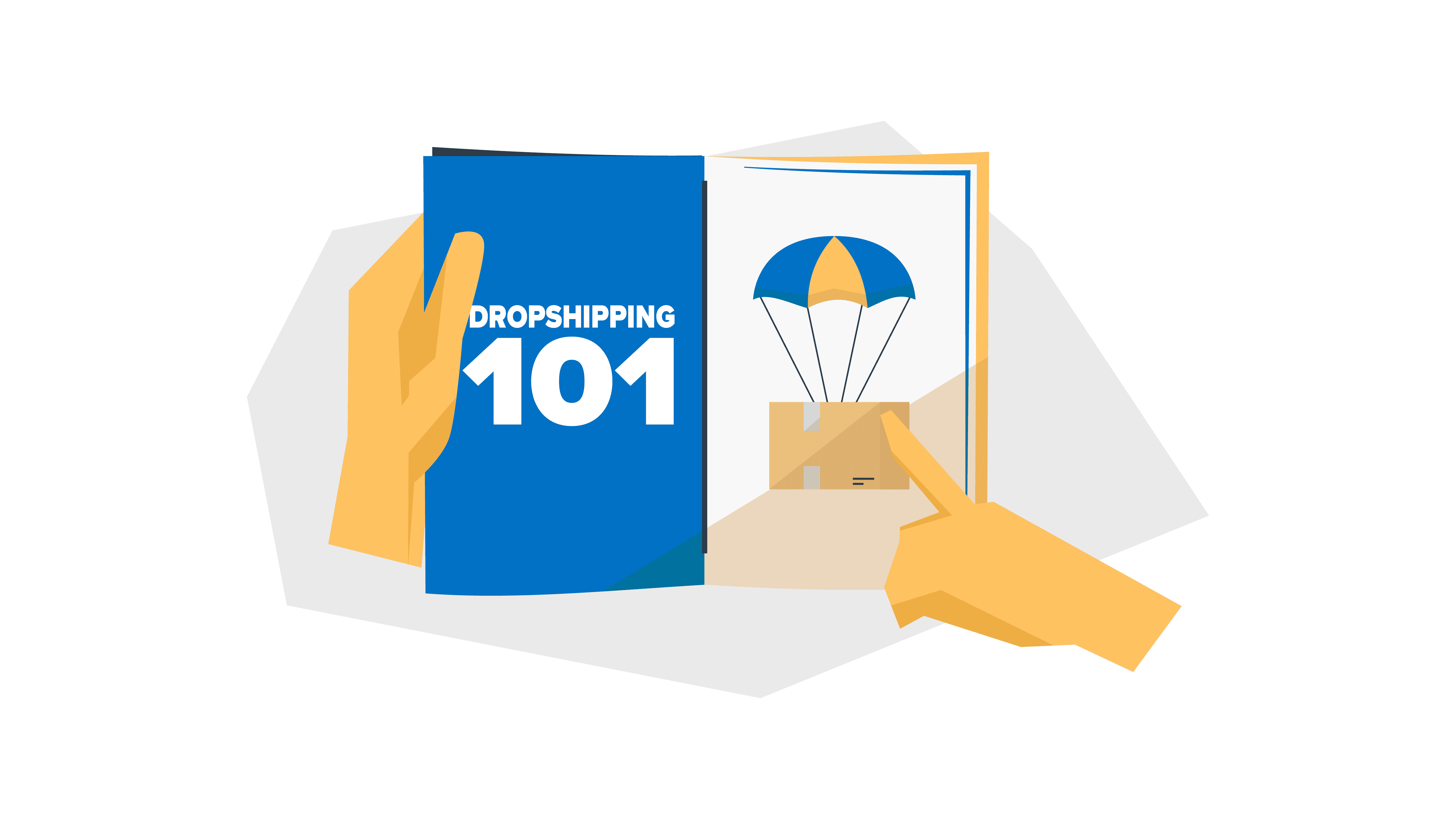
Projected to reach a market size of $557.9 billion by 2025, dropshipping is an eCommerce strategy taking the world by storm — and it isn’t slowing down anytime soon. Whether you actively run an eCommerce business or you’re just looking to get started, you may benefit from jumping on the dropshipping bandwagon. Starting a dropshipping...
By Rachel Andrea Go on May 26, 2022
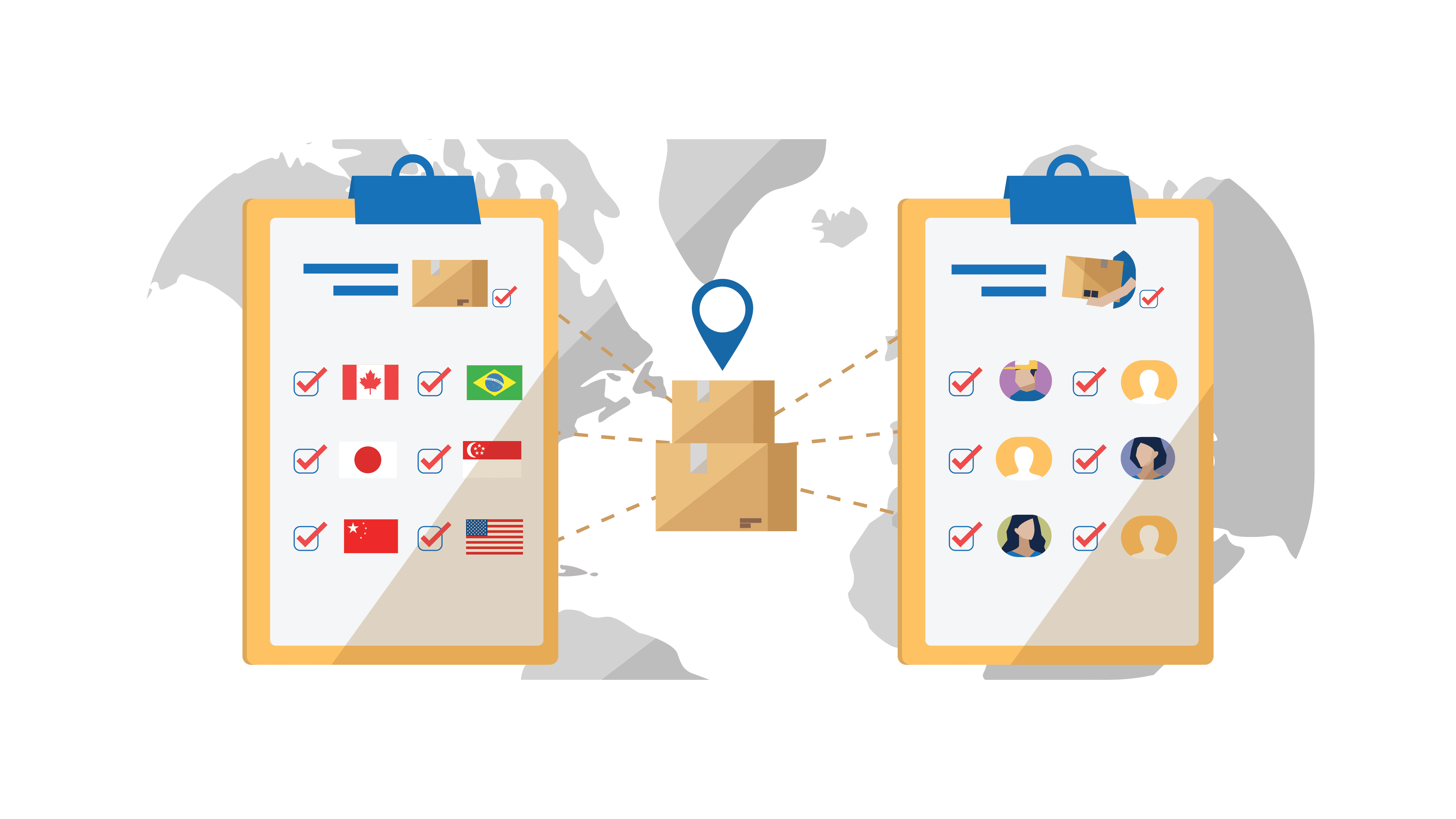
Despite pandemic restrictions tapering off and shoppers returning to stores in person, people continue to buy online more than ever before. U.S. eCommerce sales grew by 14.2 percent in 2021. Selling omni-channel (that is, everywhere) has never been more important, and retailers are challenged to adopt this strategy effectively in the midst of so many...
By Rachel Andrea Go on April 07, 2022
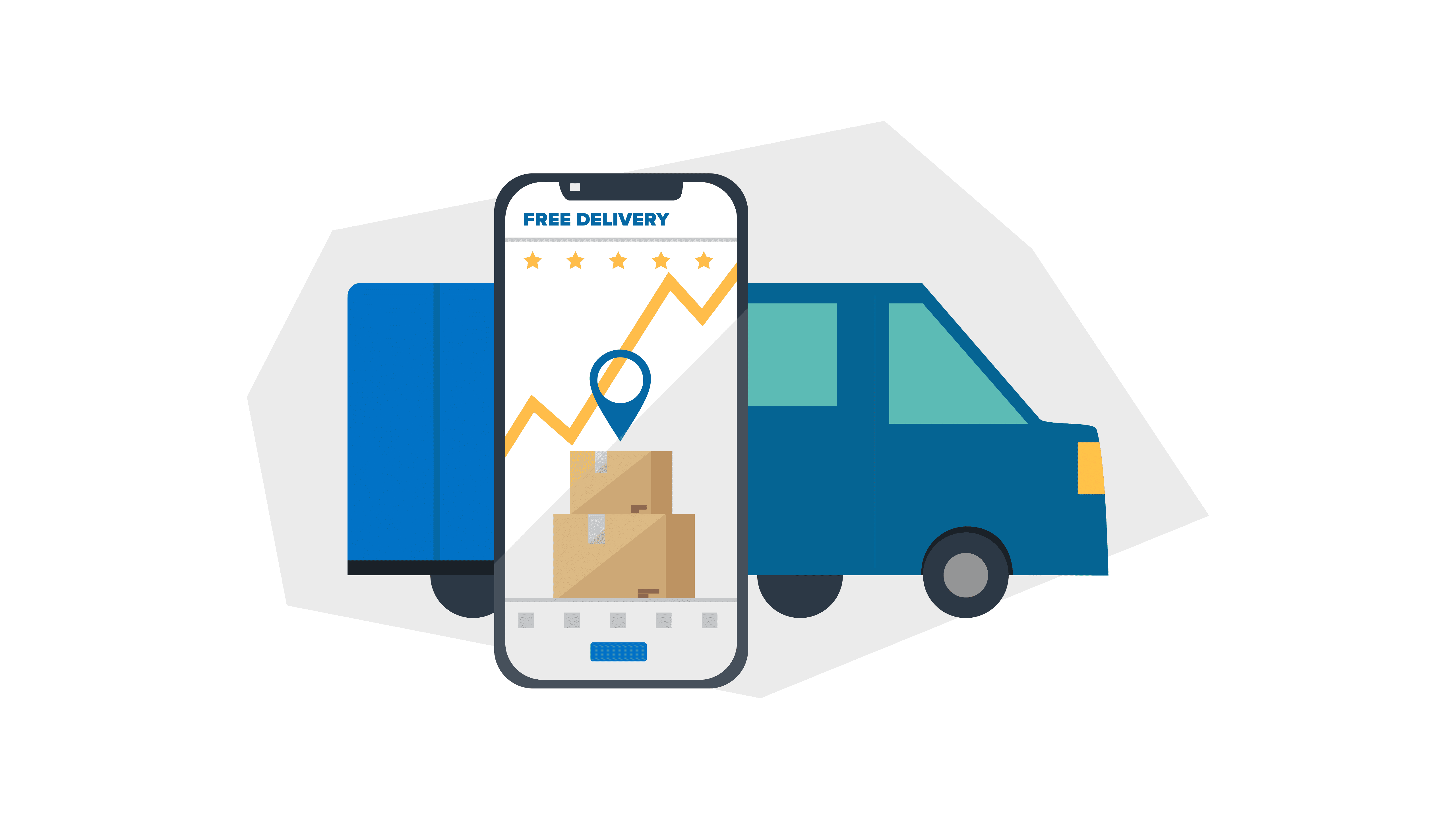
Free shipping is every online shopper’s dream. It dominates consumers’ decision making when it comes to whether or not to place an order. Shopify found that 75% of shoppers care about free shipping, even more than fast shipping (60%) and flexible shipping (53%). As eCommerce becomes the norm, customers have high expectations regarding their online...
By Rachel Andrea Go on February 24, 2022
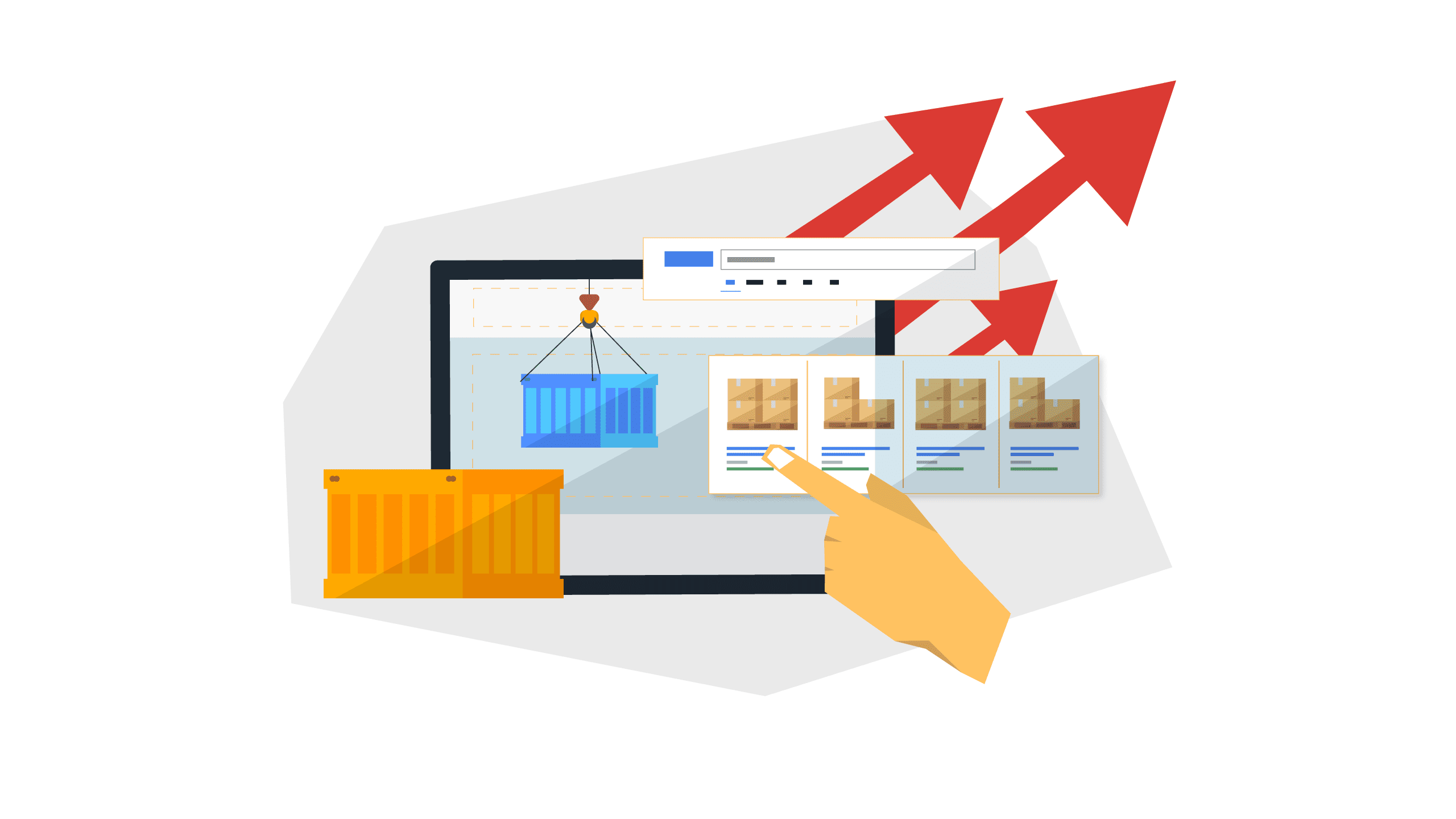
For eCommerce professionals wanting to scale up, it’s imperative to find ways to build out your business to reach new customers and expand into new territories. One of the most important considerations when moving beyond your current geographical area is finding a partner to support your logistics to ensure your goods make it to other...
By Rachel Andrea Go on January 11, 2022
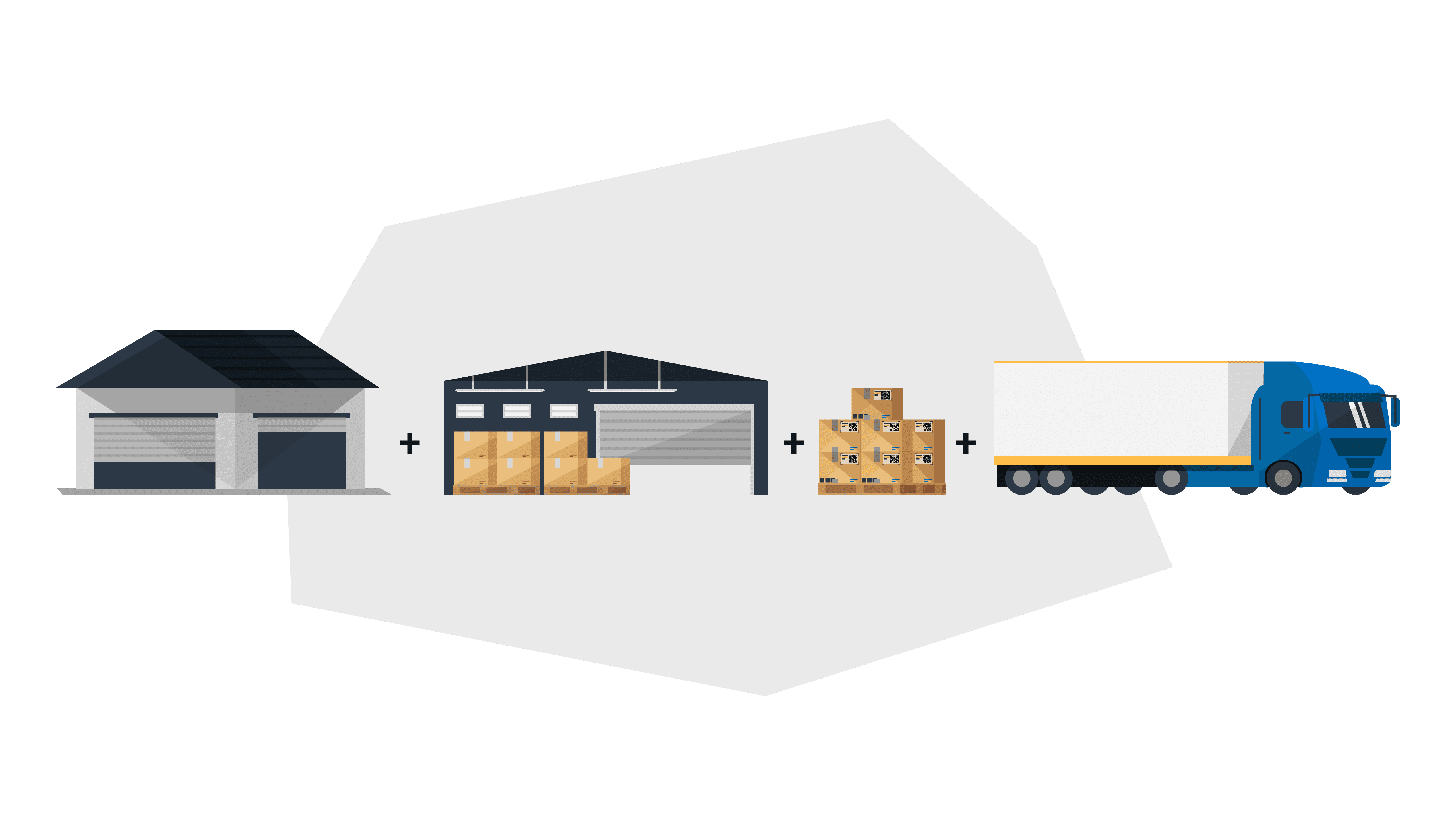
The eCommerce industry is growing a stunning 43.7% year after year, which makes it one of the most exciting to be in … but also one of the most volatile. The more pressure and demand you place on the supply chains of a single industry, the more likely things are to break. We’ve seen it...
By Rachel Andrea Go on November 04, 2021

If you’re an eCommerce seller, a third-party logistics partner (3PL) can be a lifesaver. 3PLs allow you to offload the time, cost, and headache of storing inventory and handling logistics on your own. In fact, 75% of retailers say the use of 3PL services has contributed to an overall reduction in logistics costs. That said,...
By Rachel Andrea Go on November 02, 2021

This is a guest post from Leeline Sourcing. Leeline Sourcing is a China shipping agent that can help with your sourcing and shipping to the US. International shipping from China to FBA is a time-consuming process, least of all because of the distance your products have to travel. There’s a lot of space and steps...
By Guest on July 27, 2021
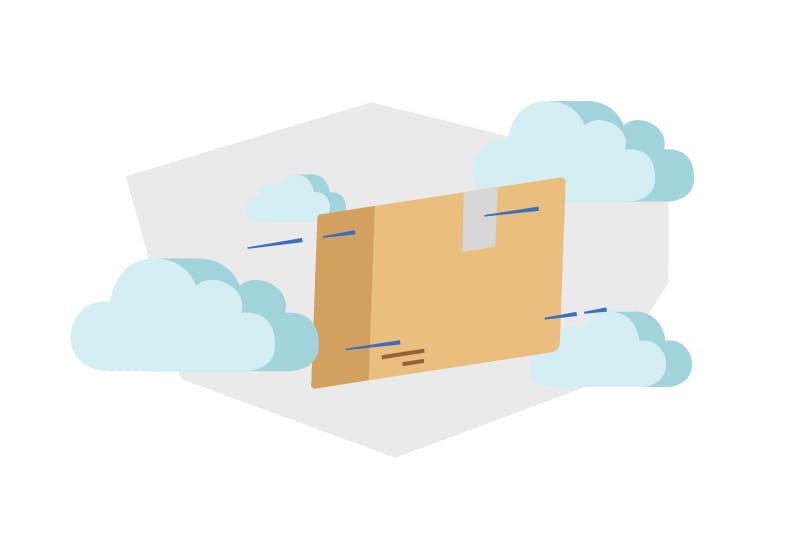
Many growing eCommerce businesses end up investing in their own warehouses to streamline and take full ownership of their operations as they begin to scale up. For larger eCommerce businesses, owning at least one warehouse is often a given. There’s no question that in-house warehousing brings enormous benefits, from full control and ownership of the...
By Rachel Andrea Go on July 13, 2021
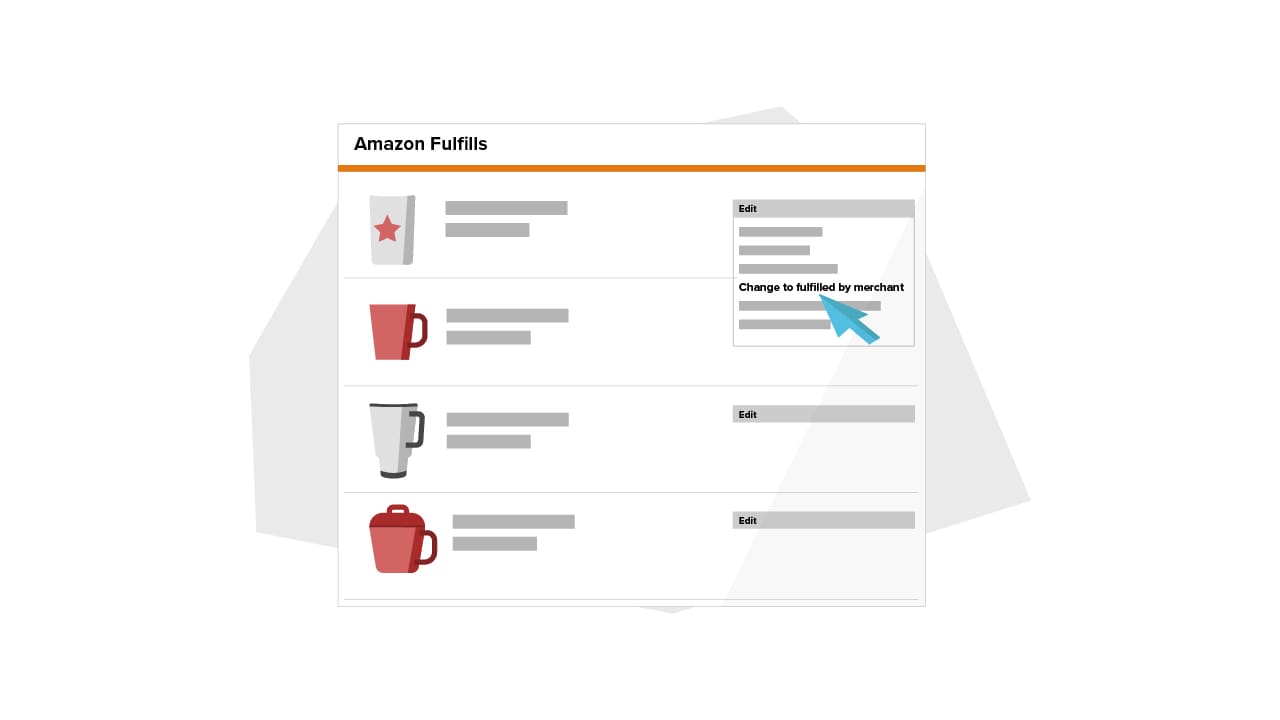
If you sell on Amazon, you probably use Fulfilled by Amazon (FBA). According to eDesk, 94% of Amazon sellers use FBA today, and we expect that number to increase as Amazon further builds out its networks. It’s understandable — setting up with FBA is fast, easy, and means Amazon handles most of the infrastructure and logistics...
By Rachel Andrea Go on June 15, 2021
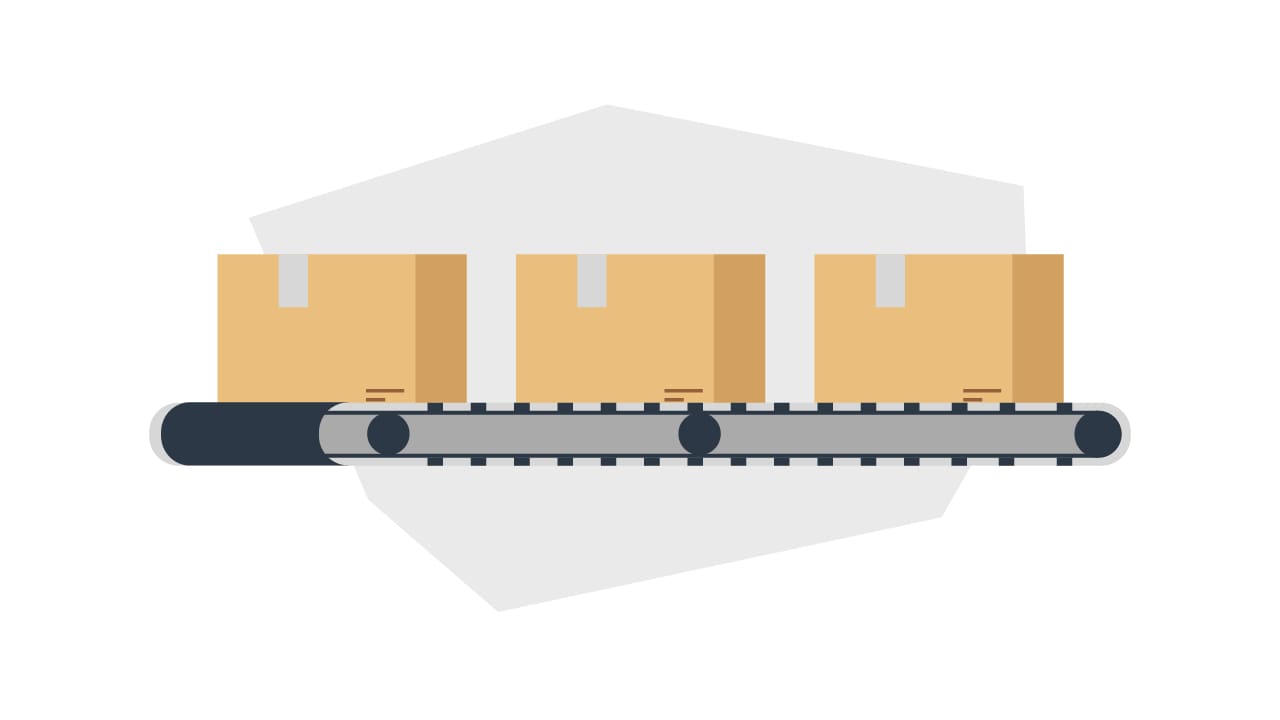
Order fulfillment is an integral part of every eCommerce business. Even if you nail buyer acquisition and have an A+ marketing system in place, you won’t retain customers with late deliveries or damaged goods. Fulfillment has many moving parts, including receiving, processing, delivering, and more, all within a strict time frame — because a “five...
By Rachel Andrea Go on May 18, 2021
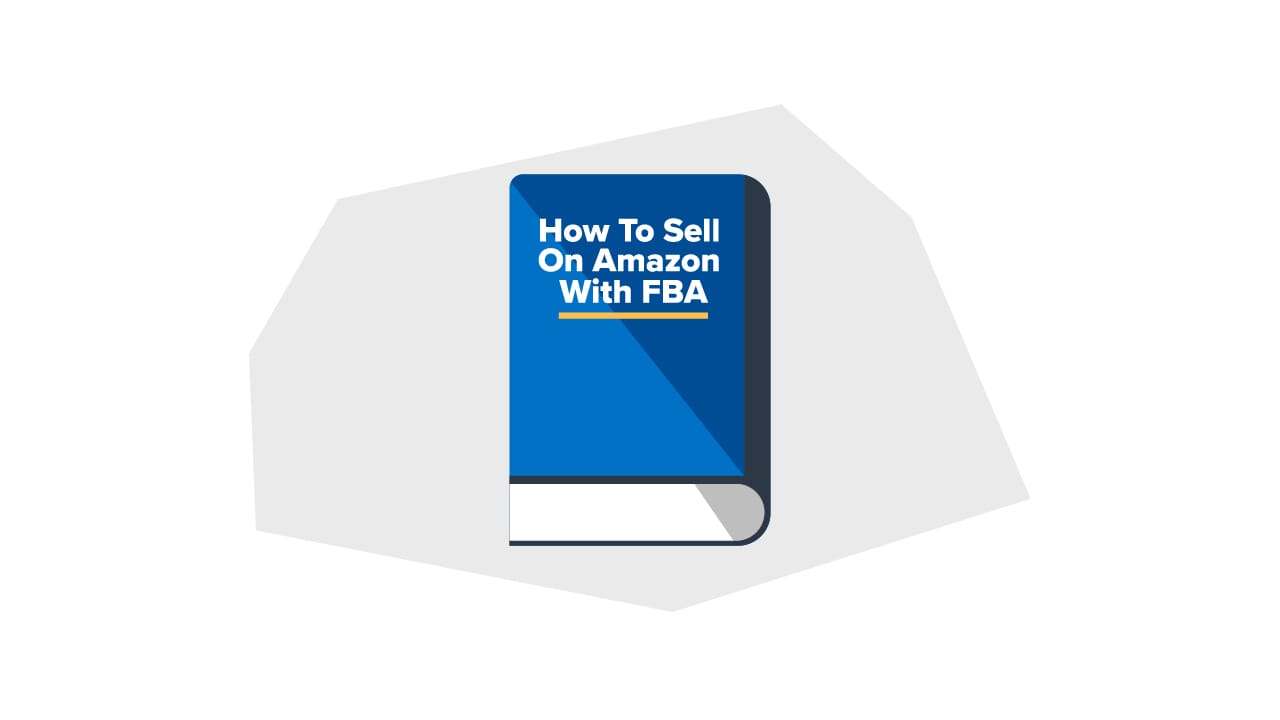
Selling on Amazon with FBA is a no-brainer. You get access to Amazon’s vast customer base and their nationwide fulfillment network. While there are detailed guidelines to navigate, such as strict prep regulations and high long-term storage fees, the benefits often outweigh the costs. In this article, we’ll cover why you should sell on Amazon...
By Rachel Andrea Go on May 04, 2021
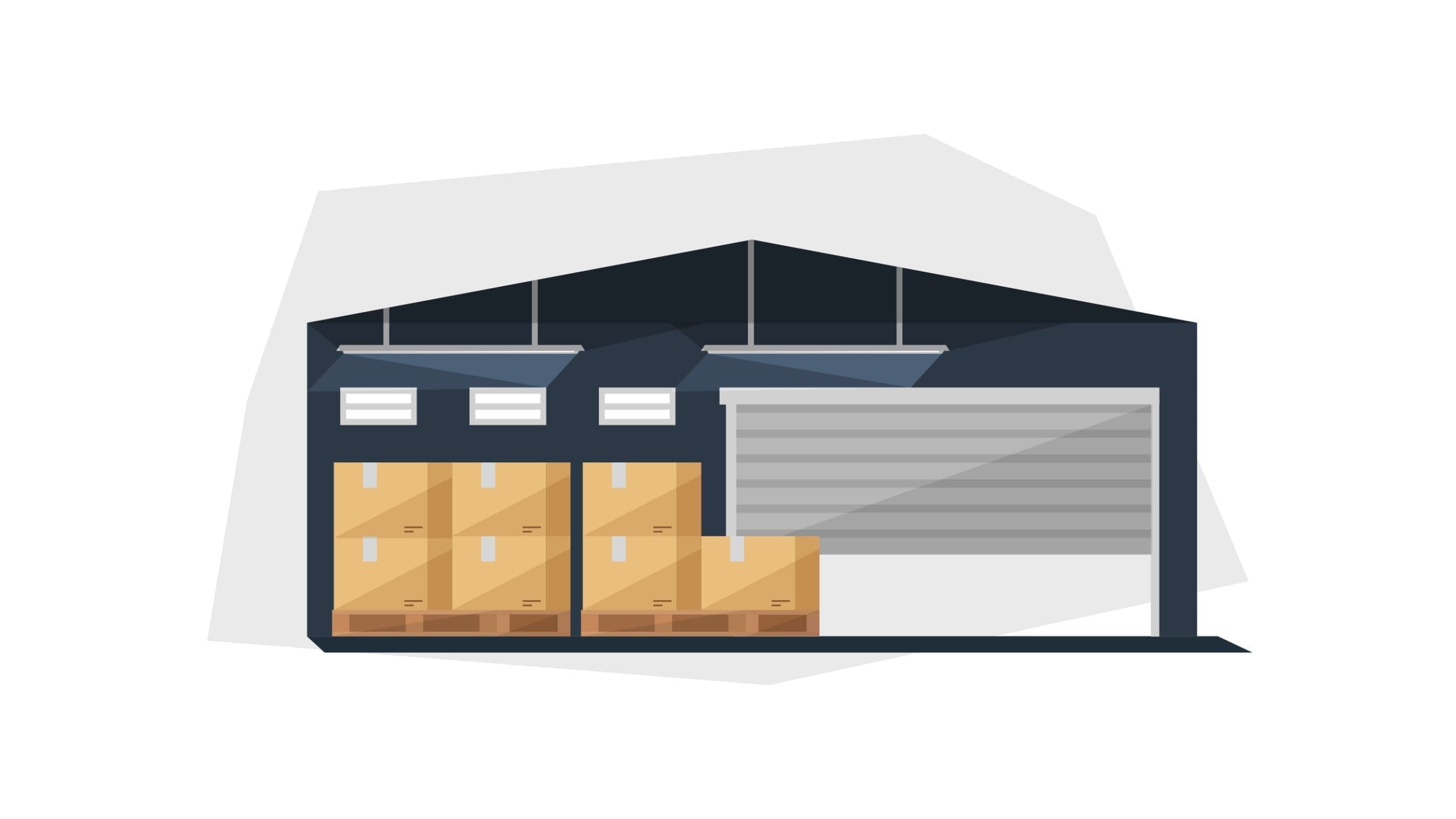
Amazon requires vendors to follow specific guidelines to sell their products on its platform. You need to ensure Amazon-compliant packaging, labels, and dunnage if you want your products to reach Amazon’s fulfillment centers. One of the big challenges for eCommerce sellers is finding the best materials and methods to prep their items for different fulfillment...
By Rachel Andrea Go on April 20, 2021

Amazon is a behemoth marketplace, with a buyer volume that can earn a single merchant millions by finding the right product and mastering Amazon marketing. Some merchants stumble onto a great SKU almost by accident, whereas others have Amazon selling down to a science. Whether your Amazon experience is easy or hair-pulling, you should know...
By Rachel Andrea Go on April 06, 2021
